
Universe Today
Space and astronomy news


How Long Does it Take Sunlight to Reach the Earth?
Here’s a question… how long does it take sunlight to reach Earth? This sounds like a strange question, but think about it. Sunlight travels at the speed of light. Photons emitted from the surface of the Sun need to travel across the vacuum of space to reach our eyes.
The short answer is that it takes sunlight an average of 8 minutes and 20 seconds to travel from the Sun to the Earth.
If the Sun suddenly disappeared from the Universe (not that this could actually happen, don’t panic), it would take a little more than 8 minutes before you realized it was time to put on a sweater.
Here’s the math. We orbit the Sun at a distance of about 150 million km. Light moves at 300,000 kilometers/second. Divide these and you get 500 seconds, or 8 minutes and 20 seconds.
This is an average number. Remember, the Earth follows an elliptical orbit around the Sun, ranging from 147 million to 152 million km. At its closest point, sunlight only takes 490 seconds to reach Earth. And then at the most distant point, it takes 507 seconds for sunlight to make the journey.
But the story of light gets even more interesting, when you think about the journey light needs to make inside the Sun.
You probably know that photons are created by fusion reactions inside the Sun’s core. They start off as gamma radiation and then are emitted and absorbed countless times in the Sun’s radiative zone, wandering around inside the massive star before they finally reach the surface.
What you probably don’t know, is that these photons striking your eyeballs were ACTUALLY created tens of thousands of years ago and it took that long for them to be emitted by the sun.
Once they escaped the surface, it was only a short 8 minutes for those photons to cross the vast distance from the Sun to the Earth
As you look outward into space, you’re actually looking backwards in time.
The light you see from your computer is nanoseconds old. The light reflected from the surface of the Moon takes only a second to reach Earth. The Sun is more than 8 light-minutes away. And so, if the light from the nearest star (Alpha Centauri) takes more than 4 years to reach us, we’re seeing that star 4 years in the past.
There are galaxies millions of light-years away, which means the light we’re seeing left the surface of those stars millions of years ago. For example, the galaxy M109 is located about 83.5 million light-years away.
If aliens lived in those galaxies, and had strong enough telescopes, they would see the Earth as it looked in the past. They might even see dinosaurs walking on the surface.
We have written many articles about the Sun for Universe Today. Here’s an article about the color of the Sun , and here are some interesting facts about the Sun .
If you’d like more info on the Sun, check out NASA’s Solar System Exploration Guide on the Sun , and here’s a link to the SOHO mission homepage , which has the latest images from the Sun.
We’ve also recorded an episode of Astronomy Cast all about the Sun. Listen here, Episode 30: The Sun, Spots and All .
Source: NASA
Share this:
- Click to share on Facebook (Opens in new window)
- Click to share on Twitter (Opens in new window)
- Click to share on Reddit (Opens in new window)
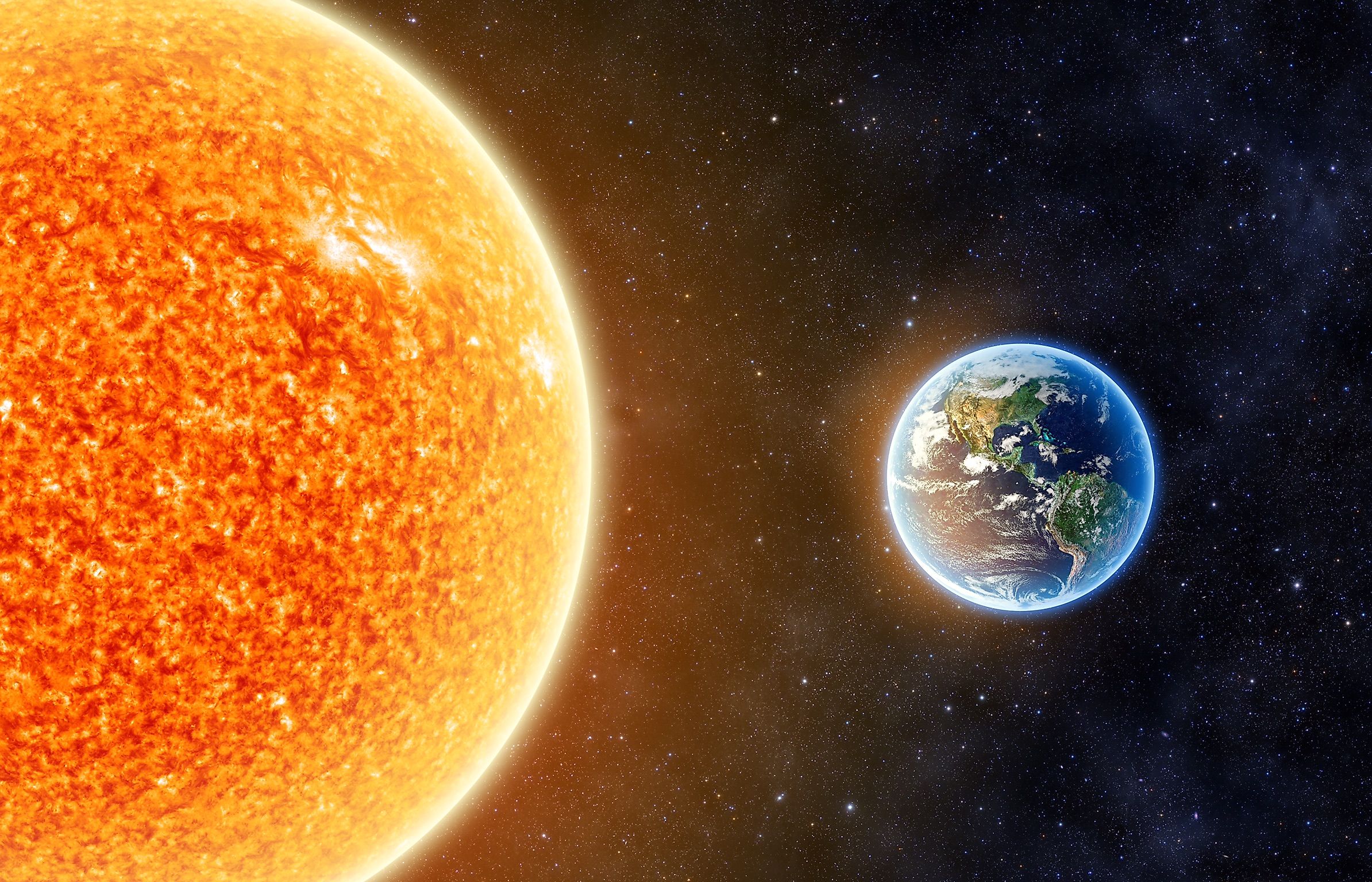
- How Long Does It Take Sunlight To Reach Earth?
The sun is the largest, most massive object in the solar system , and it is also the primary source of light for all the planets . Everyday we feel the warmth of the sun’s light, and without it, life on Earth would not exist. Interestingly, light from the sun does not reach our planet instantaneously. Rather, since the speed of light is a finite number and the sun is located about 93-million miles (150-million kilometres) away, it takes about 8-minutes for light from the sun to reach Earth.
Speed Of Light
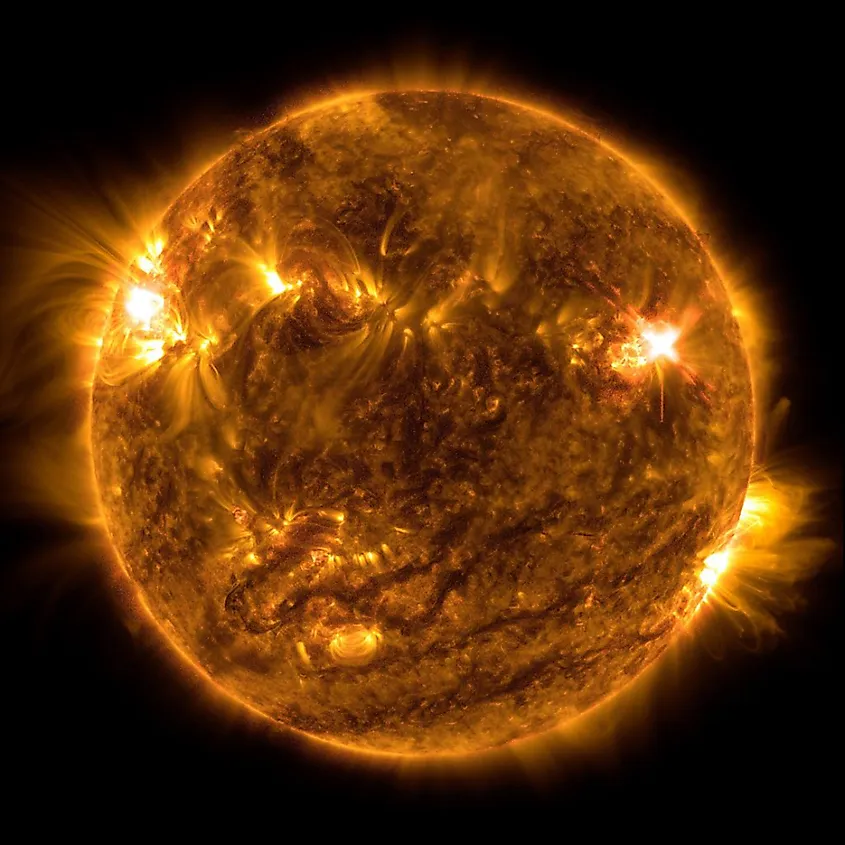
Light is the fastest known thing in the universe, and the speed of light represents a kind of cosmic speed limit that, as far as the laws of nature suggest, cannot be surpassed. The speed of light is approximately 186,000-miles per second (300,000-kilometres per second). That is extremely fast, yet it is still a finite number, and so the further away a source of light is, the longer it takes for that light to reach our eyes.
Distance To The Sun
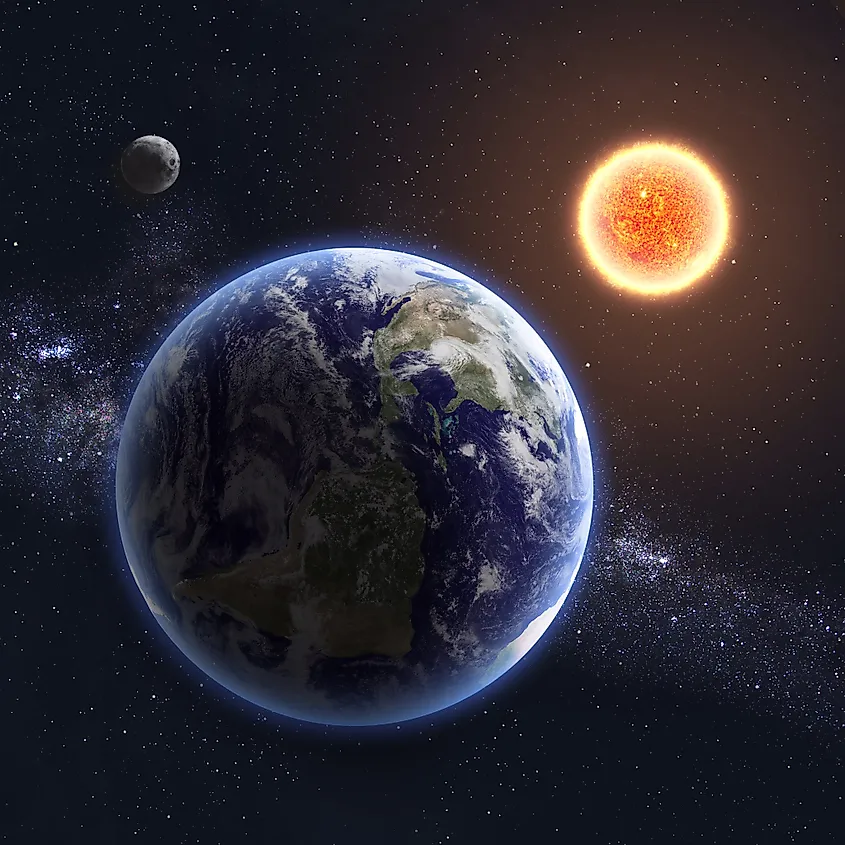
The Earth orbits the sun at an average distance of 93-million miles (150-million kilometres). At this distance, there is a noticeable delay in when light emitted by the sun reaches our world. In fact, just by knowing the speed of light and the distance between the sun and Earth, you can calculate how long it takes for that light to reach us quite easily. You simply divide distance by speed and you get time. In this case, you divide 93-million miles by 186,000-miles per second to get 500-seconds, which can be converted to minutes by multiplying 500-seconds by 60, which gives you 8.3-minutes. Thus, it takes just a little over 8-minutes for light from the sun to reach the Earth. This also means that we never see the sun as it currently exists. Rather, we always see the sun as it was 8-minutes ago. For example, if the sun were to suddenly disappear, we would not notice for a full 8-minutes.
What About The Other Planets?
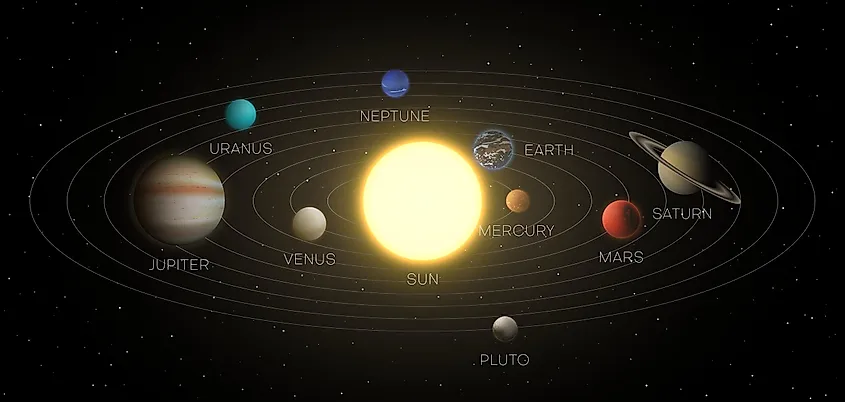
Since every planet in the solar system orbits the sun at a different distance, the amount of time it takes for sunlight to reach each of them is also different. The closer a planet is to the sun, the less time it takes. For example, Mercury is the closest planet to the sun and it takes about 3.2-minutes for sunlight to reach it. For Venus it’s about 6-minutes, and for Mars it takes 12.6-minutes. Thus, it takes less than 13-minutes for sunlight to reach all of the inner planets in our solar system. However, it takes much longer for sunlight to reach the gas giants. It takes 43.2-minutes for sunlight to reach Jupiter , and 79.3-minutes for it to reach Saturn . For Uranus , it takes 159.6-minutes, and for Neptune , it takes just over 4-hours.
Time it Takes for Sunlight to Reach Each Planet
More in science.
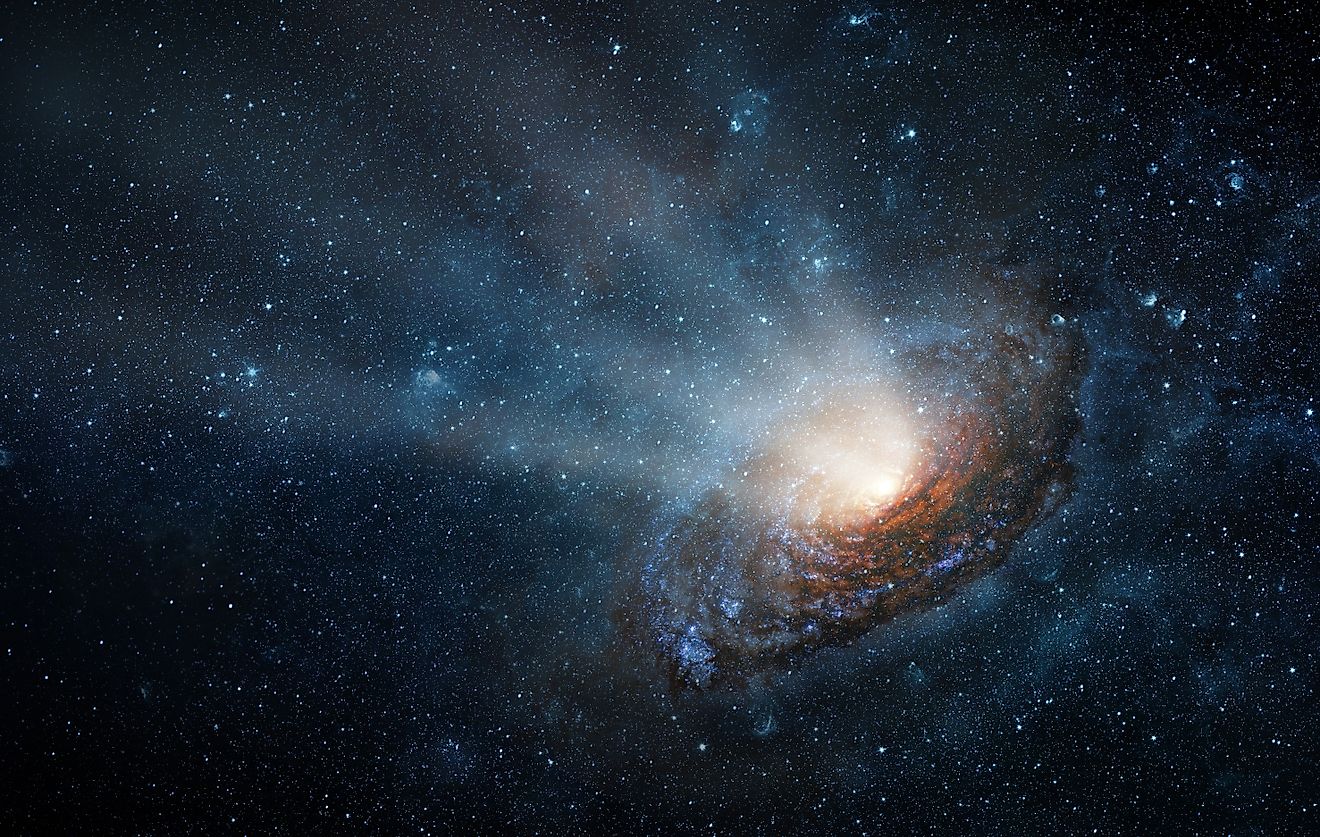
Why We Can't Avoid Singularity Inside Every Black Hole

Where Do Most Earthquakes Occur?

The Deadliest Earthquakes Of The 21st Century

Which Countries Have the Least Natural Disasters
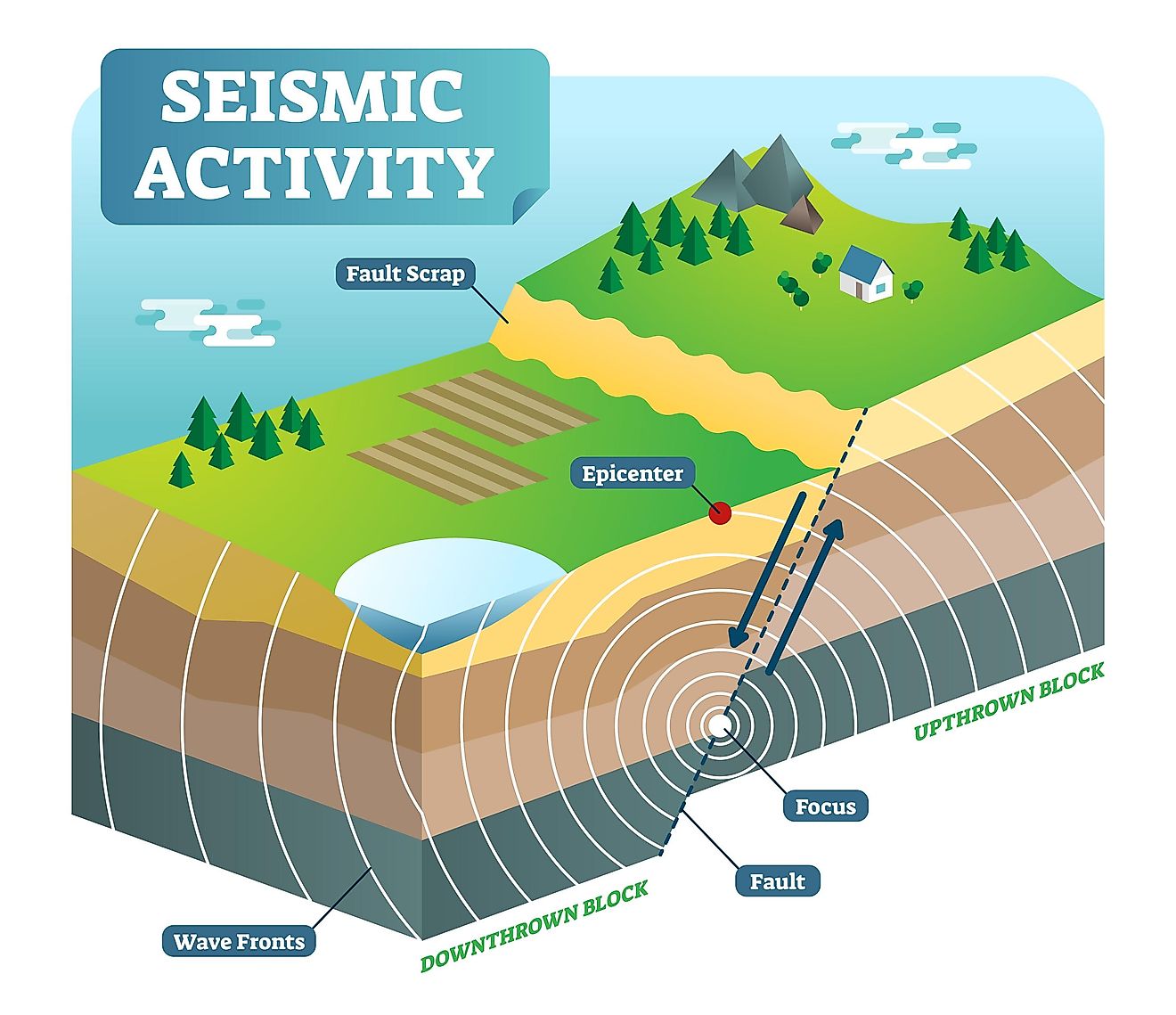
What Causes Earthquakes?

5 Human Activities That Can Cause Earthquakes

What Were The World's Deadliest Earthquakes?
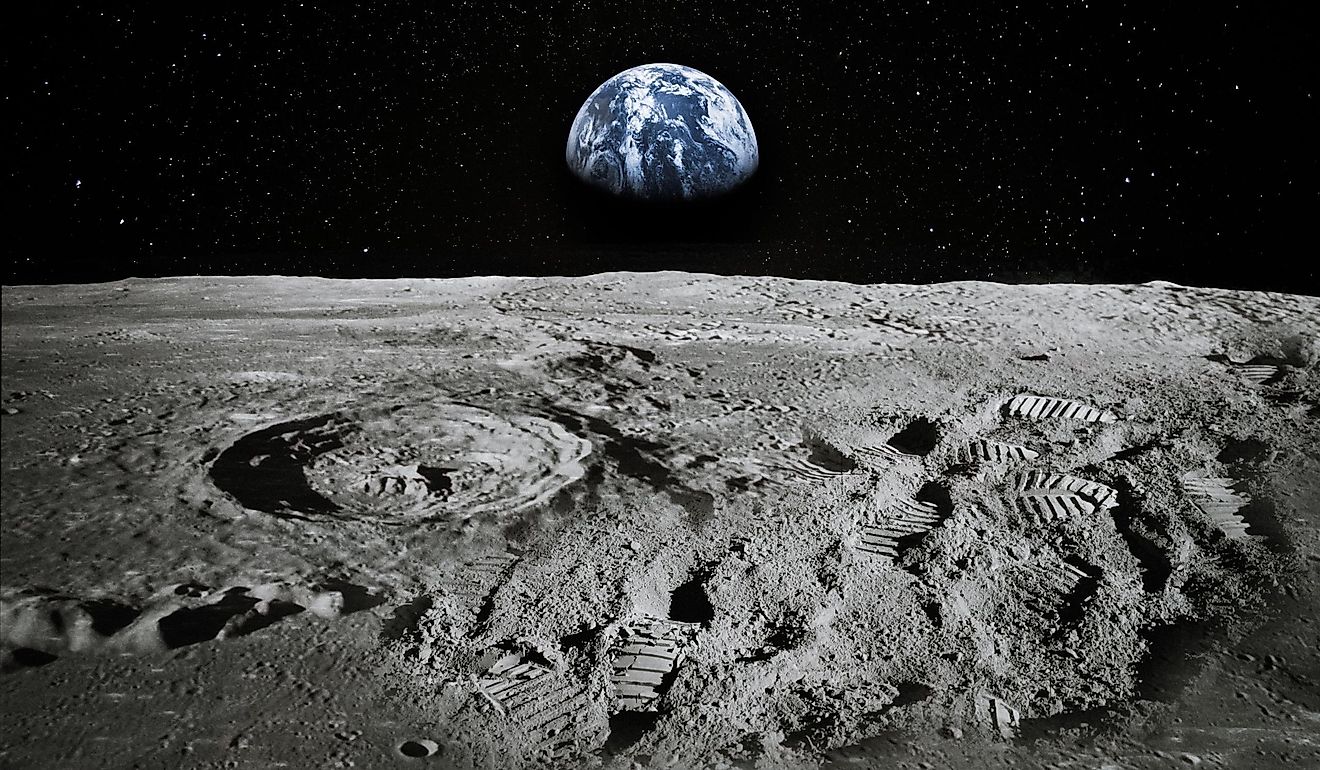
share this!
April 15, 2013
How long does it take sunlight to reach the Earth?
by Fraser Cain, Universe Today
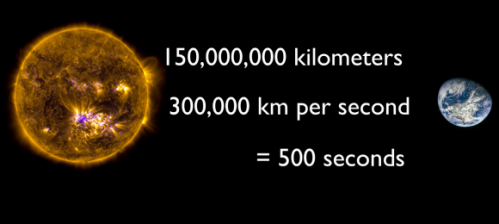
Here's a question… how long does it take sunlight to reach Earth? This sounds like a strange question, but think about it. Sunlight travels at the speed of light. Photons emitted from the surface of the Sun need to travel across the vacuum of space to reach our eyes.
The short answer is that it takes sunlight an average of 8 minutes and 20 seconds to travel from the Sun to the Earth.
If the Sun suddenly disappeared from the Universe (not that this could actually happen, don't panic), it would take a little more than 8 minutes before you realized it was time to put on a sweater.
Here's the math. We orbit the Sun at a distance of about 150 million km. Light moves at 300,000 kilometers/second. Divide these and you get 500 seconds, or 8 minutes and 20 seconds.
This is an average number. Remember, the Earth follows an elliptical orbit around the Sun, ranging from 147 million to 152 million km. At its closest point, sunlight only takes 490 seconds to reach Earth. And then at the most distant point, it takes 507 seconds for sunlight to make the journey.
But the story of light gets even more interesting, when you think about the journey light needs to make inside the Sun.
You probably know that photons are created by fusion reactions inside the Sun's core. They start off as gamma radiation and then are emitted and absorbed countless times in the Sun's radiative zone, wandering around inside the massive star before they finally reach the surface .
What you probably don't know, is that these photons striking your eyeballs were ACTUALLY created tens of thousands of years ago and it took that long for them to be emitted by the sun.
Once they escaped the surface, it was only a short 8 minutes for those photons to cross the vast distance from the Sun to the Earth
As you look outward into space, you're actually looking backwards in time.
The light you see from your computer is nanoseconds old. The light reflected from the surface of the Moon takes only a second to reach Earth. The Sun is more than 8 light-minutes away. And so, if the light from the nearest star (Alpha Centauri) takes more than 4 years to reach us, we're seeing that star 4 years in the past.
There are galaxies millions of light-years away, which means the light we're seeing left the surface of those stars millions of years ago. For example, the galaxy M109 is located about 83.5 million light-years away.
If aliens lived in those galaxies, and had strong enough telescopes, they would see the Earth as it looked in the past. They might even see dinosaurs walking on the surface.
Source: Universe Today
Explore further
Feedback to editors

Study finds fresh water and key conditions for life appeared on Earth a half-billion years earlier than thought
14 hours ago

Saturday Citations: Praising dogs; the evolution of brown fat; how SSRIs relieve depression. Plus: Boeing's Starliner
20 hours ago

Nonreciprocal quantum batteries exhibit remarkable capacities and efficiency

New method optimizes lithium extraction from seawater and groundwater
22 hours ago

Rare 7-foot fish washed ashore on Oregon's coast garners worldwide attention
Jun 7, 2024

California wildfire pollution killed 52,000 in a decade: study

Quantum chemistry and simulation help characterize coordination complex of elusive element 61

A protein that enables smell in ants—and stops cell death

Cascadia Subduction Zone, one of Earth's top hazards, comes into sharper focus

New research finds lake under Mars ice cap unlikely
Relevant physicsforums posts, our beautiful universe - photos and videos.
11 hours ago
Solar Activity and Space Weather Update thread
Will we ever communicate with extraterrestial life in a reasonable time frame, unknown radio signal from space repeats every hour -- usually.
15 hours ago
How 'Messy' are Fusion Reaction Chains in Stars?
Jun 6, 2024
Questions about dark matter/energy
More from Astronomy and Astrophysics
Related Stories

SDO's crazy-looking Sun due to syzygy
Apr 4, 2011

Earth's orbit creates more than a leap year
Feb 8, 2008

Sun emit a mid-level flare
Nov 13, 2012

A cool discovery about the Sun's next-door twin
Feb 20, 2013

Fear no supernova
Dec 16, 2011

Prepare for a total solar eclipse
Recommended for you.

Boeing's astronaut capsule arrives at the space station after thruster trouble

In first, SpaceX's megarocket Starship nails ocean splashdown

Heat-switch device boosts lunar rover longevity in harsh moon climate

Boeing launches NASA astronauts for the first time after years of delays
Jun 5, 2024

Craft unfurls China's flag on the far side of the moon and lifts off with lunar rocks to bring home
Jun 4, 2024

China lands a spacecraft on the moon's far side to collect rocks for study
Jun 2, 2024
Let us know if there is a problem with our content
Use this form if you have come across a typo, inaccuracy or would like to send an edit request for the content on this page. For general inquiries, please use our contact form . For general feedback, use the public comments section below (please adhere to guidelines ).
Please select the most appropriate category to facilitate processing of your request
Thank you for taking time to provide your feedback to the editors.
Your feedback is important to us. However, we do not guarantee individual replies due to the high volume of messages.
E-mail the story
Your email address is used only to let the recipient know who sent the email. Neither your address nor the recipient's address will be used for any other purpose. The information you enter will appear in your e-mail message and is not retained by Phys.org in any form.
Newsletter sign up
Get weekly and/or daily updates delivered to your inbox. You can unsubscribe at any time and we'll never share your details to third parties.
More information Privacy policy
Donate and enjoy an ad-free experience
We keep our content available to everyone. Consider supporting Science X's mission by getting a premium account.
E-mail newsletter
Sunlight to Earth: Journey Time Explained
Have you ever wondered how long it takes for sunlight to reach Earth? The journey time of sunlight from the Sun to our planet is a fascinating topic that sheds light on the dynamics of our solar system. Let’s explore some key aspects of this journey and understand the duration it takes for sunlight to reach Earth.
Based on the speed of light , which is approximately 300,000 kilometers per second, sunlight takes an average of 8 minutes and 20 seconds to travel from the Sun to Earth. This means that the light we see and feel on Earth today actually left the Sun over eight minutes ago. Incredible, isn’t it?
The duration for sunlight to reach Earth is influenced by the Earth’s elliptical orbit around the Sun. When the Earth is closest to the Sun, sunlight takes around 490 seconds to reach us. Conversely, when the Earth is farthest from the Sun, it takes approximately 507 seconds for sunlight to make its journey. These variations in travel time are a result of the changing distance between the Sun and Earth throughout the year .
It’s important to note that the journey of light from the Sun to Earth is not a direct path. Photons, which make up sunlight, undergo numerous interactions and absorption within the Sun before finally reaching our planet. These interactions contribute to the complexity of light’s journey and the time it takes to reach us.

Key Takeaways:
- Sunlight takes an average of 8 minutes and 20 seconds to reach Earth.
- The duration for sunlight to reach Earth varies based on the Earth’s elliptical orbit around the Sun.
- Photons emitted from the Sun’s surface undergo interactions and absorption within the Sun before reaching Earth.
- The journey of light from the Sun to Earth provides insights into the vastness of space and the interplay between time and distance.
- Further resources from NASA and other sources can provide more information on the Sun and light.
The Speed of Light and Sunlight Travel Time
Light, with a remarkable speed of approximately 300,000 kilometers per second, is the fastest known phenomenon in the universe. This incredible velocity plays a crucial role in the duration it takes for sunlight to travel from the Sun to Earth.
When photons are emitted from the Sun’s scorching surface, they embark on a remarkable journey through the vast vacuum of space. These photons race across the cosmic expanse, crossing the immense distance between the Sun and Earth, bringing us the magical gift of light.
The duration for sunlight to reach our planet is a direct consequence of the speed of light . As photons travel across the vacuum, they cover an immense distance in a relatively short time span. It is this rapid pace that allows us to witness the beauty and warmth of the Sun’s rays here on Earth.
Let’s take a moment to appreciate the astonishing speed at which light travels. To put it into perspective, imagine a photon embarking on its journey at the same time you snap your fingers. In just that instant, the photon would have traveled around the Earth’s equator more than seven times. It’s truly mind-boggling!
The implications of the speed of light go beyond just the duration of travel for sunlight . In the realms of astronomy and physics, this cosmic speed limit shapes our understanding of the universe. It forms the foundation for many scientific principles and theories, allowing us to unravel the mysteries of space and time.
Did You Know?
The speed of light is so fast that even if you could travel at the speed of light, it would still take more than four years to reach the nearest star, Proxima Centauri, a mere 4.2 light-years away. This illustrates the vastness of space and the incredible distances between celestial bodies.
As we continue our exploration of the journey of sunlight, let’s delve deeper into the average duration it takes for this celestial phenomenon to traverse the cosmic expanse between the Sun and Earth.
The Average Journey Time of Sunlight to Earth
Have you ever wondered how long it takes for sunlight to reach Earth? On average, the journey time of sunlight from the Sun to our planet is approximately 8 minutes and 20 seconds. This calculation is based on the distance between the Sun and Earth, which is approximately 150 million kilometers.
By dividing this distance by the speed of light, which is 300,000 kilometers per second, we can determine the average duration for sunlight to reach Earth .
This image illustrates the incredible distance that sunlight travels to reach Earth, highlighting the vastness of space and the marvel of our solar system.
Variations in Sunlight Travel Time
The Earth follows an elliptical orbit around the Sun, resulting in variations in the distance between the two celestial bodies. As a result, the time taken for sunlight to reach Earth also varies. At its closest point, sunlight takes 490 seconds, while at its most distant point, it takes 507 seconds.
Comparison of Sunlight Travel Time at Different Distances
As the Earth moves along its elliptical path around the Sun, the distance between the two bodies changes. This variable distance directly influences the time it takes for sunlight to travel from the Sun to Earth. At the closest point in its orbit, known as perihelion, sunlight reaches Earth in approximately 490 seconds. Conversely, at the most distant point, called aphelion, it takes about 507 seconds for sunlight to reach us.
This variation in sunlight travel time highlights the dynamic nature of our solar system and its impact on the arrival time of sunlight on Earth. Although the difference of a few seconds may seem insignificant, it showcases the intricacies of celestial mechanics and the various factors that influence the journey of light across vast distances.
Understanding the variations in sunlight travel time provides valuable insights into the complexity of the relationship between the Sun and the Earth. These variations contribute to the ever-changing dynamics of our planet’s climate and seasons, as the amount of sunlight received at different times of the year fluctuates due to the varying distances.
“The Earth’s elliptical orbit around the Sun is responsible for the variations in sunlight travel time , which can range from 490 to 507 seconds.”
The Journey of Light Inside the Sun
Understanding the journey of light inside the Sun is crucial to comprehending the complexities of its interaction with matter. Photons, which compose sunlight, originate from fusion reactions within the Sun’s core. Initially, they exist as gamma radiation, undergoing a series of interactions within the Sun’s radiative zone before finally reaching our eyes. These interactions include absorption and emission processes, shaping the behavior and characteristics of the photons.
“The journey of light inside the Sun is a fascinating dance between particles and energy. It is within this cosmic ballet that the photons we perceive as sunlight are born and evolve,” says Dr. Rebecca Thompson, astrophysicist.
During their journey through the Sun, photons continuously interact with atoms and other particles present in the radiative zone. These interactions lead to absorption, in which photons are absorbed by the particles, temporarily binding their energy. Subsequently, these particles re-emit the absorbed energy in the form of new photons through the process of emission.
The journey of light inside the Sun is a dynamic process, characterized by the interplay between absorption and emission. This intricacy ensures that the photons reaching our eyes today were actually generated tens of thousands of years ago within the Sun. It is a remarkable reminder of the vast timescales involved in the creation and transmission of sunlight.
Now, let’s take a closer look at the interaction between light and matter inside the Sun:
Photon Absorption and Emission in the Sun’s Radiative Zone
Within the Sun’s radiative zone, photons encounter atoms and particles, including those of hydrogen and helium, through which they can be absorbed. When a photon is absorbed, its energy transfers to the absorbing particle, leading to an excited state. This excitation can occur in various ways, such as the temporary raising of electrons to higher energy levels within the atom or the excitation of atomic nuclei.
Eventually, the absorbed energy is released back into the environment through the process of emission. The excited particle transitions back to its original state, emitting a new photon in the process. The newly emitted photon may possess the same energy as the absorbed photon or have a different energy level corresponding to its specific interaction with the absorbing particle.
This continuous cycle of absorption and emission is a vital aspect of the journey of light inside the Sun. It is through these interactions that photons navigate their way from the Sun’s core to the surface, eventually escaping into space and embarking on their voyage towards Earth.
These intricate photon interactions within the Sun contribute to the unique qualities of sunlight that reach us on Earth. Understanding this journey enhances our knowledge of the Sun’s dynamics and helps us unravel the marvels of our solar system.

Looking Backwards in Time
When we observe objects in space, we are essentially looking back in time. The light we see from distant objects, such as stars and galaxies, has taken considerable time to reach us. This phenomenon is known as the time delay in light observation .
For instance, consider the nearest star to Earth, Alpha Centauri. The light from Alpha Centauri takes more than 4 years to reach our planet. This means that when we observe the star, we are actually seeing it as it appeared 4 years ago. The concept of looking back in time also applies to more distant galaxies, where the light we observe left those stars millions of years ago.
The Time Delay in Light Observation
As light travels through space, it encounters various interstellar objects and phenomena that cause a time delay in its observation. These delays can be caused by gravitational lensing, where the path of light is bent by massive objects, or the scattering and absorption of light by interstellar dust and gas.
Observing distant objects allows us to peer into the past, unlocking insights into the early stages of the universe and the formation of galaxies. It is a fascinating journey through time and a testament to the vastness of our cosmos.
By studying and analyzing the light emitted by these distant objects, astronomers can gain valuable information about the universe’s history and evolution. The observations of distant objects provide a window into the past, offering a unique perspective on the early stages of cosmic development.
Unveiling the Mysteries of the Cosmos
The ability to look backwards in time through light observation has revolutionized our understanding of the universe. It has allowed astronomers to discover and study ancient galaxies, supernovae, and other celestial events that occurred millions or even billions of years ago. By observing the cosmos across vast distances, scientists can piece together the puzzle of our cosmic history.
To truly comprehend distant objects and their significance, it is crucial to appreciate the immense time delays involved in light observation. The light we observe from these objects has traveled across vast cosmic expanses, offering us a glimpse into the distant past.
Light’s Arrival Time on Earth
The arrival time of light on Earth is dependent on the distance it needs to travel through space. Objects that are closer to Earth have much shorter travel times compared to those that are farther away. For instance, the light reflecting off the surface of the Moon takes only a second to reach Earth, while sunlight, which is more than 8 light-minutes away, takes an average of 8 minutes and 20 seconds to reach us.
This significant difference in arrival time emphasizes the vastness of space and the immense distances that light must cross. As we look up at the Moon and marvel at its reflection, we are actually observing light that has traveled a relatively short distance in just a second. On the other hand, when we gaze at the Sun and bask in its warmth, we are experiencing the arrival of light that has journeyed across the expanse of space for more than 8 minutes. This disparity highlights the incredible scale of the universe and the time it takes for light to bridge those cosmic distances.
Below is a table comparing the arrival times of different celestial objects:

The table above showcases the varying arrival times for different celestial objects. From the Moon’s almost instantaneous arrival to the light from distant galaxies taking millions of years, the time it takes for light to cross space is a captivating aspect of our cosmic observations.
Understanding and appreciating the arrival time of light on Earth adds to our knowledge of the universe and the intricate workings of light. It reminds us of the incredible journeys photons make, spanning immense distances and allowing us a glimpse into the wonders of the cosmos.
The Concept of Light-years
In astronomy, light-years are used as a unit of measurement to understand the vast distances between celestial objects and the time delay in our observations.
A light-year represents the distance that light travels in one year, which is approximately 9.5 trillion kilometers.
This concept allows astronomers to comprehend the enormous scale of the universe and the immense distances that separate galaxies, stars, and other cosmic entities.
By using light-years as a measurement, astronomers can express the distance from one celestial object to another in terms of the time it would take for light to travel that distance.
“Light-years provide a unique perspective on the vastness of the cosmos, allowing us to grasp the incredible distances between celestial bodies.” – Dr. Emily Smith, Astronomer at the International Space Observatory
For example, if a star is located 100 light-years away, it means that the light we see from that star today actually left the star 100 years ago.
Light-years in Action
Let’s take a look at a table that illustrates the distances between several celestial objects in terms of light-years.
| Celestial Object | Distance (in light-years) | |———————|—————————| | Proxima Centauri | 4.2 light-years | | Andromeda Galaxy | 2.5 million light-years | | Whirlpool Galaxy | 23 million light-years | | Sombrero Galaxy | 28 million light-years | | Coma Cluster | 320 million light-years |
As we can see from this table, even the closest star to our solar system, Proxima Centauri, is a significant distance away at 4.2 light-years.
The Andromeda Galaxy, our nearest large galactic neighbor, is an astonishing 2.5 million light-years away.
And the Coma Cluster, a massive galaxy cluster, is an astonishing 320 million light-years away.
These distances serve as a reminder of the mind-boggling size and scale of the universe.
Time Travel Through Observations
One of the most fascinating aspects of astronomic observations is the ability to indirectly experience time travel. By observing distant galaxies that are millions of light-years away, we gain unique insights into events that occurred in the distant past. This extraordinary concept allows us to look back in time, witnessing the light that left the surface of those galaxies millions of years ago.
When we study these distant celestial objects, we are essentially peering into the past. The light we observe today actually originated millions of years in the past, offering us a glimpse into the history of the universe. It’s as if the light carries the echoes of ancient events, whispering their stories to us.
As we observe these distant galaxies, we come face to face with the consequences of the vastness of space and the finite speed of light. The light we observe from these galaxies has traveled at an incredible speed across the universe, but it still takes time to reach us. This time delay allows us to witness past events through the lens of light.
This concept of time travel through observations is not limited to galaxies alone. It applies to all distant objects in space. When we look at a star that is thousands or millions of light-years away, we are observing it as it appeared in the distant past. This principle enables us to study the universe’s history and provides a unique perspective on the evolution of celestial bodies.
“We are essentially time travelers, exploring the distant past through the observations of light.”
This ability to observe past events through light has revolutionized our understanding of the cosmos. Through careful analysis and interpretation of the light received from these distant objects, scientists can reconstruct the history of the universe and gain valuable insights into its formation and development.
For further information on the fascinating concept of light and time and its implications in astronomy, visit the Department of Energy’s explanation of relativity . This resource provides a comprehensive overview of the scientific principles behind time travel through observations and the profound impact it has on our understanding of the universe.

Implications for Extraterrestrial Observations
If there are alien civilizations in galaxies millions of light-years away, they would observe the Earth as it appeared in the past. For instance, if they had telescopes strong enough to observe our planet, they might see dinosaurs roaming the surface . This highlights the time delay inherent in long-distance observations and the potential for observing distant objects from different points in time.
The vast distances between galaxies and the finite speed of light mean that the light we see from distant objects is actually a snapshot of the past. As extraterrestrial observers look towards Earth, their observations would be influenced by the time it takes for light to travel from our planet to theirs.
This concept may have profound implications for our understanding of the universe and the possibility of extraterrestrial intelligence. If aliens in far-off galaxies were observing Earth through advanced technology, they would be observing historical events and civilizations that have long since passed. The fact that we could potentially be observed by extraterrestrial beings from millions of light-years away adds an intriguing dimension to the study of astronomy and the search for intelligent life.
“The time delay in extraterrestrial observations opens up a fascinating window into the past. It allows us to consider the possibility of civilizations in distant galaxies observing Earth’s evolution and the rise and fall of ancient civilizations.”
Observing Earth from a Different Era
By observing Earth from millions of light-years away, extraterrestrial civilizations would have a unique perspective on our planet’s history. They would be able to witness the geological, climatic, and biological changes that have occurred over millions of years. For them, Earth’s present would be their past, offering valuable insights into the evolution of planets and the emergence of life.
This remote observation could also enable the study of extinct species, providing a glimpse into Earth’s biodiversity during different periods. For example, alien observers could witness the rise and fall of dominant species, such as the dinosaurs, and gain a deeper understanding of the processes that shape ecosystems.
Advancing Our Understanding of Time and Space
The time delay in extraterrestrial observations challenges our perception of time and our place in the universe. The fact that distant civilizations could potentially observe Earth as it appeared millions of years ago highlights our own temporal position and the relative nature of time.
This phenomenon also raises philosophical questions about causality and the nature of reality. If extraterrestrial civilizations are observing Earth’s past, does that mean they have the ability to influence our present or future? The interplay between observation, time, and causality presents intriguing avenues for scientific and philosophical exploration.
In the search for extraterrestrial intelligence, observing Earth from distant galaxies offers a unique perspective on our planet’s history. If advanced civilizations exist millions of light-years away, they would observe Earth as it appeared in the past, potentially witnessing ancient life forms and historical events. This time delay in observations adds an intriguing dimension to the study of astronomy and our understanding of time and space .
The Complexity of Light’s Journey
Light’s journey from the Sun to Earth is not a simple and direct path. It involves various interactions and processes within the Sun before it reaches our planet. Photons, which make up sunlight, undergo a series of complex interactions, including absorption and emission, within the Sun’s radiative zone. These interactions contribute to the complexity of light’s journey and the time it takes to reach us.
When photons are emitted from the Sun’s surface, they need to traverse the Sun’s radiative zone, a region where energy is continuously transferred through radiation. This zone is dense and composed of highly ionized gases that interact with the photons. The photons can be absorbed and re-emitted multiple times as they make their way through this zone.
These interactions within the Sun’s radiative zone cause delays and deviations in the path of photons. Each interaction alters the direction and energy of the photon, slowing down its progress towards the Sun’s surface. The photons continuously bounce between atoms and particles, undergoing absorption and re-emission processes.
“The journey of photons from the Sun’s core to its surface is similar to a game of pinball, where each interaction with particles can change their direction and energy.”
It is important to note that these interactions do not change the speed of light itself, which remains constant at approximately 300,000 km/s. Instead, they affect the path and time taken for the photons to reach the Sun’s surface and eventually escape into space.
Once the photons escape the Sun’s surface, they embark on a relatively short journey through the vacuum of space to reach Earth. The distance between the Sun and Earth, combined with the constant speed of light, determines the travel time for sunlight to reach us.
By studying the complexity of light’s journey within the Sun, scientists gain valuable insights into the processes and interactions that occur within stars. Understanding these intricate mechanisms helps us unravel the mysteries of the universe and broaden our knowledge of stellar physics.
Interactions within the Sun and the Speed of Light
The interactions within the Sun , as photons traverse its radiative zone, exemplify the fascinating interplay between the complexity of light’s journey and the constant speed of light. While photons experience delays and deviations within the Sun, the speed of light itself remains unchanged.
In conclusion , understanding the complexity of light’s journey within the Sun enhances our comprehension of the mechanisms at work within the universe. By studying these interactions, scientists gain valuable insights into stellar physics and the fundamental nature of light.

Fascinating Facts about Light and Time
Light possesses intriguing properties that profoundly impact our observations and our understanding of time. One fascinating fact about light is that the light we perceive is only nanoseconds old, showcasing the immense speed at which it travels. This incredible velocity allows us to experience events in real-time, granting us a window into the world around us.

Another captivating fact is that the light reflected from the Moon takes a mere second to reach Earth. This serves as a reminder of the Moon’s relative proximity to our planet compared to the vast distance to the Sun. The quick journey of moonlight serves as a testament to the wonders of our cosmic neighborhood.
“The speed of light is not just a fundamental aspect of physics; it is a gateway to understanding the universe and the nature of reality.”
By understanding these interesting facts about light and time , we gain a deeper appreciation for the role light plays in our lives and the impact it has on our observations of the world.
The Speed of Light and Perception
The amazing pace at which light travels enables us to perceive events almost instantaneously. When you observe a lightning bolt during a storm, the light from the flash reaches your eyes before the sound of thunder reaches your ears. This phenomenon demonstrates how the speed of light affects our perception of the world around us. Without light’s incredible velocity, our ability to observe and comprehend the world would be dramatically different.
Exploring Time through Light
Light’s role isn’t confined to illuminating our surroundings; it also provides a unique perspective on time. By observing distant objects in the night sky, we can essentially look back in time. The light that reaches our telescopes from faraway galaxies has traveled for millions or even billions of years, allowing us to observe events and objects as they existed in the distant past. This astonishing ability to “time travel” through our observations adds another layer of awe to our exploration of the cosmos.
A Table Demonstrating Light’s Impact on Observations
*Note: The exact distance and age of the GN-z11 galaxy may vary as new data becomes available.
This table illustrates the significant time delay in our observations caused by the vast distances across the universe. We see the Sun as it appeared over 8 minutes ago, while the light reaching us from the farthest known galaxy has traveled for more than 13 billion years. Through these observations, we gain insight into the vastness of space and the unique relationship between light and time.
Further Resources on the Sun and Light
If you are looking for more information on the Sun and light, there are several valuable resources available to deepen your understanding. One of the most reputable sources is NASA’s Solar System Exploration Guide . This comprehensive guide provides a wealth of information about the Sun, its properties, and its role in our solar system. You can access this guide through NASA’s website, where you will find detailed articles, interactive features, and stunning visuals to help you explore the fascinating world of the Sun.
In addition to the Solar System Exploration Guide, the SOHO (Solar and Heliospheric Observatory) mission is an excellent resource for up-to-date images of the Sun. SOHO, a collaboration between NASA and the European Space Agency, provides real-time data and high-resolution images of the Sun, allowing scientists and enthusiasts alike to witness the dynamic nature of our star.
For a more in-depth understanding of the Sun and light, you can also explore articles and podcast episodes from sources like Universe Today and Astronomy Cast. These platforms offer a wide range of content, including expert analysis, interviews with scientists, and discussions on the latest discoveries in the field of astrophysics.

Stay curious and keep exploring the wonders of our Sun and the mysteries of light!
Exploring the Sun’s Role in our Solar System
The Sun serves a vital role in our solar system as the primary source of energy and light. Its radiance provides the Earth with the warmth and illumination necessary for sustaining life. Understanding the time it takes for sunlight to reach our planet not only sheds light on the dynamics of our solar system but also emphasizes the importance of the Sun’s radiation for our existence.
At the center of our solar system, the Sun generates energy through nuclear fusion, where hydrogen atoms combine to form helium. This process releases an enormous amount of energy in the form of light and heat. Without the Sun’s continuous energy output, life on Earth would not be possible.
The Sun’s rays enable photosynthesis, the process by which plants convert sunlight into chemical energy, resulting in the production of oxygen and food. This energy is then transferred through the food chain, sustaining all living organisms on Earth.
In addition to providing energy, the Sun’s intense heat drives weather patterns and influences climate . Its gravitational pull, along with the other planets in our solar system , keeps our celestial neighborhood in balance.
Furthermore, the Sun’s magnetic field plays a crucial role in protecting our planet from harmful solar radiation. The magnetosphere, created by the interaction between the Sun’s magnetic field and the Earth’s, shields us from the majority of the Sun’s charged particles, preventing them from reaching the surface.
By studying the Sun and its role in the solar system, scientists gain insights into the dynamics of celestial bodies, the formation of stars, and the evolution of galaxies. The Sun serves as a critical reference point for understanding the fundamental principles of astrophysics.
Overall, the Sun’s significance cannot be overstated. From providing the energy necessary for life to influencing planetary motion and climate, the Sun remains at the center of our solar system’s functionality. As we continue to explore the wonders of space, gaining a deeper understanding of the Sun and its role enriches our knowledge of the universe and our place within it.
In conclusion , the journey of sunlight from the Sun to Earth takes an average of 8 minutes and 20 seconds. This duration is determined by the speed of light, which is approximately 300,000 kilometers per second. The Earth’s elliptical orbit around the Sun also contributes to variations in the travel time. Despite the relatively short duration, the journey of light is a fascinating process that unveils the complexities of our universe.
The concept of light-years adds further depth to our understanding of the vastness of space. When observing distant objects, we are essentially peering into the past, as the light we see has taken considerable time to reach us. By exploring the journey of light, we gain insights into the interplay between time and distance, and the remarkable nature of our universe.
To delve deeper into the topic of sunlight and its journey, you can explore resources such as the NASA Solar System Exploration Guide , which provides valuable information on the Sun and its energy. Additionally, the SOHO mission offers up-to-date images of the Sun, allowing us to witness its captivating beauty and power. By continuing to learn and explore, we unlock the mysteries of the cosmos and expand our knowledge of our place in the universe.
How long does it take for sunlight to reach Earth?
On average, it takes sunlight 8 minutes and 20 seconds to travel from the Sun to Earth.
What is the speed of light and how does it affect the travel time of sunlight?
Light travels at a speed of approximately 300,000 kilometers per second. The travel time of sunlight is a direct consequence of this speed.
What is the average journey time of sunlight to Earth?
The average journey time for sunlight to reach Earth is 8 minutes and 20 seconds.
Are there variations in the time it takes for sunlight to reach Earth?
Yes, variations in sunlight travel time occur due to the Earth’s elliptical orbit around the Sun. At its closest point, sunlight takes 490 seconds to reach Earth, while at its most distant point, it takes 507 seconds.
What happens to light inside the Sun before it reaches Earth?
Photons emitted from the Sun’s surface undergo numerous interactions, including absorption and emission, within the Sun’s radiative zone before finally reaching Earth.
Is it true that observing distant objects in space means looking back in time?
Yes, when we observe objects in space, we are essentially looking back in time. The light from distant objects takes considerable time to reach us, allowing us to observe events that occurred in the past.
How long does it take for light to cross space and arrive on Earth?
Light, including sunlight, takes an average of 8 minutes and 20 seconds to cross the vacuum of space and reach Earth.
What is the concept of light-years and how does it relate to sunlight travel time?
A light-year represents the distance light travels in one year, which is approximately 9.5 trillion kilometers. Light-years help us understand the immense distances between celestial objects and the time delay in our observations.
Can we indirectly “time travel” through our observations of distant galaxies?
By observing distant galaxies millions of light-years away, we are essentially looking back in time. The light we observe left those galaxies millions of years ago, allowing us to potentially observe events that occurred in the distant past.
If there are alien civilizations in galaxies millions of light-years away, what would they see when they observe Earth?
If alien civilizations had telescopes powerful enough to observe Earth from millions of light-years away, they would see our planet as it appeared in the past. For example, they might see dinosaurs roaming the surface, as their observations would be delayed by millions of years.
What contributes to the complexity of light’s journey from the Sun to Earth?
The journey of light involves numerous interactions, including absorption and emission, within the Sun’s radiative zone. These interactions contribute to the complexity of light’s journey and the time it takes to reach Earth.
Are there any interesting facts about light and time that relate to its journey to Earth?
Light is incredibly fast, and the light we perceive is only nanoseconds old. Additionally, the light reflecting off the Moon takes only a second to reach Earth, highlighting the relative proximity of the Moon compared to the Sun.
Where can I find further resources on the Sun and light?
NASA provides valuable resources such as the Solar System Exploration Guide, which offers information on the Sun and our solar system. The SOHO mission provides up-to-date images of the Sun. Additionally, sources like Universe Today and Astronomy Cast offer articles and podcast episodes on these topics.
What is the role of the Sun in our solar system?
The Sun plays a crucial role as the primary source of energy and light in our solar system. Understanding the time it takes for sunlight to reach Earth provides insights into the dynamics of our solar system and the importance of the Sun’s radiation for life on Earth.
Source Links
- https://phys.org/news/2013-04-sunlight-earth.html
- https://www.universetoday.com/15021/how-long-does-it-take-sunlight-to-reach-the-earth/
- https://astronomy.stackexchange.com/questions/48941/it-takes-light-roughly-8-minutes-to-travel-to-earth-from-the-sun-but-based-on-w
Leave a Reply Cancel reply
Your email address will not be published. Required fields are marked *
Save my name, email, and website in this browser for the next time I comment.
Sign in to your account
Username or Email Address
Remember Me

Ask an Explainer
How long does it take light from the sun to get to earth.
The speed of light is approximately 1,079,000,000 kilometers/hour (670,600,000 miles/hour). On average, the Sun is 150 million kilometers (93 million miles) away from Earth. This means that it takes a photon of light about 8 minutes and 20 seconds to travel from the Sun to Earth.


Time Travel: Observing Cosmic History
By observing light from faraway cosmic objects, the Hubble Space Telescope is like a time machine. Light takes time to reach Hubble, because it travels great distances. That means images captured by Hubble today, show what the objects looked like years ago!
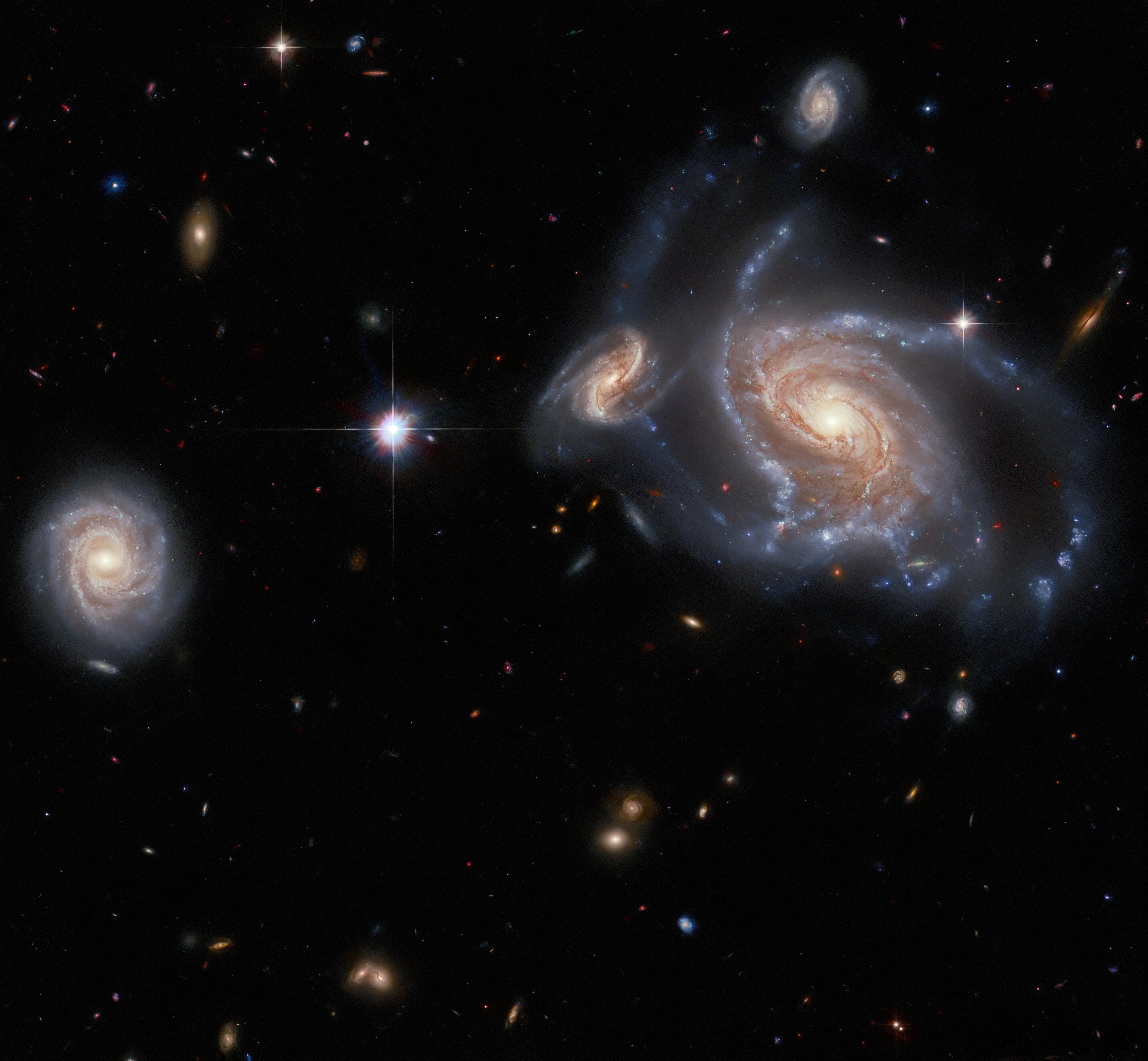
The Hubble Space Telescope is many things. It’s an observatory, a satellite, and an icon of cultural and scientific significance – but perhaps most interestingly, Hubble is also a time machine.
Hubble isn’t that far away, locked in a low-Earth orbit just a few hundred miles up that takes about 90 minutes to complete. But with its position just above Earth’s murky atmosphere, Hubble’s transformative view of our universe literally lets us witness our universe’s past. It allows us to effectively travel back in time.
How does that work? After all, Hubble doesn’t travel beyond our solar system, or even our home planet’s gravity. It certainly doesn’t have any sci-fi elements you might find in Doctor Who or Back to the Future.
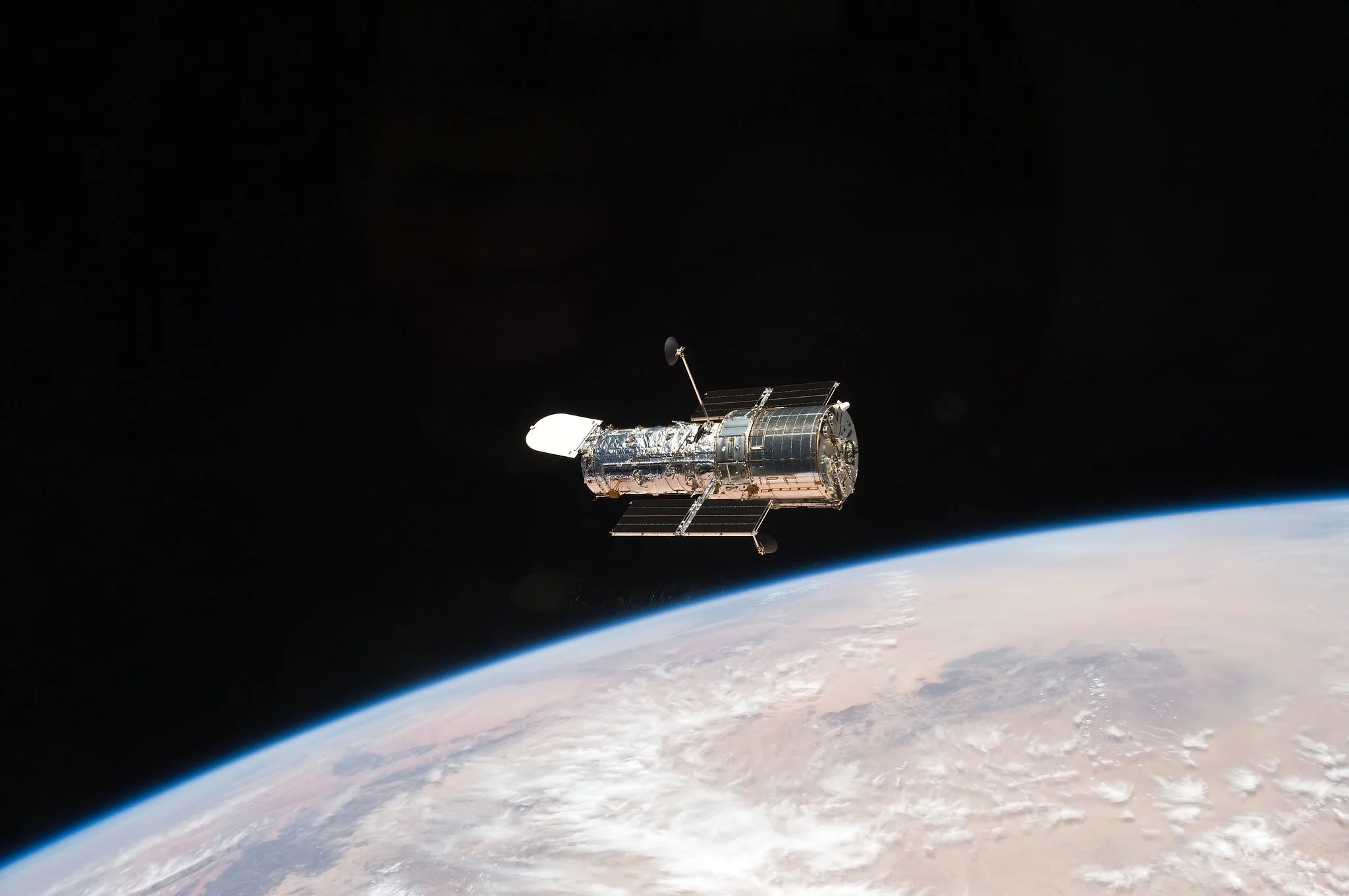
Light Travel
The answer is simply light.
The term “light-year” shows up a lot in astronomy. This is a measure of distance that means exactly what it says – the distance that light travels in one year. Given that the speed of light is 186,000 miles (299,000 kilometers) per second, light can cover some serious ground over the course of 365 days. To be precise, almost 6 trillion miles (9.5 trillion kilometers)!
Traveling Back in Time: 8 minutes
Hubble works by gathering light from objects in our universe – some as close as our Moon, and some as distant as galaxy clusters that are billions of light-years away. All that light takes time to reach the telescope, just as it takes time for light to travel from its source to our eyes. For example, our Sun is located about 93 million miles (150 million kilometers) from Earth. That means that it takes roughly eight minutes for its light to reach us here on our planet, so when we look at the Sun (though directly is never recommended!) we see it exactly as it was eight minutes in the past.
Cosmically speaking, the 93 million miles between us and the Sun are nothing. We orbit around just one of billions of stars in the Milky Way Galaxy, which is one of countless trillions of galaxies in the universe.
With that in mind, time travel gets more intense when Hubble observes objects beyond our star system.
Traveling Back in Time: 4 years
Aside from our Sun, the next closest star to us is named Proxima Centauri. It’s about four light-years away, which makes it a close neighbor on a universal scale. But even with Hubble’s sharp, powerful vision, Proxima Centauri remains a point-like object – demonstrating our universe’s unfathomably large size.
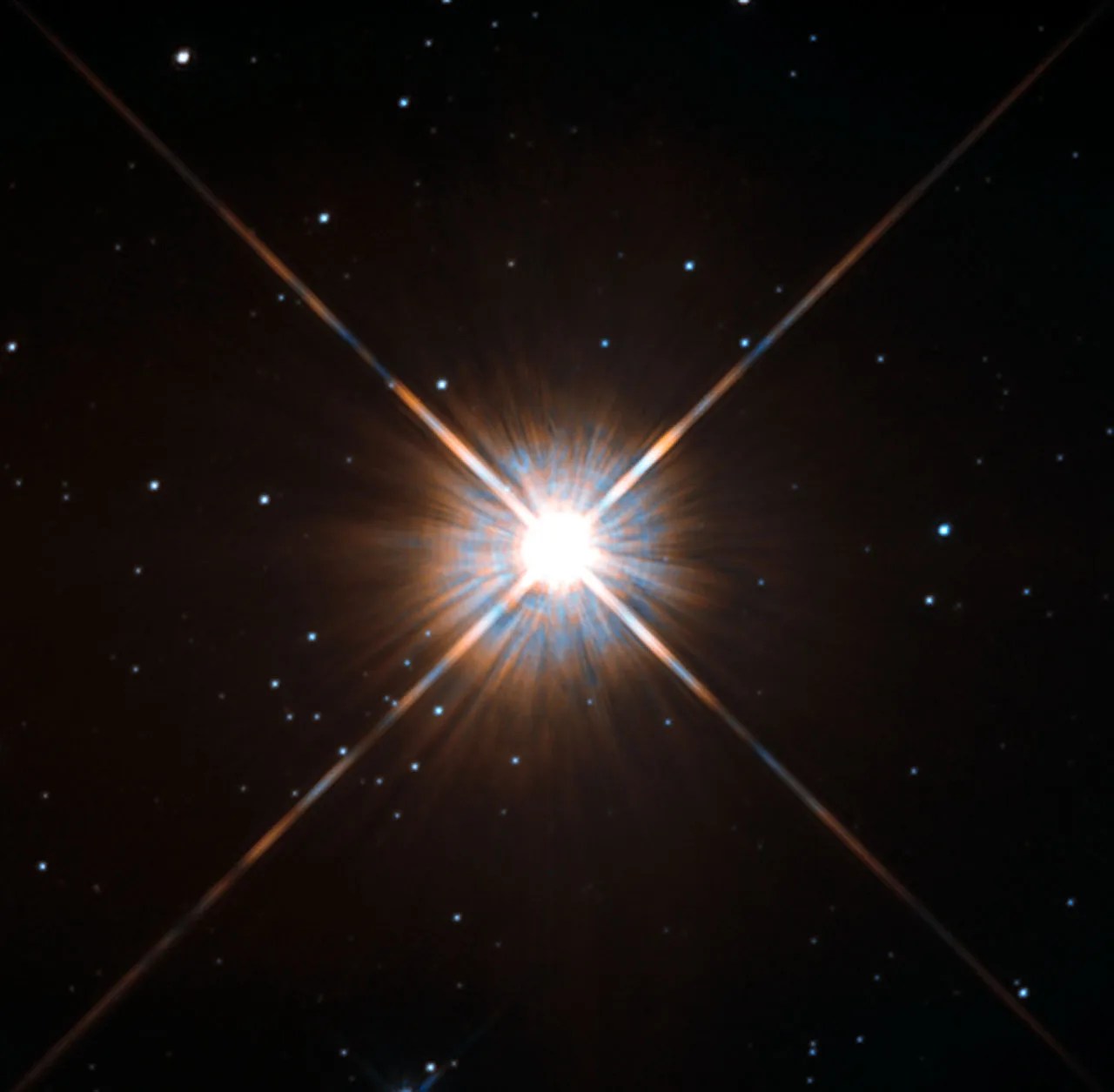
Traveling Back in Time: 700 years
Another stellar target of Hubble’s is named Betelgeuse, which is about 700 light-years from Earth. Again, this means that when Hubble looks at Betelgeuse, the star appears exactly as it was 700 years ago. As one of the brightest stars in our sky, astronomers believe it’s likely that even the earliest humans knew of it, as this star appears in stories from several cultures.
This red supergiant star began to dim significantly in the fall of 2019, losing about 60% of its brightness within months. But by April 2020, its regular brightness returned. Hubble studied Betelgeuse and found out that the star “blew its top” – it went through a surface mass ejection, in which the star spewed out a large amount of its surface material into space. When that material in space cooled down, it became a dust cloud that temporarily blocked some of the star’s light.
Hubble’s unique ability to observe in ultraviolet light helped reveal the details of this dimming event and its aftermath. In this range of light, Hubble can better observe the hot layers of atmosphere above a star’s surface.
The telescope continues to be the go-to observatory for scientists who study Betelgeuse. Because it’s taken this long for the light from Betelgeuse to reach us, only in very recent history have we witnessed a cosmic event unfolding that really occurred about 700 years ago!
Scientists also believe that Betelgeuse is on the verge of going supernova – dying in an explosive event. In fact, it may have already done so, but the light from the explosion still hasn’t reached us. There’s a good chance that Betelgeuse no longer exists, though we can still see it today from Earth.
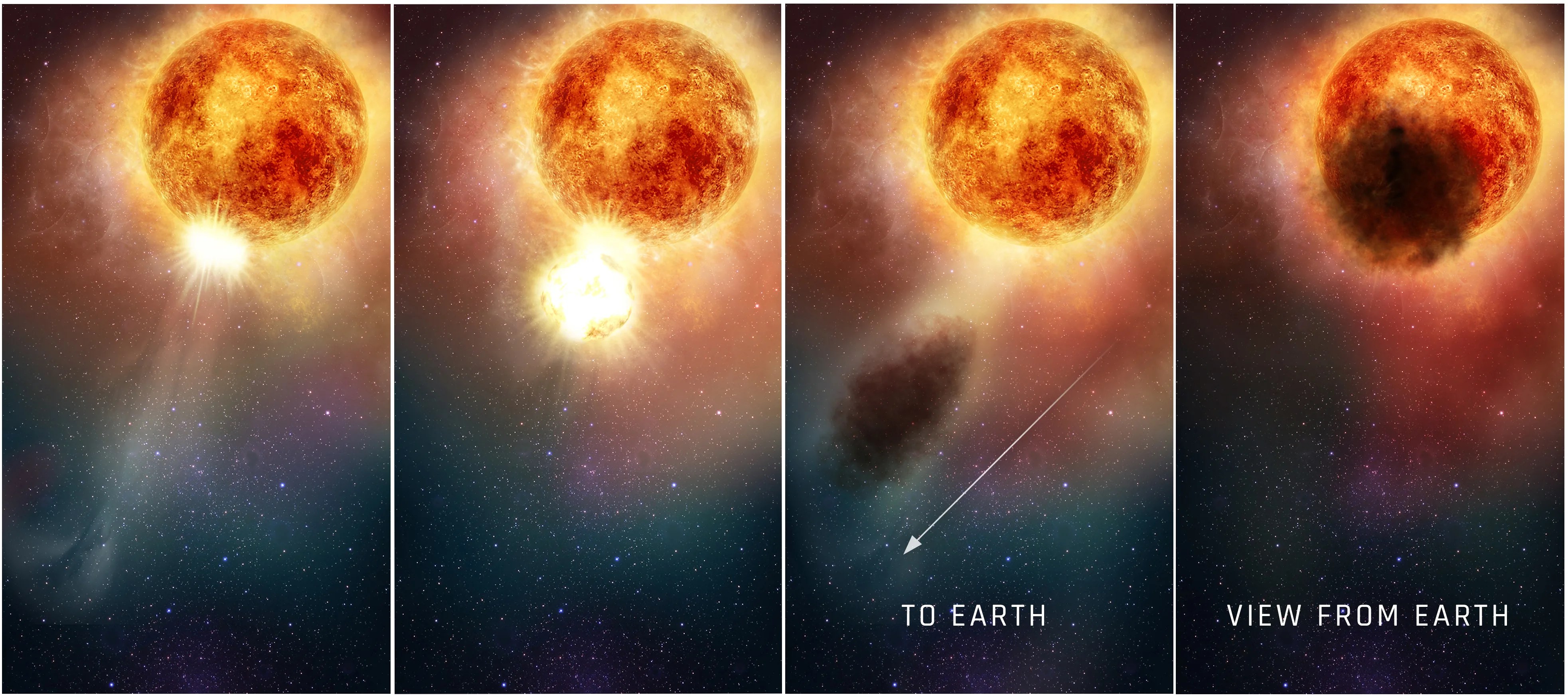
Traveling Back in Time: 6,500 years
Nebulae are clouds of gas and dust where stars are birthed, or the remnants of a dead or dying star itself. These beautiful, ethereal cosmic objects are the subject of some of Hubble’s most iconic images, but they can also teach us more about how our universe behaves and evolves.
For example, a favorite target for Hubble is the Crab Nebula, located about 6,500 light-years away. There are records from 1054 CE written by Chinese astronomers noting the new presence of a shockingly bright “guest” star in the sky, visible even during the daytime. Turns out, they actually saw a supernova – a star’s explosive death – which became the Crab Nebula, made up by the remnants of this violent event. Of course, those Chinese astronomers witnessed a supernova explosion that occurred about 5446 BCE, but it took the light from the explosion 6,500 years to reach Earth in the year 1054.

Traveling Back in Time: 2.5 million years
When Hubble looks beyond our own galaxy, we can watch cosmic history unfold over eons.
The Andromeda Galaxy is a whopping 2.5 million light-years away, but that’s just the closest major galaxy to us here in the Milky Way. Observing Andromeda is like staring into a vision from 2.5 million years ago – back during the Paleolithic period on Earth, when very early humans existed.
And if Andromeda is the closest major galaxy to us, it’s difficult to comprehend just how far the light from the most distant observed galaxies has traveled.

Traveling Back in Time: 12.9 billion years
Another Hubble record is for observing the most distant individual star ever detected, named Earendel. This faraway star emitted its light within the first billion years of the universe, which is about 13.8 billion years old, so it took quite a while to reach Hubble! In fact, that observation was only made possible by nature’s magnifying glass – an astronomical phenomenon known as gravitational lensing. When a massive cosmic object has enough gravity, its gravitational field can magnify and bend light coming from objects located behind it. The gravity of a galaxy cluster located between Hubble and Earendel magnified the star’s light, making it detectable. The type of star that Earendel seems to be typically have brief lives, only surviving about half a billion years. That means Earendel has ceased to exist for over 12 billion years, yet we are able to look back in time and watch Earendel during its short life.
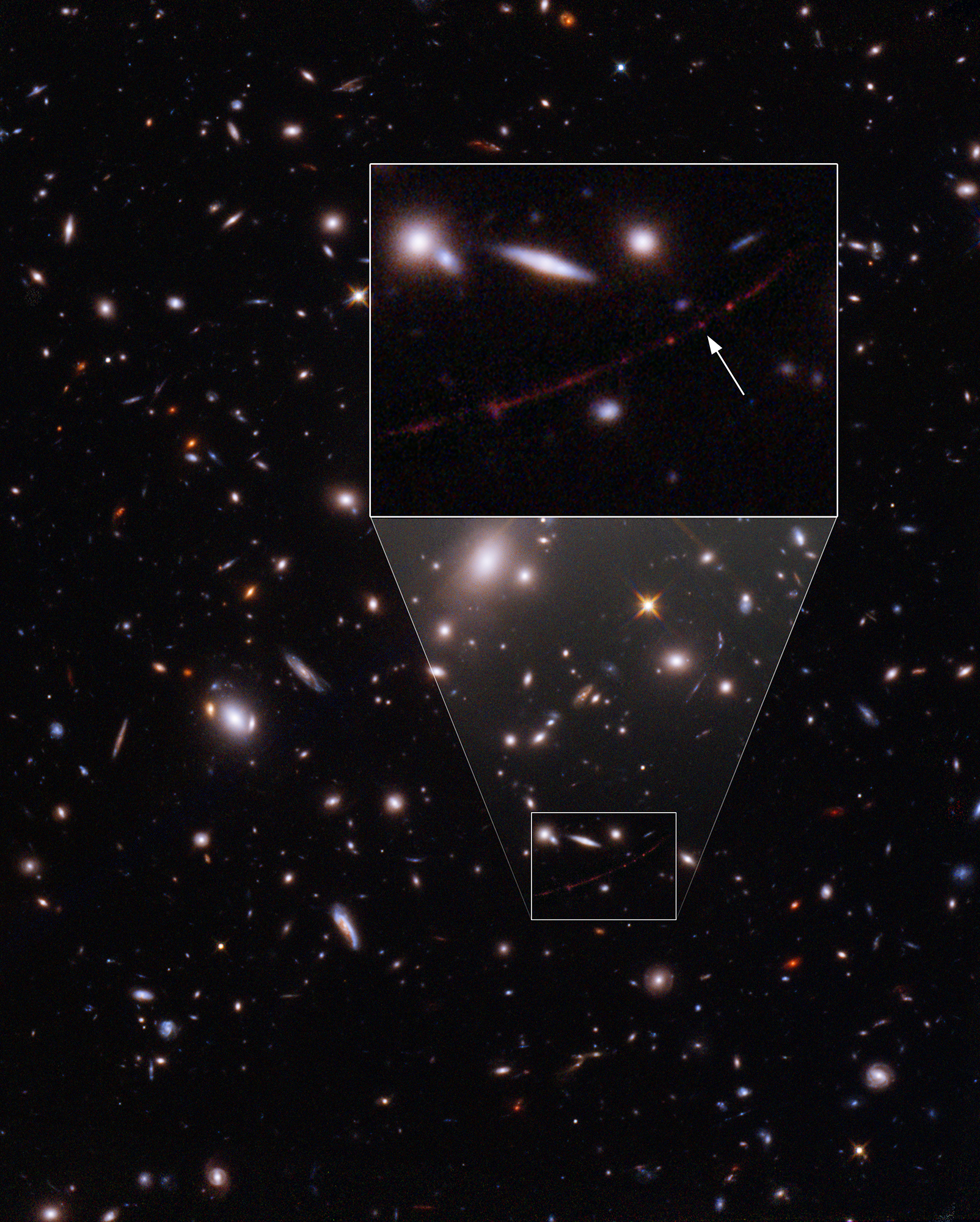
Traveling Back in Time: 13.4 billion years
Perhaps some of Hubble’s most legendary observations are its deep field images, which collect light from thousands of galaxies that are billions of light-years away.
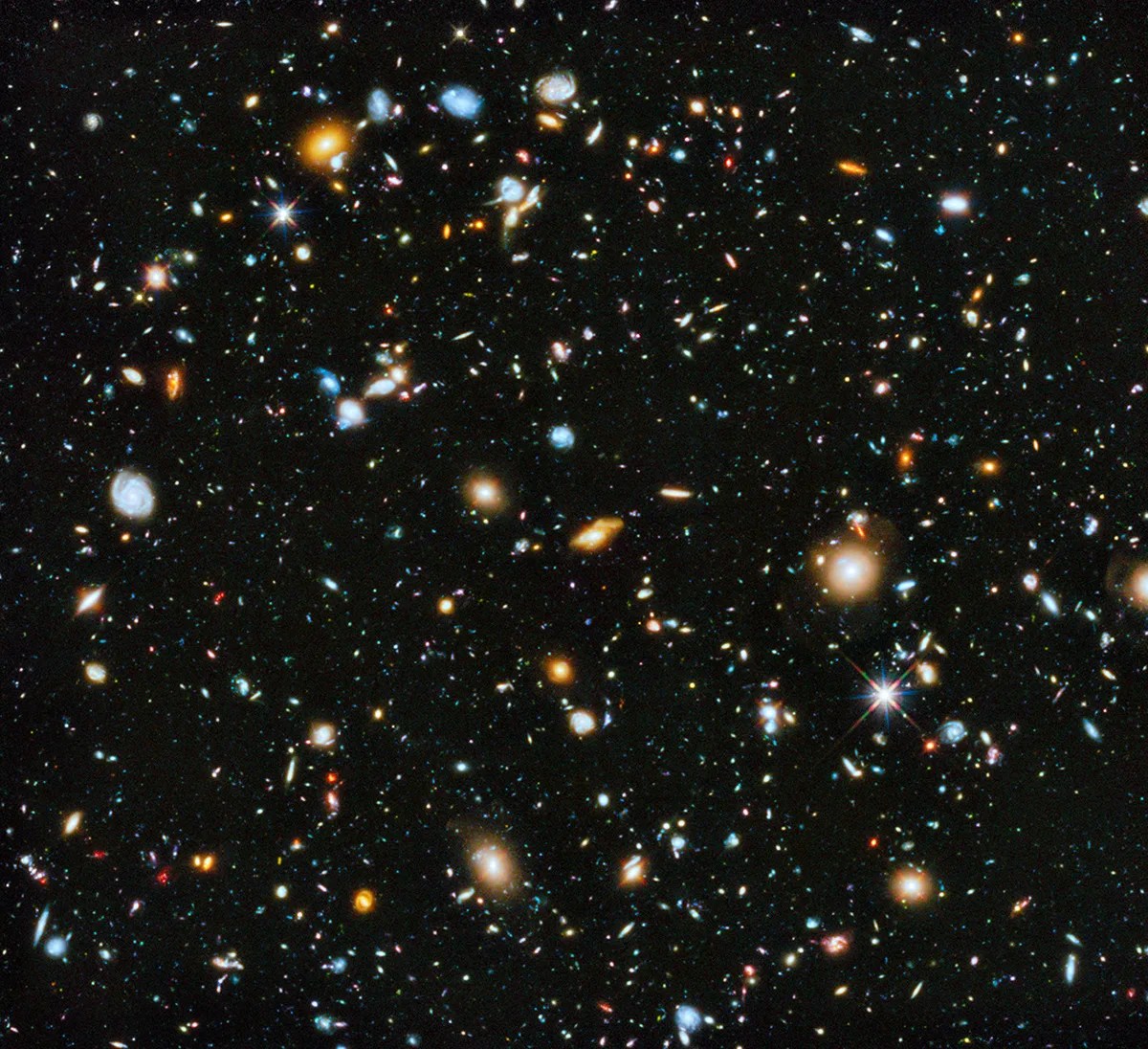
With this type of imagery, we can better understand how our universe changes over time by puzzling out how galaxies evolve. The farther back we look with Hubble, the closer we get to the the big bang, when the universe began – so the most distant galaxies observed by Hubble often appear to us as the “youngest” ones – giving us a sneak peek at the universe in its infancy. Because these galaxies emitted their light when they were young, we get to witness them in their early stages. These early galaxies often appear simpler and smaller than the grandiose spiral galaxies and merged galaxies we see closer to us in distance, and therefore in time. These young galaxies are actually old galaxies now as they have evolved over the time this light has taken to reach us.
Hubble’s farthest observation is of a galaxy named GN-z11, observed as it was 13.4 billion years in the past! This places it within just 400 million years of the big bang itself.
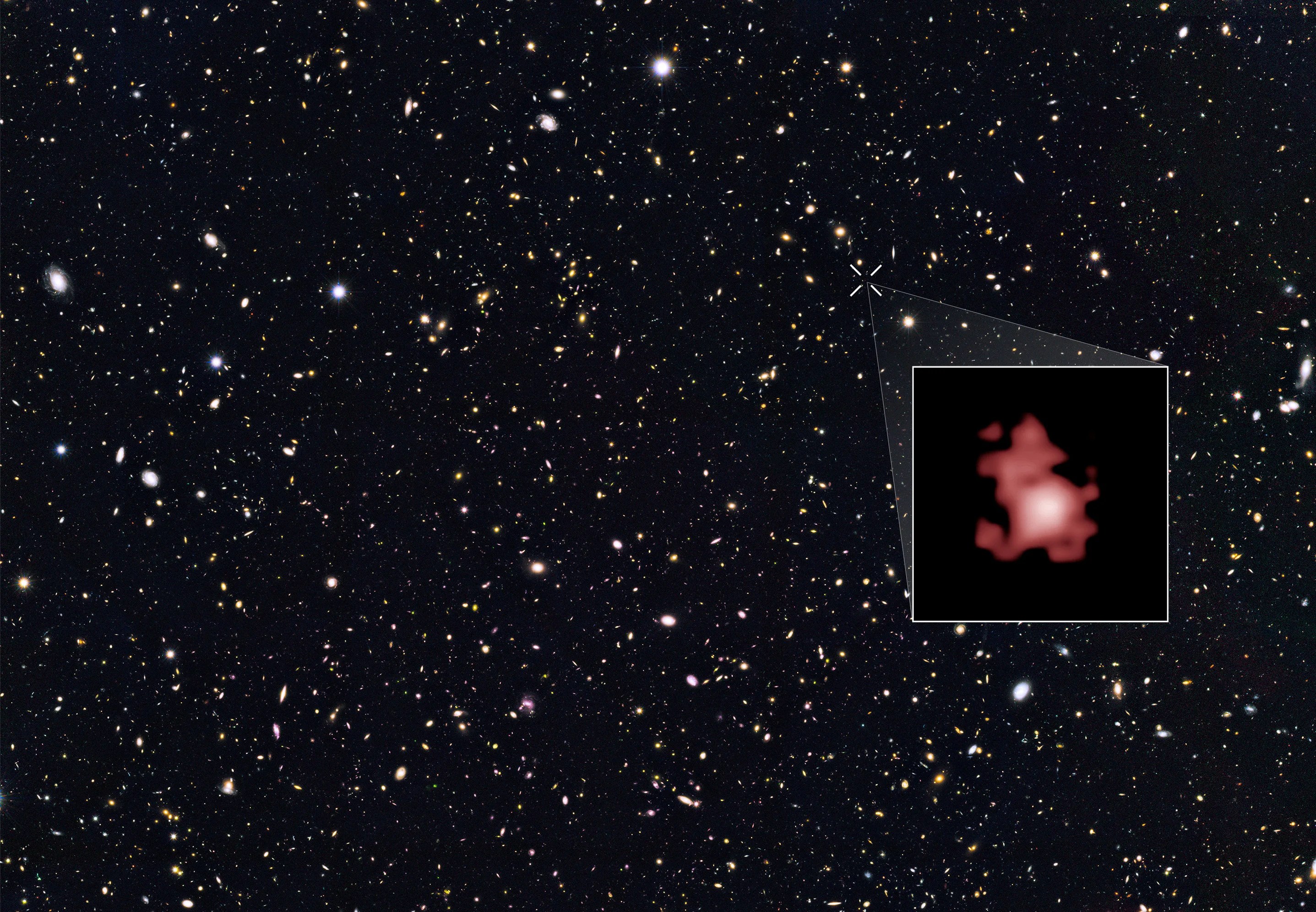
Watching Our Universe Over Time
Observations of the most distant objects, like GN-z11 and Earendel, give astronomers exciting insight into the environment of our early universe. The light we see literally traveled from all the way back then!
Our universe remains mysterious, mind-bendingly large, and ever-expanding, but by gathering light from near and far – from the recent past to the dawn of the universe itself – Hubble helps answer questions about where we are and how the universe works.
At its core, astronomy is really just archaeology. Cosmic objects give off light, letting us learn more about their lives. It can take a long, long time for light to reach Hubble – just one telescope orbiting just one planet in just one solar system in just one galaxy. Scientists use Hubble like the time machine that it is to piece together the history and mystery of the cosmos, giving us all a glimpse right up to the edge of the universe – and time itself.
Explore More Hubble

The Lost Universe
NASA's Hubble Space Telescope has vanished from Earth’s timeline. Only an ambitious crew of adventurers can uncover what was lost. Are you up to the challenge?
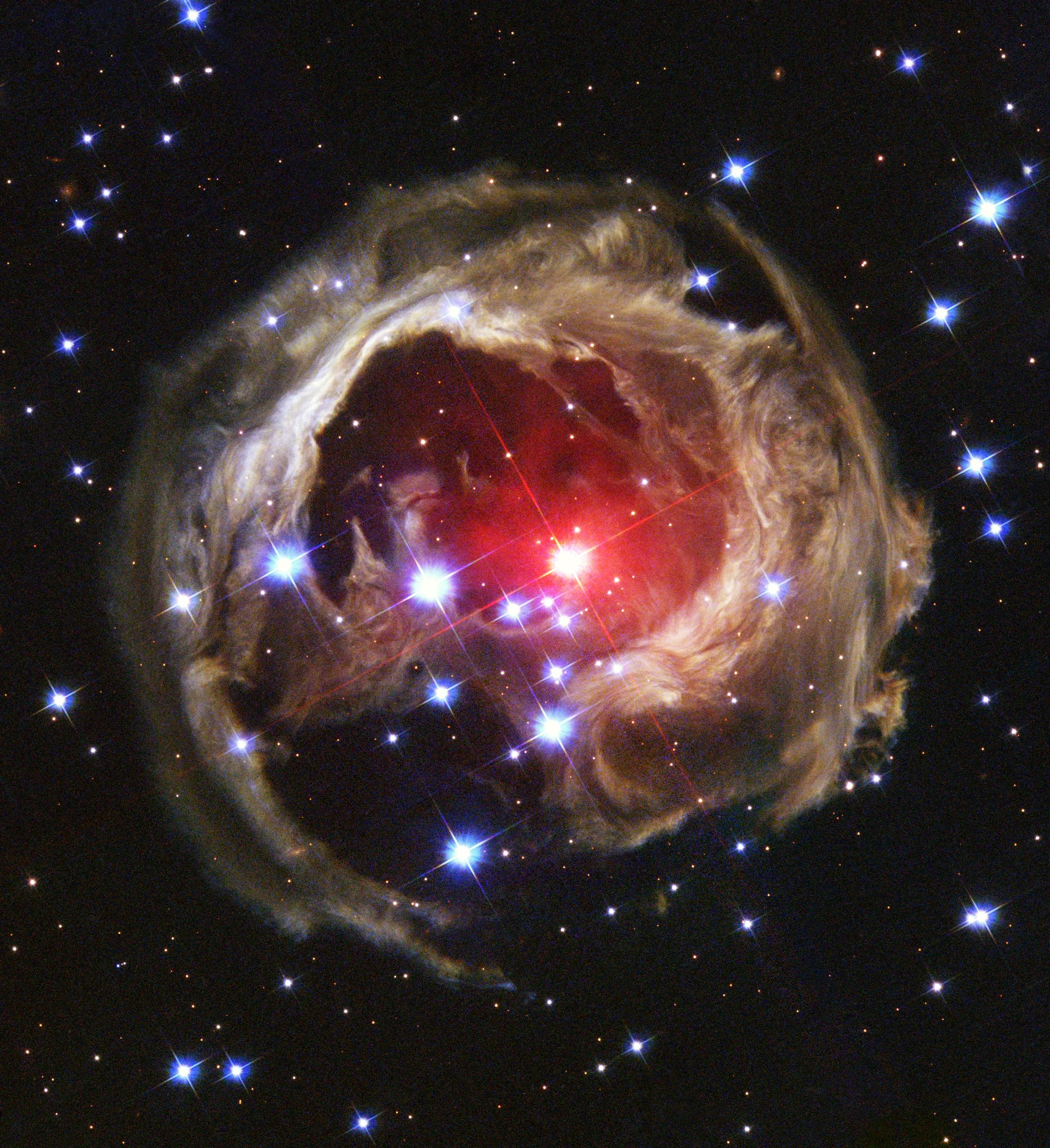
Hubble Science Highlights
Hubble has affected every area of astronomy. Its most notable scientific discoveries reflect the broad range of research and the breakthroughs it has achieved.
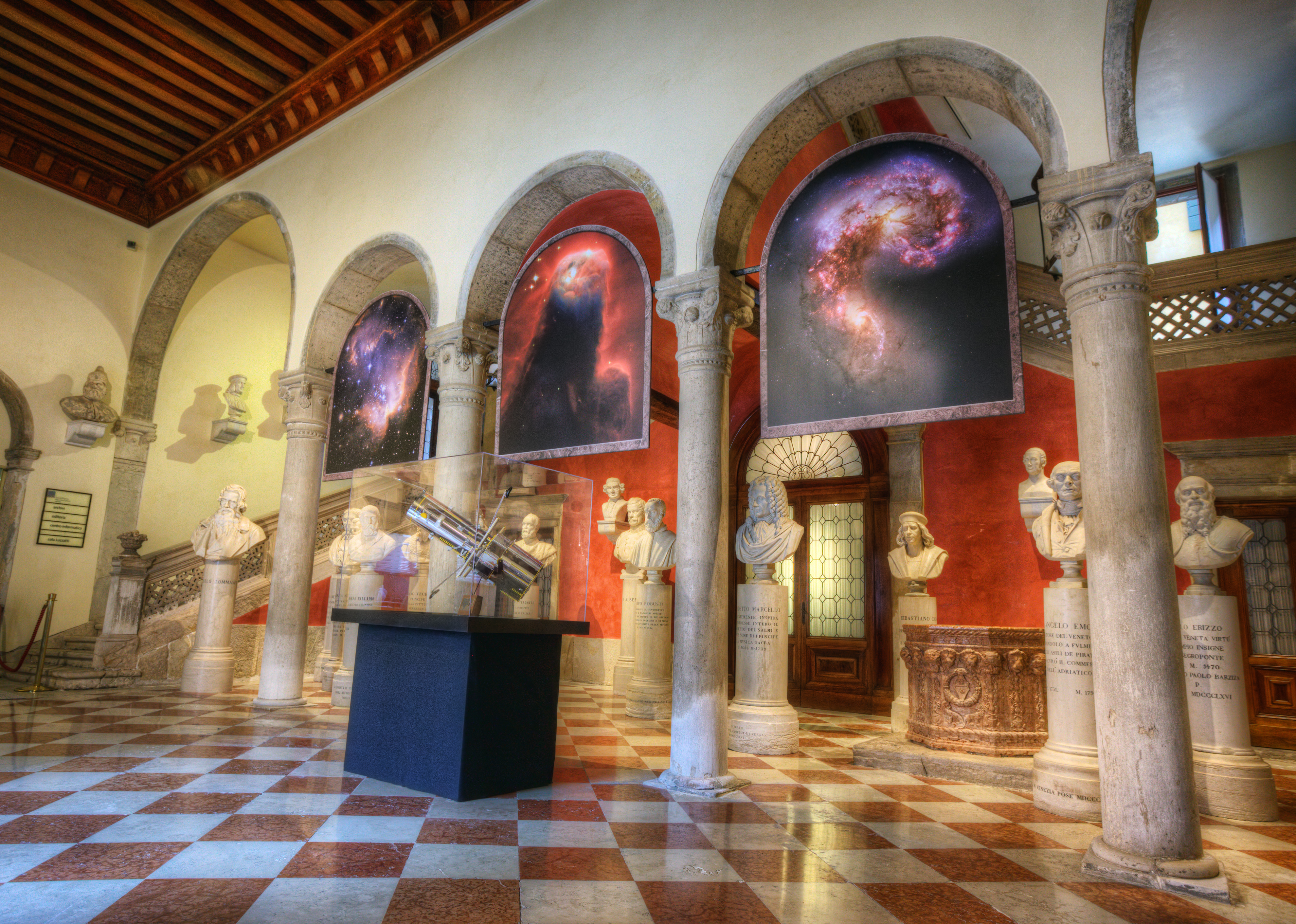
Hubble's Cultural Impact
Even if you don't know anything about the Hubble Space Telescope, its pictures have been a part of your life.
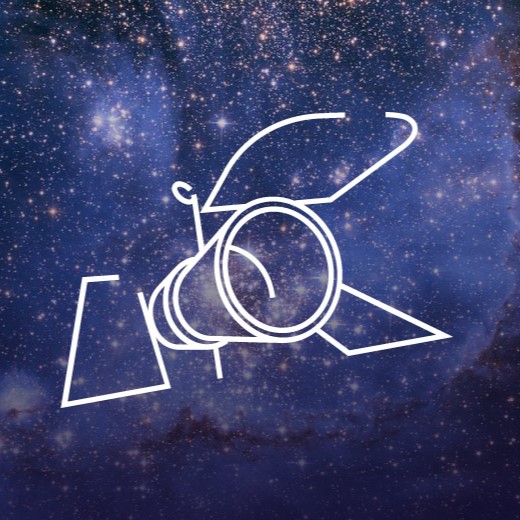
What is Hubble Observing?
See the area of sky Hubble is currently investigating or explore its upcoming and past targets.
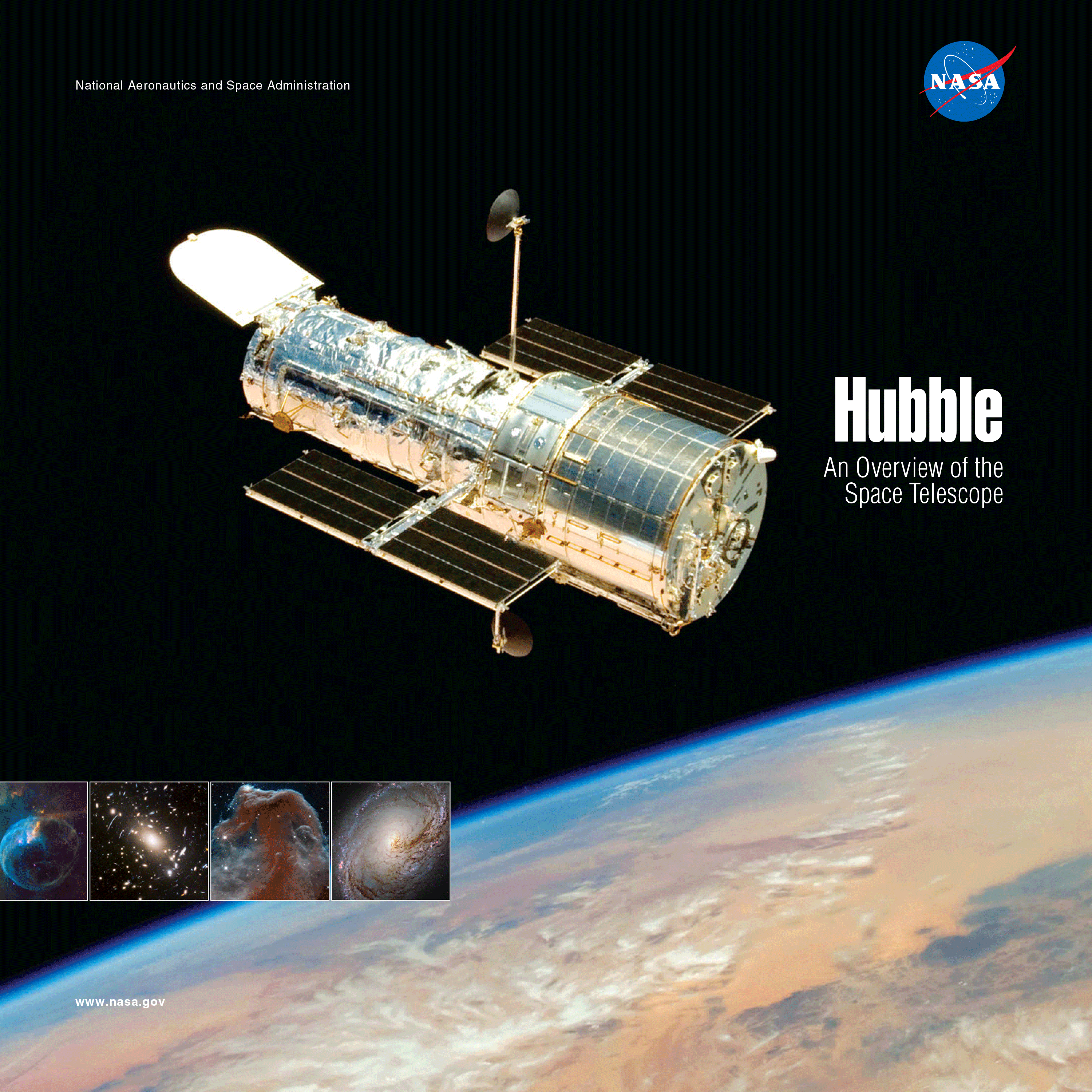
Hubble E-books
Investigate the mysteries of the universe with Hubble. Learn Hubble's history and dive deeper into its discoveries by downloading our e-books.

Chapter 15: Galaxies
Chapter 1 how science works.
- The Scientific Method
- Measurements
- Units and the Metric System
- Measurement Errors
- Mass, Length, and Time
- Observations and Uncertainty
- Precision and Significant Figures
- Errors and Statistics
- Scientific Notation
- Ways of Representing Data
- Mathematics
- Testing a Hypothesis
- Case Study of Life on Mars
- Systems of Knowledge
- The Culture of Science
- Computer Simulations
- Modern Scientific Research
- The Scope of Astronomy
- Astronomy as a Science
- A Scale Model of Space
- A Scale Model of Time
Chapter 2 Early Astronomy
- The Night Sky
- Motions in the Sky
- Constellations and Seasons
- Cause of the Seasons
- The Magnitude System
- Angular Size and Linear Size
- Phases of the Moon
- Dividing Time
- Solar and Lunar Calendars
- History of Astronomy
- Ancient Observatories
- Counting and Measurement
- Greek Astronomy
- Aristotle and Geocentric Cosmology
- Aristarchus and Heliocentric Cosmology
- The Dark Ages
- Arab Astronomy
- Indian Astronomy
- Chinese Astronomy
- Mayan Astronomy
Chapter 3 The Copernican Revolution
- Ptolemy and the Geocentric Model
- The Renaissance
- Copernicus and the Heliocentric Model
- Tycho Brahe
- Johannes Kepler
- Elliptical Orbits
- Kepler's Laws
- Galileo Galilei
- The Trial of Galileo
- Isaac Newton
- Newton's Law of Gravity
- The Plurality of Worlds
- The Birth of Modern Science
- Layout of the Solar System
- Scale of the Solar System
- The Idea of Space Exploration
- History of Space Exploration
- Moon Landings
- International Space Station
- Manned versus Robotic Missions
- Commercial Space Flight
- Future of Space Exploration
- Living in Space
- Moon, Mars, and Beyond
- Societies in Space
Chapter 4 Matter and Energy in the Universe
- Matter and Energy
- Rutherford and Atomic Structure
- Early Greek Physics
- Dalton and Atoms
- The Periodic Table
- Structure of the Atom
- Heat and Temperature
- Potential and Kinetic Energy
- Conservation of Energy
- Velocity of Gas Particles
- States of Matter
- Thermodynamics
- Laws of Thermodynamics
- Heat Transfer
- Thermal Radiation
- Radiation from Planets and Stars
- Internal Heat in Planets and Stars
- Periodic Processes
- Random Processes
Chapter 5 The Earth-Moon System
- Earth and Moon
- Early Estimates of Earth's Age
- How the Earth Cooled
- Ages Using Radioactivity
- Radioactive Half-Life
- Ages of the Earth and Moon
- Geological Activity
- Internal Structure of the Earth and Moon
- Basic Rock Types
- Layers of the Earth and Moon
- Origin of Water on Earth
- The Evolving Earth
- Plate Tectonics
- Geological Processes
- Impact Craters
- The Geological Timescale
- Mass Extinctions
- Evolution and the Cosmic Environment
- Earth's Atmosphere and Oceans
- Weather Circulation
- Environmental Change on Earth
- The Earth-Moon System
- Geological History of the Moon
- Tidal Forces
- Effects of Tidal Forces
- Historical Studies of the Moon
- Lunar Surface
- Ice on the Moon
- Origin of the Moon
- Humans on the Moon
Chapter 6 The Terrestrial Planets
- Studying Other Planets
- The Planets
- The Terrestrial Planets
- Mercury's Orbit
- Mercury's Surface
- Volcanism on Venus
- Venus and the Greenhouse Effect
- Tectonics on Venus
- Exploring Venus
- Mars in Myth and Legend
- Early Studies of Mars
- Mars Close-Up
- Modern Views of Mars
- Missions to Mars
- Geology of Mars
- Water on Mars
- Polar Caps of Mars
- Climate Change on Mars
- Terraforming Mars
- Life on Mars
- The Moons of Mars
- Martian Meteorites
- Comparative Planetology
- Incidence of Craters
- Counting Craters
- Counting Statistics
- Internal Heat and Geological Activity
- Magnetic Fields of the Terrestrial Planets
- Mountains and Rifts
- Radar Studies of Planetary Surfaces
- Laser Ranging and Altimetry
- Gravity and Atmospheres
- Normal Atmospheric Composition
- The Significance of Oxygen
Chapter 7 The Giant Planets and Their Moons
- The Gas Giant Planets
- Atmospheres of the Gas Giant Planets
- Clouds and Weather on Gas Giant Planets
- Internal Structure of the Gas Giant Planets
- Thermal Radiation from Gas Giant Planets
- Life on Gas Giant Planets?
- Why Giant Planets are Giant
- Ring Systems of the Giant Planets
- Structure Within Ring Systems
- The Origin of Ring Particles
- The Roche Limit
- Resonance and Harmonics
- Tidal Forces in the Solar System
- Moons of Gas Giant Planets
- Geology of Large Moons
- The Voyager Missions
- Jupiter's Galilean Moons
- Jupiter's Ganymede
- Jupiter's Europa
- Jupiter's Callisto
- Jupiter's Io
- Volcanoes on Io
- Cassini Mission to Saturn
- Saturn's Titan
- Saturn's Enceladus
- Discovery of Uranus and Neptune
- Uranus' Miranda
- Neptune's Triton
- The Discovery of Pluto
- Pluto as a Dwarf Planet
- Dwarf Planets
Chapter 8 Interplanetary Bodies
- Interplanetary Bodies
- Early Observations of Comets
- Structure of the Comet Nucleus
- Comet Chemistry
- Oort Cloud and Kuiper Belt
- Kuiper Belt
- Comet Orbits
- Life Story of Comets
- The Largest Kuiper Belt Objects
- Meteors and Meteor Showers
- Gravitational Perturbations
- Surveys for Earth Crossing Asteroids
- Asteroid Shapes
- Composition of Asteroids
- Introduction to Meteorites
- Origin of Meteorites
- Types of Meteorites
- The Tunguska Event
- The Threat from Space
- Probability and Impacts
- Impact on Jupiter
- Interplanetary Opportunity
Chapter 9 Planet Formation and Exoplanets
- Formation of the Solar System
- Early History of the Solar System
- Conservation of Angular Momentum
- Angular Momentum in a Collapsing Cloud
- Helmholtz Contraction
- Safronov and Planet Formation
- Collapse of the Solar Nebula
- Why the Solar System Collapsed
- From Planetesimals to Planets
- Accretion and Solar System Bodies
- Differentiation
- Planetary Magnetic Fields
- The Origin of Satellites
- Solar System Debris and Formation
- Gradual Evolution and a Few Catastrophies
- Chaos and Determinism
- Extrasolar Planets
- Discoveries of Exoplanets
- Doppler Detection of Exoplanets
- Transit Detection of Exoplanets
- The Kepler Mission
- Direct Detection of Exoplanets
- Properties of Exoplanets
- Implications of Exoplanet Surveys
- Future Detection of Exoplanets

Chapter 10 Detecting Radiation from Space
- Observing the Universe
- Radiation and the Universe
- The Nature of Light
- The Electromagnetic Spectrum
- Properties of Waves
- Waves and Particles
- How Radiation Travels
- Properties of Electromagnetic Radiation
- The Doppler Effect
- Invisible Radiation
- Thermal Spectra
- The Quantum Theory
- The Uncertainty Principle
- Spectral Lines
- Emission Lines and Bands
- Absorption and Emission Spectra
- Kirchoff's Laws
- Astronomical Detection of Radiation
- The Telescope
- Optical Telescopes
- Optical Detectors
- Adaptive Optics
- Image Processing
- Digital Information
- Radio Telescopes
- Telescopes in Space
- Hubble Space Telescope
- Interferometry
- Collecting Area and Resolution
- Frontier Observatories
Chapter 11 Our Sun: The Nearest Star
- The Nearest Star
- Properties of the Sun
- Kelvin and the Sun's Age
- The Sun's Composition
- Energy From Atomic Nuclei
- Mass-Energy Conversion
- Examples of Mass-Energy Conversion
- Energy From Nuclear Fission
- Energy From Nuclear Fusion
- Nuclear Reactions in the Sun
- The Sun's Interior
- Energy Flow in the Sun
- Collisions and Opacity
- Solar Neutrinos
- Solar Oscillations
- The Sun's Atmosphere
- Solar Chromosphere and Corona
- The Solar Cycle
- The Solar Wind
- Effects of the Sun on the Earth
- Cosmic Energy Sources
Chapter 12 Properties of Stars
- Star Properties
- The Distance to Stars
- Apparent Brightness
- Absolute Brightness
- Measuring Star Distances
- Stellar Parallax
- Spectra of Stars
- Spectral Classification
- Temperature and Spectral Class
- Stellar Composition
- Stellar Motion
- Stellar Luminosity
- The Size of Stars
- Stefan-Boltzmann Law
- Stellar Mass
- Hydrostatic Equilibrium
- Stellar Classification
- The Hertzsprung-Russell Diagram
- Volume and Brightness Selected Samples
- Stars of Different Sizes
- Understanding the Main Sequence
- Stellar Structure
- Stellar Evolution
Chapter 13 Star Birth and Death
- Star Birth and Death
- Understanding Star Birth and Death
- Cosmic Abundance of Elements
- Star Formation
- Molecular Clouds
- Young Stars
- T Tauri Stars
- Mass Limits for Stars
- Brown Dwarfs
- Young Star Clusters
- Cauldron of the Elements
- Main Sequence Stars
- Nuclear Reactions in Main Sequence Stars
- Main Sequence Lifetimes
- Evolved Stars
- Cycles of Star Life and Death
- The Creation of Heavy Elements
- Horizontal Branch and Asymptotic Giant Branch Stars
- Variable Stars
- Magnetic Stars
- Stellar Mass Loss
- White Dwarfs
- Seeing the Death of a Star
- Supernova 1987A
- Neutron Stars and Pulsars
- Special Theory of Relativity
- General Theory of Relativity
- Black Holes
- Properties of Black Holes
Chapter 14 The Milky Way
- The Distribution of Stars in Space
- Stellar Companions
- Binary Star Systems
- Binary and Multiple Stars
- Mass Transfer in Binaries
- Binaries and Stellar Mass
- Nova and Supernova
- Exotic Binary Systems
- Gamma Ray Bursts
- How Multiple Stars Form
- Environments of Stars
- The Interstellar Medium
- Effects of Interstellar Material on Starlight
- Structure of the Interstellar Medium
- Dust Extinction and Reddening
- Groups of Stars
- Open Star Clusters
- Globular Star Clusters
- Distances to Groups of Stars
- Ages of Groups of Stars
- Layout of the Milky Way
- William Herschel
- Isotropy and Anisotropy
- Mapping the Milky Way
Chapter 15 Galaxies
- The Milky Way Galaxy
- Mapping the Galaxy Disk
- Spiral Structure in Galaxies
- Mass of the Milky Way
- Dark Matter in the Milky Way
- Galaxy Mass
- The Galactic Center
- Black Hole in the Galactic Center
- Stellar Populations
- Formation of the Milky Way
- The Shapley-Curtis Debate
- Edwin Hubble
- Distances to Galaxies
- Classifying Galaxies
- Spiral Galaxies
- Elliptical Galaxies
- Lenticular Galaxies
- Dwarf and Irregular Galaxies
- Overview of Galaxy Structures
- The Local Group
Light Travel Time
- Galaxy Size and Luminosity
- Mass to Light Ratios
- Dark Matter in Galaxies
- Gravity of Many Bodies
- Galaxy Evolution
- Galaxy Interactions
- Galaxy Formation
Chapter 16 The Expanding Universe
- Galaxy Redshifts
- The Expanding Universe
- Cosmological Redshifts
- The Hubble Relation
- Relating Redshift and Distance
- Galaxy Distance Indicators
- Size and Age of the Universe
- The Hubble Constant
- Large Scale Structure
- Galaxy Clustering
- Clusters of Galaxies
- Overview of Large Scale Structure
- Dark Matter on the Largest Scales
- The Most Distant Galaxies
- Black Holes in Nearby Galaxies
- Active Galaxies
- Radio Galaxies
- The Discovery of Quasars
- Types of Gravitational Lensing
- Properties of Quasars
- The Quasar Power Source
- Quasars as Probes of the Universe
- Star Formation History of the Universe
- Expansion History of the Universe
Chapter 17 Cosmology
- Early Cosmologies
- Relativity and Cosmology
- The Big Bang Model
- The Cosmological Principle
- Universal Expansion
- Cosmic Nucleosynthesis
- Cosmic Microwave Background Radiation
- Discovery of the Microwave Background Radiation
- Measuring Space Curvature
- Cosmic Evolution
- Evolution of Structure
- Mean Cosmic Density
- Critical Density
- Dark Matter and Dark Energy
- Age of the Universe
- Precision Cosmology
- The Future of the Contents of the Universe
- Fate of the Universe
- Alternatives to the Big Bang Model
- Particles and Radiation
- The Very Early Universe
- Mass and Energy in the Early Universe
- Matter and Antimatter
- The Forces of Nature
- Fine-Tuning in Cosmology
- The Anthropic Principle in Cosmology
- String Theory and Cosmology
- The Multiverse
- The Limits of Knowledge
Chapter 18 Life On Earth
- Nature of Life
- Chemistry of Life
- Molecules of Life
- The Origin of Life on Earth
- Origin of Complex Molecules
- Miller-Urey Experiment
- Pre-RNA World
- From Molecules to Cells
- Extremophiles
- Thermophiles
- Psychrophiles
- Acidophiles
- Alkaliphiles
- Radiation Resistant Biology
- Importance of Water for Life
- Hydrothermal Systems
- Silicon Versus Carbon
- DNA and Heredity
- Life as Digital Information
- Synthetic Biology
- Life in a Computer
- Natural Selection
- Tree Of Life
- Evolution and Intelligence
- Culture and Technology
- The Gaia Hypothesis
- Life and the Cosmic Environment
Chapter 19 Life in the Universe
- Life in the Universe
- Astrobiology
- Life Beyond Earth
- Sites for Life
- Complex Molecules in Space
- Life in the Solar System
- Lowell and Canals on Mars
- Implications of Life on Mars
- Extreme Environments in the Solar System
- Rare Earth Hypothesis
- Are We Alone?
- Unidentified Flying Objects or UFOs
- The Search for Extraterrestrial Intelligence
- The Drake Equation
- The History of SETI
- Recent SETI Projects
- Recognizing a Message
- The Best Way to Communicate
- The Fermi Question
- The Anthropic Principle
- Where Are They?
In the everyday world, as perceived by the human senses, light seems to travel instantaneously from one place to another. In fact, the speed of light is not infinite, and light doesn't instantly jump from your ceiling light to your desk and then to your eye. We perceive light as moving instantly because its actual velocity is almost unimaginably high; light travels at 300,000 km/s, denoted c. Using the equation Rate × Time = Distance, you can divide any distance by this number to figure out the time it would take light to cross that distance. In this way, we can see that light takes 1.5 × 10 8 / 3 × 10 5 = 500 seconds to reach Earth from the Sun, or just over 8 minutes. It takes light about 40 times longer ( Pluto at a distance of 39.4 A.U.) to leave the Solar System or about 5 hours.
The speed of light is a built-in quality of our universe . All evidence to date indicates that light has always traveled at this speed, that the speed is exact, and that the same speed is observed for all observers. The vast size of the universe, coupled with the finite (albeit large) speed of light, means that as we look out in space, we look back in time. Distant light is old light.
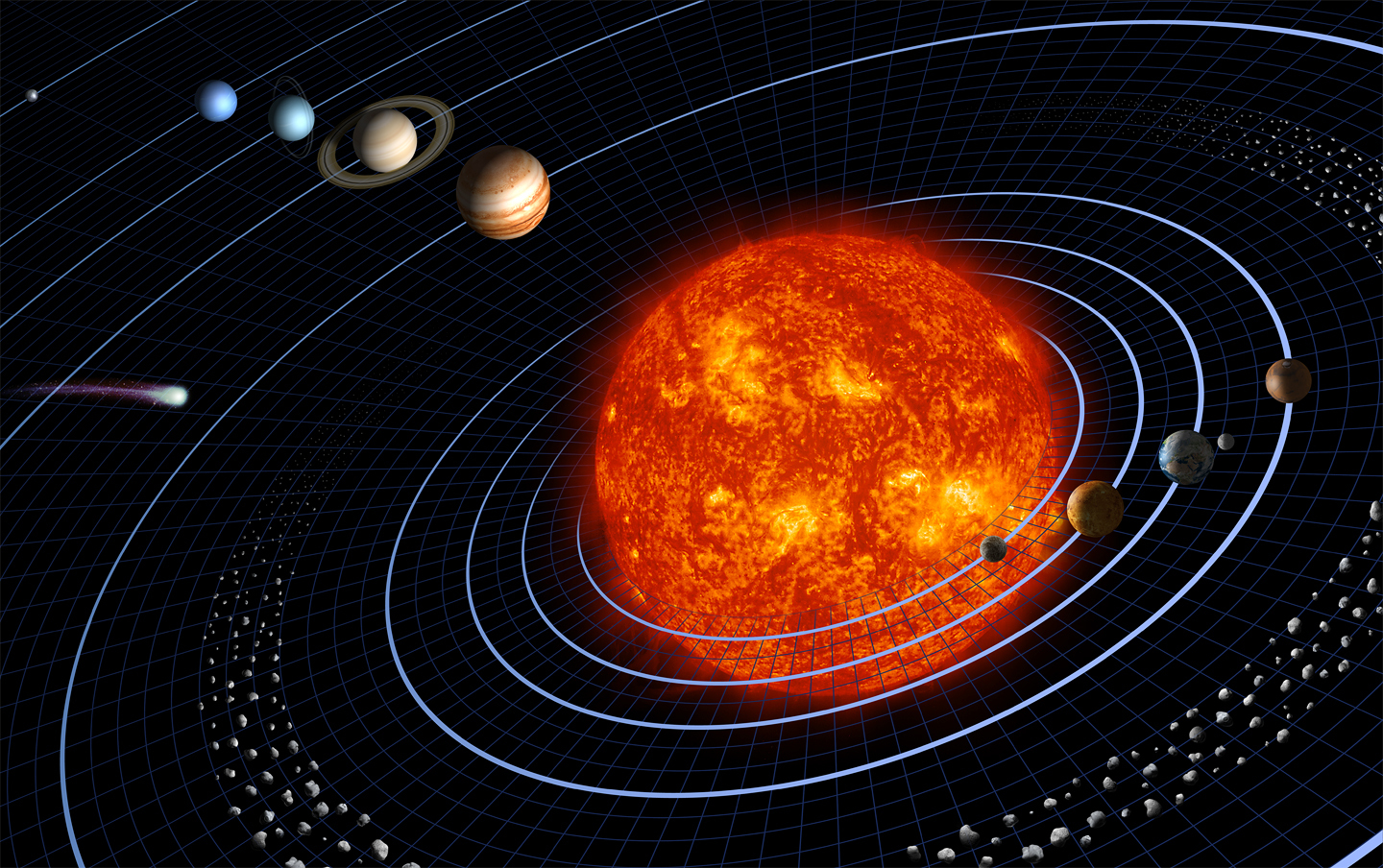
The 5 hours it takes light to travel across our Solar System may seem like a short period to cross such a large distance, but we have to think about scale. While distances within the Solar System are large to us, they are dwarfed by the distances between the stars. Considering larger regions of the Milky Way, a natural distance unit is the distance light travels in one year. This is called a light year. We can easily calculate the size of this unit by remembering that distance has the units of velocity times time. So:
D ly = vt = c x 1 year = 3 × 10 5 x (3600 × 24 × 365) = 9.5 × 10 12 km

A light year is the typical distance between stars in the neighborhood of the Sun. It is nearly 10 trillion kilometers or 6 trillion miles! The fundamental unit of distance defined by geometry is the 13 km; defined as the distance corresponding to a parallax of 1 second of arc.">parsec , equal to 3.1 × 10 13 km. This is described in more detail in the article on parallax . Geometrically, one parsec is the height of a right triangle with an angle of 1 arcsec describing its apex , and a distance of 1 AU describing its base. The units are related by a small numerical constant D ly = 3.26 D pc . So to roughly convert from parsecs to light years, multiply by 3.3.
The following list gives the distance to various points within the Milky Way and beyond, both in terms of parsecs and the light travel time in years (which is also the distance in light years or 3.3 times the distance in parsecs). To fully appreciate how isolated we are in space, remember that light is the fastest thing we know of. The fastest spacecraft can not reach 1% of the speed of light. So you would have to multiply the numbers on the right-hand side of the table by at least 100 to estimate how long it would take to send a probe through the Milky Way and into the Local Group with current technology.
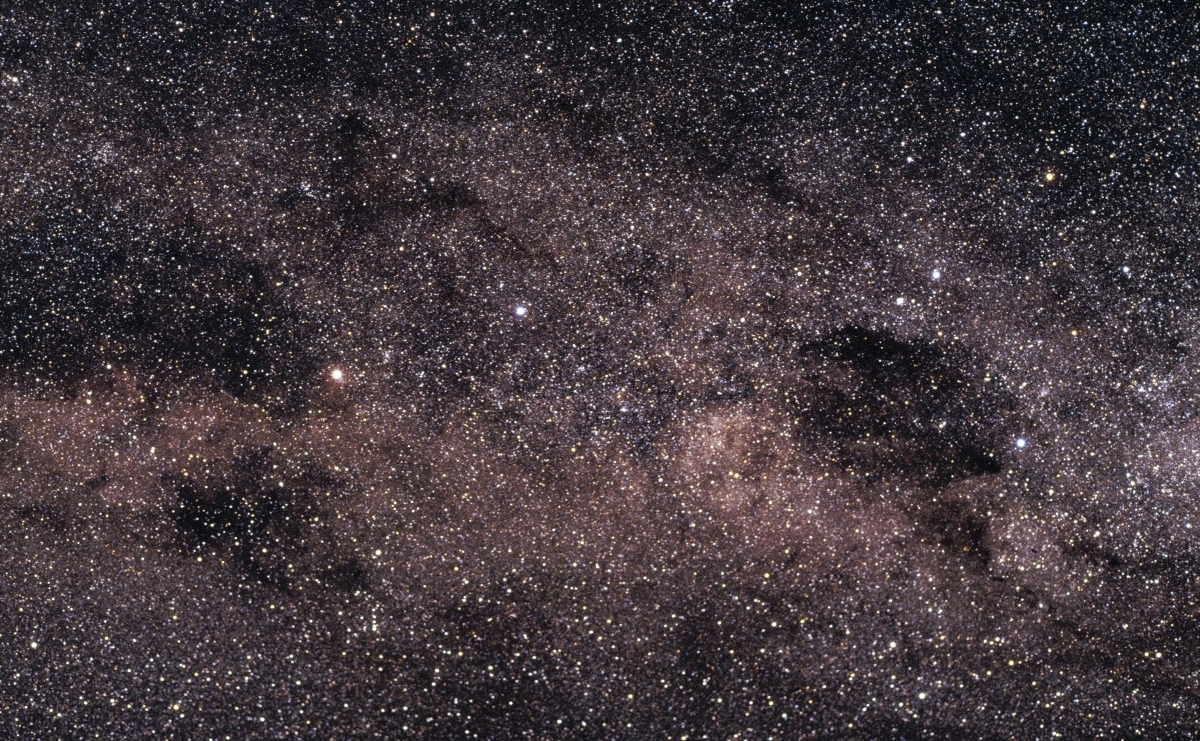
• Nearest star (α Centauri) - 1.3 pc, 4.2 years • Sirius - 2.7 pc, 8.8 years • Vega - 8.1 pc, 26 years • Hyades cluster - 42 pc, 134 years • Pleiades cluster - 125 pc, 411 years • Orion nebula - 460 pc, 1500 years • Nearest spiral arm - 1200 pc, 3900 years • Center of the 8 to 10 13 solar masses.">galaxy - 8500 pc, 29,000 years • Far edge of the galaxy - 24,000 pc, 78,000 years • Large Magellanic Cloud - 50,000 pc, 163,000 years • Andromeda galaxy (M31) - 670,000 pc, 2.2 million years
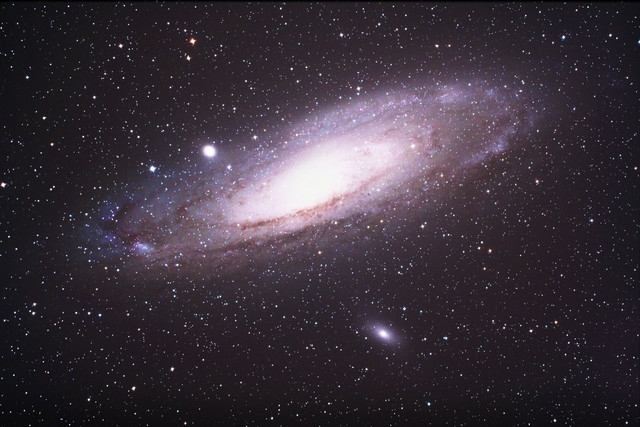
What does Andromeda look like now? Nobody knows. Since nothing travels faster than light (and this applies to all the colors of light across the electromagnetic spectrum ), there is no quicker way to send information from one place to another. We are stuck with collecting and measuring "old" light. While this seems like a limitation, scientists actually find that it turns out that light travel time is a wonderful tool. By looking further out in space we look further back in time. In this way, astronomers get to explore the earlier stages of the universe seeing firsthand (with a delay) what the early universe looked like.
Note (Oct 2018): I'm aware of the broken map (see this article for more context). Stay tuned — I'm working on a new version!
SunCalc is a little app that shows sun movement and sunlight phases during the given day at the given location.
You can see sun positions at sunrise , specified time and sunset . The thin orange curve is the current sun trajectory, and the yellow area around is the variation of sun trajectories during the year. The closer a point is to the center, the higher is the sun above the horizon. The colors on the time slider above show sunlight coverage during the day.
Please leave your ideas about improving SunCalc or vote for them here , and follow @suncalc_net for updates.
Brought to you by Vladimir Agafonkin in pure JavaScript goodness. Enjoy!
for Go Detect my location --> on now
What is the speed of light?
The speed of light is the speed limit of the universe. Or is it?

What is a light-year?
- Speed of light FAQs
- Special relativity
- Faster than light
- Slowing down light
- Faster-than-light travel
Bibliography
The speed of light traveling through a vacuum is exactly 299,792,458 meters (983,571,056 feet) per second. That's about 186,282 miles per second — a universal constant known in equations as "c," or light speed.
According to physicist Albert Einstein 's theory of special relativity , on which much of modern physics is based, nothing in the universe can travel faster than light. The theory states that as matter approaches the speed of light, the matter's mass becomes infinite. That means the speed of light functions as a speed limit on the whole universe . The speed of light is so immutable that, according to the U.S. National Institute of Standards and Technology , it is used to define international standard measurements like the meter (and by extension, the mile, the foot and the inch). Through some crafty equations, it also helps define the kilogram and the temperature unit Kelvin .
But despite the speed of light's reputation as a universal constant, scientists and science fiction writers alike spend time contemplating faster-than-light travel. So far no one's been able to demonstrate a real warp drive, but that hasn't slowed our collective hurtle toward new stories, new inventions and new realms of physics.
Related: Special relativity holds up to a high-energy test
A l ight-year is the distance that light can travel in one year — about 6 trillion miles (10 trillion kilometers). It's one way that astronomers and physicists measure immense distances across our universe.
Light travels from the moon to our eyes in about 1 second, which means the moon is about 1 light-second away. Sunlight takes about 8 minutes to reach our eyes, so the sun is about 8 light minutes away. Light from Alpha Centauri , which is the nearest star system to our own, requires roughly 4.3 years to get here, so Alpha Centauri is 4.3 light-years away.
"To obtain an idea of the size of a light-year, take the circumference of the Earth (24,900 miles), lay it out in a straight line, multiply the length of the line by 7.5 (the corresponding distance is one light-second), then place 31.6 million similar lines end to end," NASA's Glenn Research Center says on its website . "The resulting distance is almost 6 trillion (6,000,000,000,000) miles!"
Stars and other objects beyond our solar system lie anywhere from a few light-years to a few billion light-years away. And everything astronomers "see" in the distant universe is literally history. When astronomers study objects that are far away, they are seeing light that shows the objects as they existed at the time that light left them.
This principle allows astronomers to see the universe as it looked after the Big Bang , which took place about 13.8 billion years ago. Objects that are 10 billion light-years away from us appear to astronomers as they looked 10 billion years ago — relatively soon after the beginning of the universe — rather than how they appear today.
Related: Why the universe is all history
Speed of light FAQs answered by an expert
We asked Rob Zellem, exoplanet-hunter and staff scientist at NASA's Jet Propulsion Lab, a few frequently asked questions about the speed of light.
Dr. Rob Zellem is a staff scientist at NASA's Jet Propulsion Laboratory, a federally funded research and development center operated by the California Institute of Technology. Rob is the project lead for Exoplanet Watch, a citizen science project to observe exoplanets, planets outside of our own solar system, with small telescopes. He is also the Science Calibration lead for the Nancy Grace Roman Space Telescope's Coronagraph Instrument, which will directly image exoplanets.
What is faster than the speed of light?
Nothing! Light is a "universal speed limit" and, according to Einstein's theory of relativity, is the fastest speed in the universe: 300,000 kilometers per second (186,000 miles per second).
Is the speed of light constant?
The speed of light is a universal constant in a vacuum, like the vacuum of space. However, light *can* slow down slightly when it passes through an absorbing medium, like water (225,000 kilometers per second = 140,000 miles per second) or glass (200,000 kilometers per second = 124,000 miles per second).
Who discovered the speed of light?
One of the first measurements of the speed of light was by Rømer in 1676 by observing the moons of Jupiter . The speed of light was first measured to high precision in 1879 by the Michelson-Morley Experiment.
How do we know the speed of light?
Rømer was able to measure the speed of light by observing eclipses of Jupiter's moon Io. When Jupiter was closer to Earth, Rømer noted that eclipses of Io occurred slightly earlier than when Jupiter was farther away. Rømer attributed this effect due the time it takes for light to travel over the longer distance when Jupiter was farther from the Earth.
How did we learn the speed of light?

As early as the 5th century BC, Greek philosophers like Empedocles and Aristotle disagreed on the nature of light speed. Empedocles proposed that light, whatever it was made of, must travel and therefore, must have a rate of travel. Aristotle wrote a rebuttal of Empedocles' view in his own treatise, On Sense and the Sensible , arguing that light, unlike sound and smell, must be instantaneous. Aristotle was wrong, of course, but it would take hundreds of years for anyone to prove it.
In the mid 1600s, the Italian astronomer Galileo Galilei stood two people on hills less than a mile apart. Each person held a shielded lantern. One uncovered his lantern; when the other person saw the flash, he uncovered his too. But Galileo's experimental distance wasn't far enough for his participants to record the speed of light. He could only conclude that light traveled at least 10 times faster than sound.
In the 1670s, Danish astronomer Ole Rømer tried to create a reliable timetable for sailors at sea, and according to NASA , accidentally came up with a new best estimate for the speed of light. To create an astronomical clock, he recorded the precise timing of the eclipses of Jupiter's moon , Io, from Earth . Over time, Rømer observed that Io's eclipses often differed from his calculations. He noticed that the eclipses appeared to lag the most when Jupiter and Earth were moving away from one another, showed up ahead of time when the planets were approaching and occurred on schedule when the planets were at their closest or farthest points. This observation demonstrated what we today know as the Doppler effect, the change in frequency of light or sound emitted by a moving object that in the astronomical world manifests as the so-called redshift , the shift towards "redder", longer wavelengths in objects speeding away from us. In a leap of intuition, Rømer determined that light was taking measurable time to travel from Io to Earth.
Rømer used his observations to estimate the speed of light. Since the size of the solar system and Earth's orbit wasn't yet accurately known, argued a 1998 paper in the American Journal of Physics , he was a bit off. But at last, scientists had a number to work with. Rømer's calculation put the speed of light at about 124,000 miles per second (200,000 km/s).
In 1728, English physicist James Bradley based a new set of calculations on the change in the apparent position of stars caused by Earth's travels around the sun. He estimated the speed of light at 185,000 miles per second (301,000 km/s) — accurate to within about 1% of the real value, according to the American Physical Society .
Two new attempts in the mid-1800s brought the problem back to Earth. French physicist Hippolyte Fizeau set a beam of light on a rapidly rotating toothed wheel, with a mirror set up 5 miles (8 km) away to reflect it back to its source. Varying the speed of the wheel allowed Fizeau to calculate how long it took for the light to travel out of the hole, to the adjacent mirror, and back through the gap. Another French physicist, Leon Foucault, used a rotating mirror rather than a wheel to perform essentially the same experiment. The two independent methods each came within about 1,000 miles per second (1,609 km/s) of the speed of light.

Another scientist who tackled the speed of light mystery was Poland-born Albert A. Michelson, who grew up in California during the state's gold rush period, and honed his interest in physics while attending the U.S. Naval Academy, according to the University of Virginia . In 1879, he attempted to replicate Foucault's method of determining the speed of light, but Michelson increased the distance between mirrors and used extremely high-quality mirrors and lenses. Michelson's result of 186,355 miles per second (299,910 km/s) was accepted as the most accurate measurement of the speed of light for 40 years, until Michelson re-measured it himself. In his second round of experiments, Michelson flashed lights between two mountain tops with carefully measured distances to get a more precise estimate. And in his third attempt just before his death in 1931, according to the Smithsonian's Air and Space magazine, he built a mile-long depressurized tube of corrugated steel pipe. The pipe simulated a near-vacuum that would remove any effect of air on light speed for an even finer measurement, which in the end was just slightly lower than the accepted value of the speed of light today.
Michelson also studied the nature of light itself, wrote astrophysicist Ethan Siegal in the Forbes science blog, Starts With a Bang . The best minds in physics at the time of Michelson's experiments were divided: Was light a wave or a particle?
Michelson, along with his colleague Edward Morley, worked under the assumption that light moved as a wave, just like sound. And just as sound needs particles to move, Michelson and Morley and other physicists of the time reasoned, light must have some kind of medium to move through. This invisible, undetectable stuff was called the "luminiferous aether" (also known as "ether").
Though Michelson and Morley built a sophisticated interferometer (a very basic version of the instrument used today in LIGO facilities), Michelson could not find evidence of any kind of luminiferous aether whatsoever. Light, he determined, can and does travel through a vacuum.
"The experiment — and Michelson's body of work — was so revolutionary that he became the only person in history to have won a Nobel Prize for a very precise non-discovery of anything," Siegal wrote. "The experiment itself may have been a complete failure, but what we learned from it was a greater boon to humanity and our understanding of the universe than any success would have been!"
Special relativity and the speed of light

Einstein's theory of special relativity unified energy, matter and the speed of light in a famous equation: E = mc^2. The equation describes the relationship between mass and energy — small amounts of mass (m) contain, or are made up of, an inherently enormous amount of energy (E). (That's what makes nuclear bombs so powerful: They're converting mass into blasts of energy.) Because energy is equal to mass times the speed of light squared, the speed of light serves as a conversion factor, explaining exactly how much energy must be within matter. And because the speed of light is such a huge number, even small amounts of mass must equate to vast quantities of energy.
In order to accurately describe the universe, Einstein's elegant equation requires the speed of light to be an immutable constant. Einstein asserted that light moved through a vacuum, not any kind of luminiferous aether, and in such a way that it moved at the same speed no matter the speed of the observer.
Think of it like this: Observers sitting on a train could look at a train moving along a parallel track and think of its relative movement to themselves as zero. But observers moving nearly the speed of light would still perceive light as moving away from them at more than 670 million mph. (That's because moving really, really fast is one of the only confirmed methods of time travel — time actually slows down for those observers, who will age slower and perceive fewer moments than an observer moving slowly.)
In other words, Einstein proposed that the speed of light doesn't vary with the time or place that you measure it, or how fast you yourself are moving.
Therefore, objects with mass cannot ever reach the speed of light. If an object ever did reach the speed of light, its mass would become infinite. And as a result, the energy required to move the object would also become infinite: an impossibility.
That means if we base our understanding of physics on special relativity (which most modern physicists do), the speed of light is the immutable speed limit of our universe — the fastest that anything can travel.
What goes faster than the speed of light?
Although the speed of light is often referred to as the universe's speed limit, the universe actually expands even faster. The universe expands at a little more than 42 miles (68 kilometers) per second for each megaparsec of distance from the observer, wrote astrophysicist Paul Sutter in a previous article for Space.com . (A megaparsec is 3.26 million light-years — a really long way.)
In other words, a galaxy 1 megaparsec away appears to be traveling away from the Milky Way at a speed of 42 miles per second (68 km/s), while a galaxy two megaparsecs away recedes at nearly 86 miles per second (136 km/s), and so on.
"At some point, at some obscene distance, the speed tips over the scales and exceeds the speed of light, all from the natural, regular expansion of space," Sutter explained. "It seems like it should be illegal, doesn't it?"
Special relativity provides an absolute speed limit within the universe, according to Sutter, but Einstein's 1915 theory regarding general relativity allows different behavior when the physics you're examining are no longer "local."
"A galaxy on the far side of the universe? That's the domain of general relativity, and general relativity says: Who cares! That galaxy can have any speed it wants, as long as it stays way far away, and not up next to your face," Sutter wrote. "Special relativity doesn't care about the speed — superluminal or otherwise — of a distant galaxy. And neither should you."
Does light ever slow down?

Light in a vacuum is generally held to travel at an absolute speed, but light traveling through any material can be slowed down. The amount that a material slows down light is called its refractive index. Light bends when coming into contact with particles, which results in a decrease in speed.
For example, light traveling through Earth's atmosphere moves almost as fast as light in a vacuum, slowing down by just three ten-thousandths of the speed of light. But light passing through a diamond slows to less than half its typical speed, PBS NOVA reported. Even so, it travels through the gem at over 277 million mph (almost 124,000 km/s) — enough to make a difference, but still incredibly fast.
Light can be trapped — and even stopped — inside ultra-cold clouds of atoms, according to a 2001 study published in the journal Nature . More recently, a 2018 study published in the journal Physical Review Letters proposed a new way to stop light in its tracks at "exceptional points," or places where two separate light emissions intersect and merge into one.
Researchers have also tried to slow down light even when it's traveling through a vacuum. A team of Scottish scientists successfully slowed down a single photon, or particle of light, even as it moved through a vacuum, as described in their 2015 study published in the journal Science . In their measurements, the difference between the slowed photon and a "regular" photon was just a few millionths of a meter, but it demonstrated that light in a vacuum can be slower than the official speed of light.
Can we travel faster than light?
— Spaceship could fly faster than light
— Here's what the speed of light looks like in slow motion
— Why is the speed of light the way it is?
Science fiction loves the idea of "warp speed." Faster-than-light travel makes countless sci-fi franchises possible, condensing the vast expanses of space and letting characters pop back and forth between star systems with ease.
But while faster-than-light travel isn't guaranteed impossible, we'd need to harness some pretty exotic physics to make it work. Luckily for sci-fi enthusiasts and theoretical physicists alike, there are lots of avenues to explore.
All we have to do is figure out how to not move ourselves — since special relativity would ensure we'd be long destroyed before we reached high enough speed — but instead, move the space around us. Easy, right?
One proposed idea involves a spaceship that could fold a space-time bubble around itself. Sounds great, both in theory and in fiction.
"If Captain Kirk were constrained to move at the speed of our fastest rockets, it would take him a hundred thousand years just to get to the next star system," said Seth Shostak, an astronomer at the Search for Extraterrestrial Intelligence (SETI) Institute in Mountain View, California, in a 2010 interview with Space.com's sister site LiveScience . "So science fiction has long postulated a way to beat the speed of light barrier so the story can move a little more quickly."
Without faster-than-light travel, any "Star Trek" (or "Star War," for that matter) would be impossible. If humanity is ever to reach the farthest — and constantly expanding — corners of our universe, it will be up to future physicists to boldly go where no one has gone before.
Additional resources
For more on the speed of light, check out this fun tool from Academo that lets you visualize how fast light can travel from any place on Earth to any other. If you’re more interested in other important numbers, get familiar with the universal constants that define standard systems of measurement around the world with the National Institute of Standards and Technology . And if you’d like more on the history of the speed of light, check out the book " Lightspeed: The Ghostly Aether and the Race to Measure the Speed of Light " (Oxford, 2019) by John C. H. Spence.
Aristotle. “On Sense and the Sensible.” The Internet Classics Archive, 350AD. http://classics.mit.edu/Aristotle/sense.2.2.html .
D’Alto, Nick. “The Pipeline That Measured the Speed of Light.” Smithsonian Magazine, January 2017. https://www.smithsonianmag.com/air-space-magazine/18_fm2017-oo-180961669/ .
Fowler, Michael. “Speed of Light.” Modern Physics. University of Virginia. Accessed January 13, 2022. https://galileo.phys.virginia.edu/classes/252/spedlite.html#Albert%20Abraham%20Michelson .
Giovannini, Daniel, Jacquiline Romero, Václav Potoček, Gergely Ferenczi, Fiona Speirits, Stephen M. Barnett, Daniele Faccio, and Miles J. Padgett. “Spatially Structured Photons That Travel in Free Space Slower than the Speed of Light.” Science, February 20, 2015. https://www.science.org/doi/abs/10.1126/science.aaa3035 .
Goldzak, Tamar, Alexei A. Mailybaev, and Nimrod Moiseyev. “Light Stops at Exceptional Points.” Physical Review Letters 120, no. 1 (January 3, 2018): 013901. https://doi.org/10.1103/PhysRevLett.120.013901 .
Hazen, Robert. “What Makes Diamond Sparkle?” PBS NOVA, January 31, 2000. https://www.pbs.org/wgbh/nova/article/diamond-science/ .
“How Long Is a Light-Year?” Glenn Learning Technologies Project, May 13, 2021. https://www.grc.nasa.gov/www/k-12/Numbers/Math/Mathematical_Thinking/how_long_is_a_light_year.htm .
American Physical Society News. “July 1849: Fizeau Publishes Results of Speed of Light Experiment,” July 2010. http://www.aps.org/publications/apsnews/201007/physicshistory.cfm .
Liu, Chien, Zachary Dutton, Cyrus H. Behroozi, and Lene Vestergaard Hau. “Observation of Coherent Optical Information Storage in an Atomic Medium Using Halted Light Pulses.” Nature 409, no. 6819 (January 2001): 490–93. https://doi.org/10.1038/35054017 .
NIST. “Meet the Constants.” October 12, 2018. https://www.nist.gov/si-redefinition/meet-constants .
Ouellette, Jennifer. “A Brief History of the Speed of Light.” PBS NOVA, February 27, 2015. https://www.pbs.org/wgbh/nova/article/brief-history-speed-light/ .
Shea, James H. “Ole Ro/Mer, the Speed of Light, the Apparent Period of Io, the Doppler Effect, and the Dynamics of Earth and Jupiter.” American Journal of Physics 66, no. 7 (July 1, 1998): 561–69. https://doi.org/10.1119/1.19020 .
Siegel, Ethan. “The Failed Experiment That Changed The World.” Forbes, April 21, 2017. https://www.forbes.com/sites/startswithabang/2017/04/21/the-failed-experiment-that-changed-the-world/ .
Stern, David. “Rømer and the Speed of Light,” October 17, 2016. https://pwg.gsfc.nasa.gov/stargaze/Sun4Adop1.htm .
Join our Space Forums to keep talking space on the latest missions, night sky and more! And if you have a news tip, correction or comment, let us know at: [email protected].
Get the Space.com Newsletter
Breaking space news, the latest updates on rocket launches, skywatching events and more!
Vicky Stein is a science writer based in California. She has a bachelor's degree in ecology and evolutionary biology from Dartmouth College and a graduate certificate in science writing from the University of California, Santa Cruz (2018). Afterwards, she worked as a news assistant for PBS NewsHour, and now works as a freelancer covering anything from asteroids to zebras. Follow her most recent work (and most recent pictures of nudibranchs) on Twitter.
China lands Chang'e 6 sample-return probe on far side of the moon, a lunar success (video)
Science and music festival Starmus VII is about to rock Bratislava with a stellar lineup
Fly over the scarred canyons of Mars in this breathtaking video from European spacecraft
Most Popular
- 2 'Everything's a compromise:' How this NASA astronaut put Boeing's Starliner to the test (exclusive)
- 3 Watch Boeing's Starliner arrive at ISS today on historic 1st astronaut mission
- 4 Watch SpaceX launch 4th test flight of Starship megarocket today
- 5 1st telescope removed from controversial astronomy hub on Hawaiian volcano
- Virtual Events
- BBC Astronomy
- How we review
- Telescope mounts
- Finderscopes
- Astronomy accessories
- Top astro kit
- Astronomy for beginners
- Astronomy DIY
- Buyers' guides
- Online Planetarium
- Astronomy news
- Astrophoto guides
- Send us your images
How long would it take to get to the Sun?
If you could drive to the Sun from Earth, how long would it take? And how long does it take spacecraft to get there?
Jenny Winder
Depending on your preferred method of transport, it would take you 19 years to reach the Sun on a plane travelling at 885 km/h (550 mph) or 177 years to drive at 96 km/h (60 mph) or 3,536 years to walk there at 4.8 km/h (3 mph).
A photon of light makes the journey from the Sun to Earth in just 8 minutes and 20 seconds.
Earth orbits the Sun at an average distance of 150 million km (93 million miles), which we call 1 Astronomical Unit.
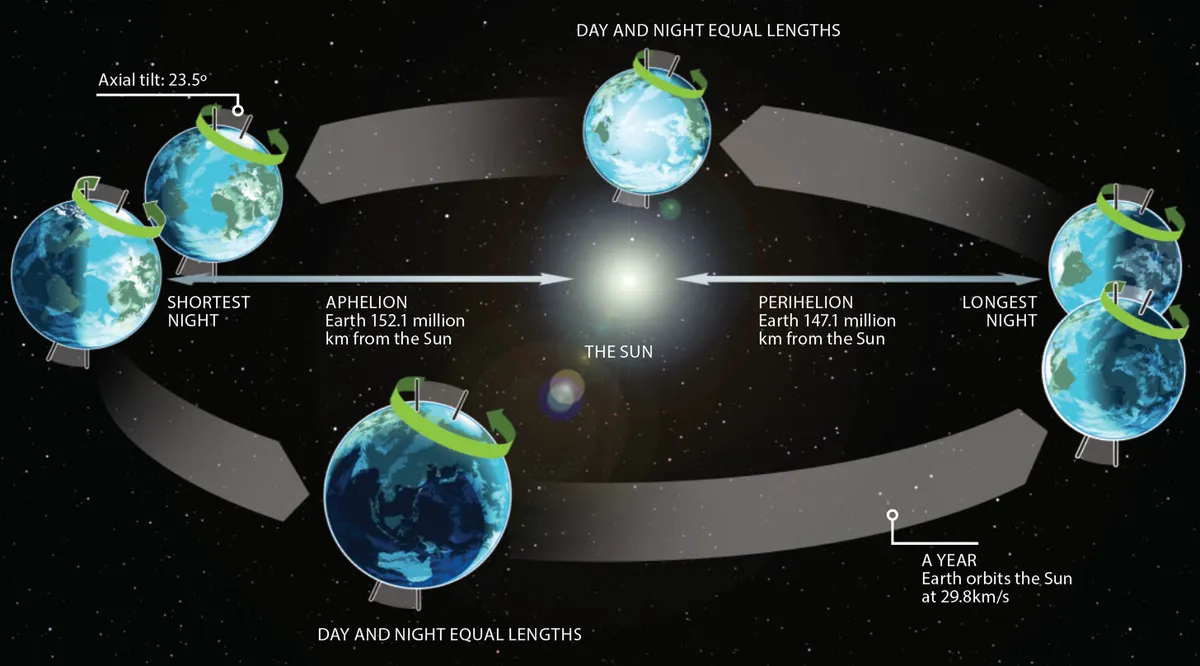
At perihelion Earth is 147 million km (91.4 million miles) from the Sun, and at aphelion it is 151 million km (94 million miles) away.
Spacecraft use gravity assists from Venus to reach the Sun and repeat the process to achieve closer passes of the Sun's surface.
ESA's Solar Orbiter , launched on 10 February 2020, came within 77 million km (48 million miles) by June of that year.

NASA's Parker Solar Probe , launched on 12 August 2018, is the fastest object ever built.
Using the first of what will end up being 7 flybys of Venus, it reached the Sun less than 3 months later on November 6.
At its closest approach, Parker Solar Probe will be just 6 million km (3.8 million miles) from the Sun's surface, 7 times closer than any previous mission, and reach speeds of 690,000 km/h (430,000 mph)
The spacecraft will endure temperatures of 1,370 degrees Celsius (1643 Kelvin).
Due to the 11.4 cm (4.5 inch) heat shield, which weighs just 73 kg (160 lbs), the instruments inside will remain around 29 degrees C.
Share this article

Science writer

- Terms and conditions
- Manage preferences
We have completed maintenance on Astronomy.com and action may be required on your account. Learn More

- Login/Register
- Solar System
- Exotic Objects
- Upcoming Events
- Deep-Sky Objects
- Observing Basics
- Telescopes and Equipment
- Astrophotography
- Space Exploration
- Human Spaceflight
- Robotic Spaceflight
- The Magazine
What is the speed of light? Here’s the history, discovery of the cosmic speed limit

On one hand, the speed of light is just a number: 299,792,458 meters per second. And on the other, it’s one of the most important constants that appears in nature and defines the relationship of causality itself.
As far as we can measure, it is a constant. It is the same speed for every observer in the entire universe. This constancy was first established in the late 1800’s with the experiments of Albert Michelson and Edward Morley at Case Western Reserve University . They attempted to measure changes in the speed of light as the Earth orbited around the Sun. They found no such variation, and no experiment ever since then has either.
Observations of the cosmic microwave background, the light released when the universe was 380,000 years old, show that the speed of light hasn’t measurably changed in over 13.8 billion years.
In fact, we now define the speed of light to be a constant, with a precise speed of 299,792,458 meters per second. While it remains a remote possibility in deeply theoretical physics that light may not be a constant, for all known purposes it is a constant, so it’s better to just define it and move on with life.
How was the speed of light first measured?
In 1676 the Danish astronomer Ole Christensen Romer made the first quantitative measurement of how fast light travels. He carefully observed the orbit of Io, the innermost moon of Jupiter. As the Earth circles the Sun in its own orbit, sometimes it approaches Jupiter and sometimes it recedes away from it. When the Earth is approaching Jupiter, the path that light has to travel from Io is shorter than when the Earth is receding away from Jupiter. By carefully measuring the changes to Io’s orbital period, Romer calculated a speed of light of around 220,000 kilometers per second.
Observations continued to improve until by the 19 th century astronomers and physicists had developed the sophistication to get very close to the modern value. In 1865, James Clerk Maxwell made a remarkable discovery. He was investigating the properties of electricity and magnetism, which for decades had remained mysterious in unconnected laboratory experiments around the world. Maxwell found that electricity and magnetism were really two sides of the same coin, both manifestations of a single electromagnetic force.
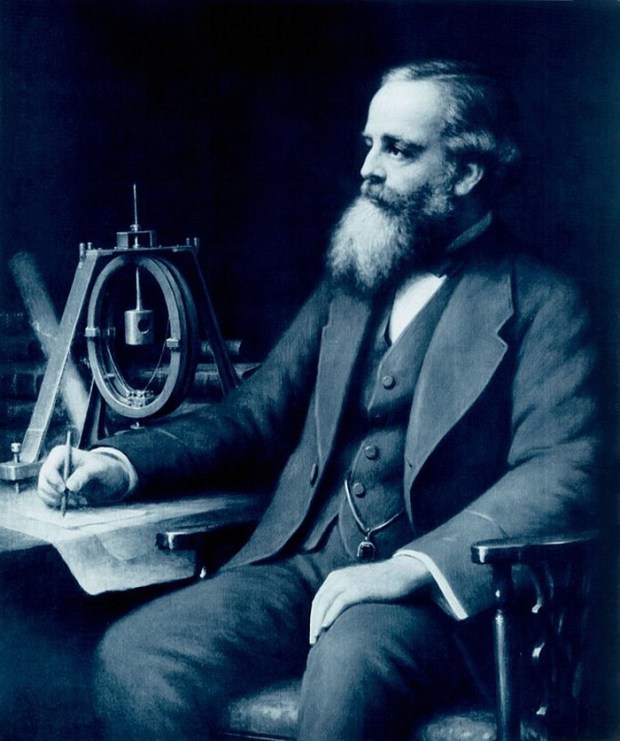
As Maxwell explored the consequences of his new theory, he found that changing magnetic fields can lead to changing electric fields, which then lead to a new round of changing magnetic fields. The fields leapfrog over each other and can even travel through empty space. When Maxwell went to calculate the speed of these electromagnetic waves, he was surprised to see the speed of light pop out – the first theoretical calculation of this important number.
What is the most precise measurement of the speed of light?
Because it is defined to be a constant, there’s no need to measure it further. The number we’ve defined is it, with no uncertainty, no error bars. It’s done. But the speed of light is just that – a speed. The number we choose to represent it depends on the units we use: kilometers versus miles, seconds versus hours, and so on. In fact, physicists commonly just set the speed of light to be 1 to make their calculations easier. So instead of trying to measure the speed light travels, physicists turn to more precisely measuring other units, like the length of the meter or the duration of the second. In other words, the defined value of the speed of light is used to establish the length of other units like the meter.
How does light slow down?
Yes, the speed of light is always a constant. But it slows down whenever it travels through a medium like air or water. How does this work? There are a few different ways to present an answer to this question, depending on whether you prefer a particle-like picture or a wave-like picture.
In a particle-like picture, light is made of tiny little bullets called photons. All those photons always travel at the speed of light, but as light passes through a medium those photons get all tangled up, bouncing around among all the molecules of the medium. This slows down the overall propagation of light, because it takes more time for the group of photons to make it through.
In a wave-like picture, light is made of electromagnetic waves. When these waves pass through a medium, they get all the charged particles in motion, which in turn generate new electromagnetic waves of their own. These interfere with the original light, forcing it to slow down as it passes through.
Either way, light always travels at the same speed, but matter can interfere with its travel, making it slow down.
Why is the speed of light important?
The speed of light is important because it’s about way more than, well, the speed of light. In the early 1900’s Einstein realized just how special this speed is. The old physics, dominated by the work of Isaac Newton, said that the universe had a fixed reference frame from which we could measure all motion. This is why Michelson and Morley went looking for changes in the speed, because it should change depending on our point of view. But their experiments showed that the speed was always constant, so what gives?
Einstein decided to take this experiment at face value. He assumed that the speed of light is a true, fundamental constant. No matter where you are, no matter how fast you’re moving, you’ll always see the same speed.
This is wild to think about. If you’re traveling at 99% the speed of light and turn on a flashlight, the beam will race ahead of you at…exactly the speed of light, no more, no less. If you’re coming from the opposite direction, you’ll still also measure the exact same speed.
This constancy forms the basis of Einstein’s special theory of relativity, which tells us that while all motion is relative – different observers won’t always agree on the length of measurements or the duration of events – some things are truly universal, like the speed of light.
Can you go faster than light speed?
Nope. Nothing can. Any particle with zero mass must travel at light speed. But anything with mass (which is most of the universe) cannot. The problem is relativity. The faster you go, the more energy you have. But we know from Einstein’s relativity that energy and mass are the same thing. So the more energy you have, the more mass you have, which makes it harder for you to go even faster. You can get as close as you want to the speed of light, but to actually crack that barrier takes an infinite amount of energy. So don’t even try.
How is the speed at which light travels related to causality?
If you think you can find a cheat to get around the limitations of light speed, then I need to tell you about its role in special relativity. You see, it’s not just about light. It just so happens that light travels at this special speed, and it was the first thing we discovered to travel at this speed. So it could have had another name. Indeed, a better name for this speed might be “the speed of time.”
Related: Is time travel possible? An astrophysicist explains
We live in a universe of causes and effects. All effects are preceded by a cause, and all causes lead to effects. The speed of light limits how quickly causes can lead to effects. Because it’s a maximum speed limit for any motion or interaction, in a given amount of time there’s a limit to what I can influence. If I want to tap you on the shoulder and you’re right next to me, I can do it right away. But if you’re on the other side of the planet, I have to travel there first. The motion of me traveling to you is limited by the speed of light, so that sets how quickly I can tap you on the shoulder – the speed light travels dictates how quickly a single cause can create an effect.
The ability to go faster than light would allow effects to happen before their causes. In essence, time travel into the past would be possible with faster-than-light travel. Since we view time as the unbroken chain of causes and effects going from the past to the future, breaking the speed of light would break causality, which would seriously undermine our sense of the forward motion of time.
Why does light travel at this speed?
No clue. It appears to us as a fundamental constant of nature. We have no theory of physics that explains its existence or why it has the value that it does. We hope that a future understanding of nature will provide this explanation, but right now all investigations are purely theoretical. For now, we just have to take it as a given.

2024 Full Moon calendar: Dates, times, types, and names

A weird, repeating radio signal from space stumps astronomers

Amateur astronomers help ID a ‘warm Jupiter’ exoplanet

Edmond Halley: The man behind the comet

The most common planets in the universe might be rich in carbon

Why do pictures of Earth taken from the Moon show a black sky with no stars?

Webb discovers the earliest known galaxy — for now
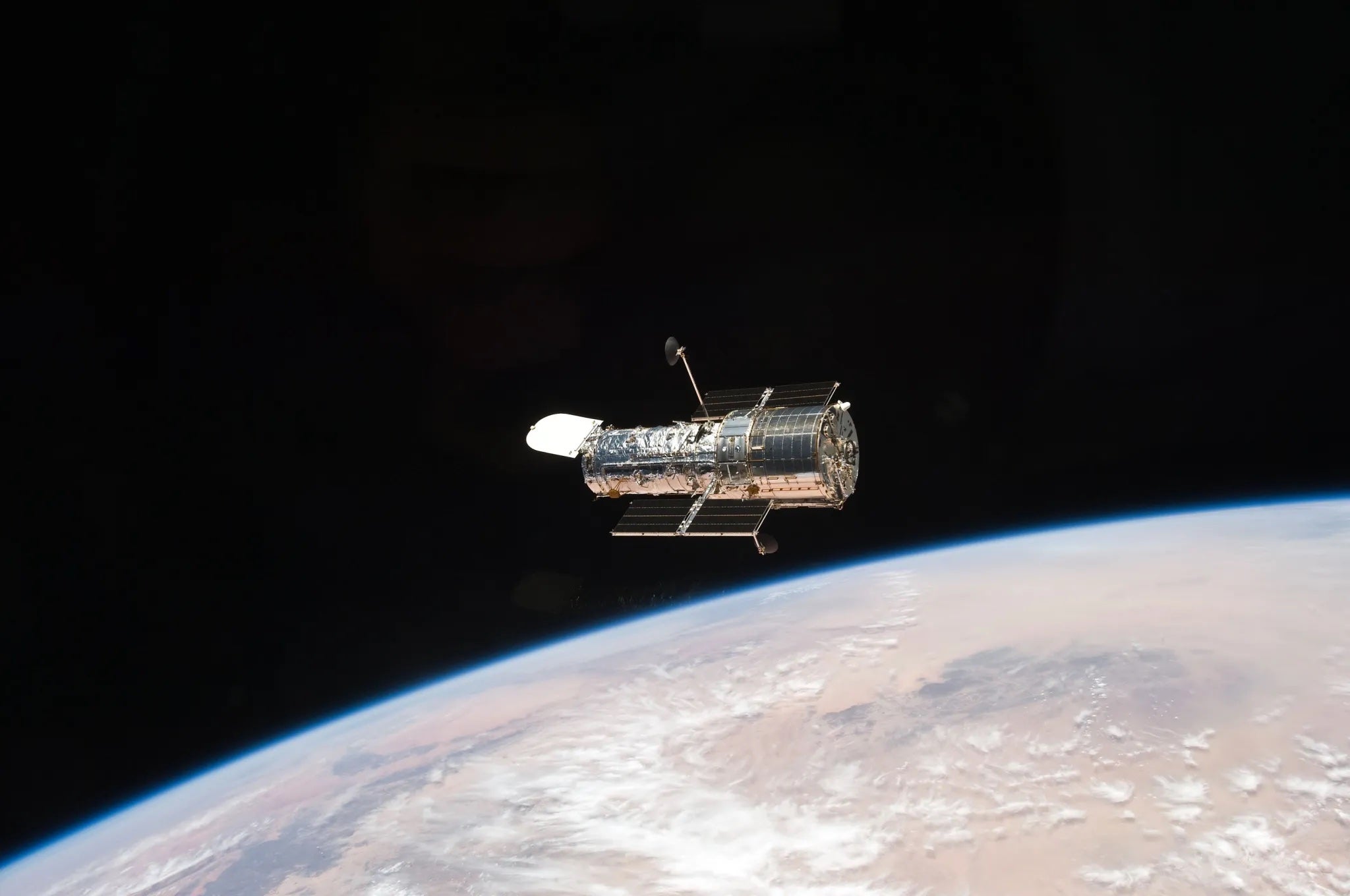
The aging Hubble Space Telescope is not finished quite yet

Hubble finds signature of water vapor in exoplanet GJ 9827d’s atmosphere
What is the time taken by sunlight to reach Earth?
The Sun is roughly 150 million kilometers (1 Astronomical unit) from the Earth. The Sunlight travels at a speed of about 300,000 kilometers/sec. By using the simple formula, “time= (distance/speed)”, we can calculate the time taken by sunlight to reach Earth.
Time taken by sunlight to reach Earth = (150,000,000/3,00,000) seconds = 500 seconds = 8 minutes 20 seconds
The Sunlight takes 8 minutes and 20 seconds on average to reach Earth.
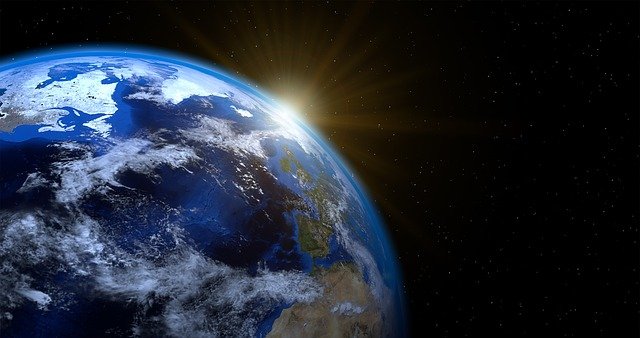
When Earth is at the perihelion, this time is reduced as Earth is closer to the Sun. At perihelion, the distance between Sun and Earth is about 147 million kilometers and the sunlight takes 490 seconds (8 minutes 10 seconds) to reach Earth.
When Earth is at the Aphelion, the Sunlight takes 507 seconds to reach Earth (8 minutes 27 seconds). At aphelion, the distance between Sun and Earth is about 152 million kilometers.
Time taken by Sunlight to reach different planets
- The distance between Earth and Moon | Supermoon
Leave a Comment Cancel Reply
Your email address will not be published. Required fields are marked *
Save my name, email, and website in this browser for the next time I comment.

Distances in Light Time between Planets and the Sun
Light time introduces the concept of length associated with the distance traveled by the light itself over a period of time.
In particular, the light year is a unit of length measurement, defined as the distance traveled by electromagnetic radiation (with the term light referring to the spectral portion visible from the human eye) in the vacuum, in a sidereal year (365 Days, 6 hours, 9 minutes, and 10 seconds).
The speed of light (c) in the void is 299 792,458 (km/s) . To have that distance in miles, just multiply that value over the time range considered. Approximately 9461 billion kilometers (or 63 241 times the distance between Earth and the Sun, also called astronomical units, is 149 597 870,700 km ).
The light year, like parsec (about 3.26 light years), is mainly used for galactic distances. Below are the distances between the Sun and the planets belonging to the Solar System in light time .
- Mercury : 3,3 light minutes
- Venus : 6 light minutes
- Earth : 8,3 light minutes
- Mars : 12,7 light minutes
- Jupiter : 43 light minutes
- Saturn : 1,3 light hours
- Uranus : 2,7 light hours
- Neptune : 4,2 light hours
Pluto, the dwarf planet, is at 5.3 light hours from us. You must travel a distance of one light year to get out of the Solar System; While you should travel at the speed of light for just over 4 years before encountering another star, Proxima Centauri.
- distances in light time
- solar system
- speed of light

Related articles

A new way to study Magnetic Fields in Galaxy Clusters

SpaceX brings the US back to space after 9 years
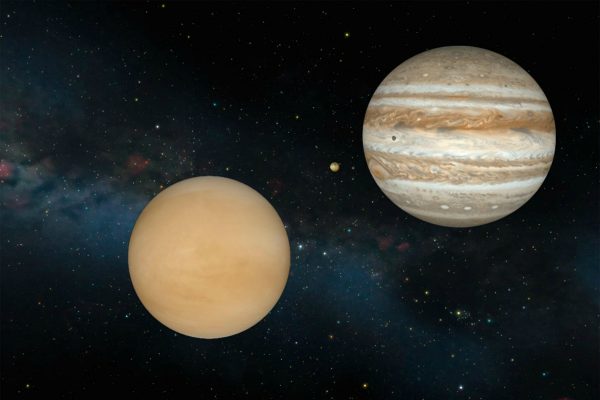
Conjunction of Venus and Jupiter between 12th and 13th November
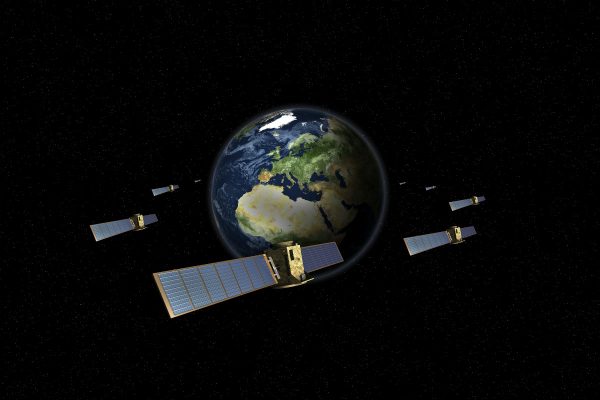
GPS satellites: “The largest Dark Matter detector ever built”
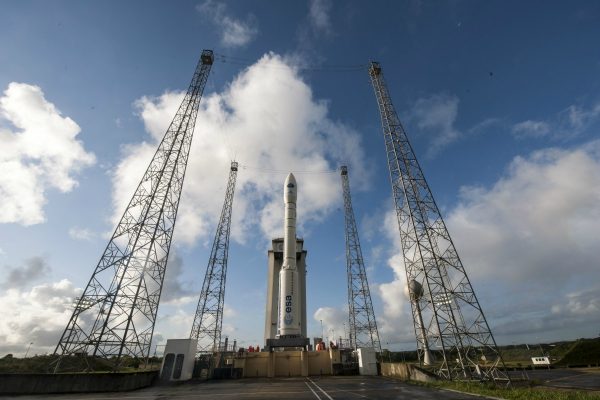
Vega: The 11th consecutive successful mission

60 Years Ago, Laika Died Alone in Space Aboard Sputnik 2
Lascia un commento annulla risposta.
Devi essere connesso per inviare un commento.
Recent Posts

Popular Posts

The Space Shuttle: How it works before and after launch

Brain Stimulation | Consciousness Restored in Man Who Was in a Vegetative State for 15 Years

Super Cute Home Robots are coming, but don’t trust them too much

NASA’s 2020 Mars Rover Will Have 23 Cameras
Submit your questions, suggestions and criticisms here:
SunCalc shows the movement of the sun and sunlight-phase for a certain day at a certain place.
You can change the suns positions for sunrise , selected time and sunset see. The thin yellow-colored curve shows the trajectory of the sun, the yellow deposit shows the variation of the path of the sun throughout the year. The closer a point in the center, the higher the sun above the horizon. The colors in the above time-slider shows the sunlight during the day. The sun on the time slider can be moved by mouse or with the arrow keys of the keyboard
To understand the sun and the moon even better, visit the website SunMoonTrack
With a small donation you can go to Contribute to the preservation of this website. The amount is free selectable and is done via PayPal .
Information in accordance with section 5 TMG:
Torsten Hoffmann Robert-Schumann-Str. 17 67304 Eisenberg Germany
How far does light travel in the ocean?
Light may be detected as far as 1,000 meters down in the ocean , but there is rarely any significant light beyond 200 meters..
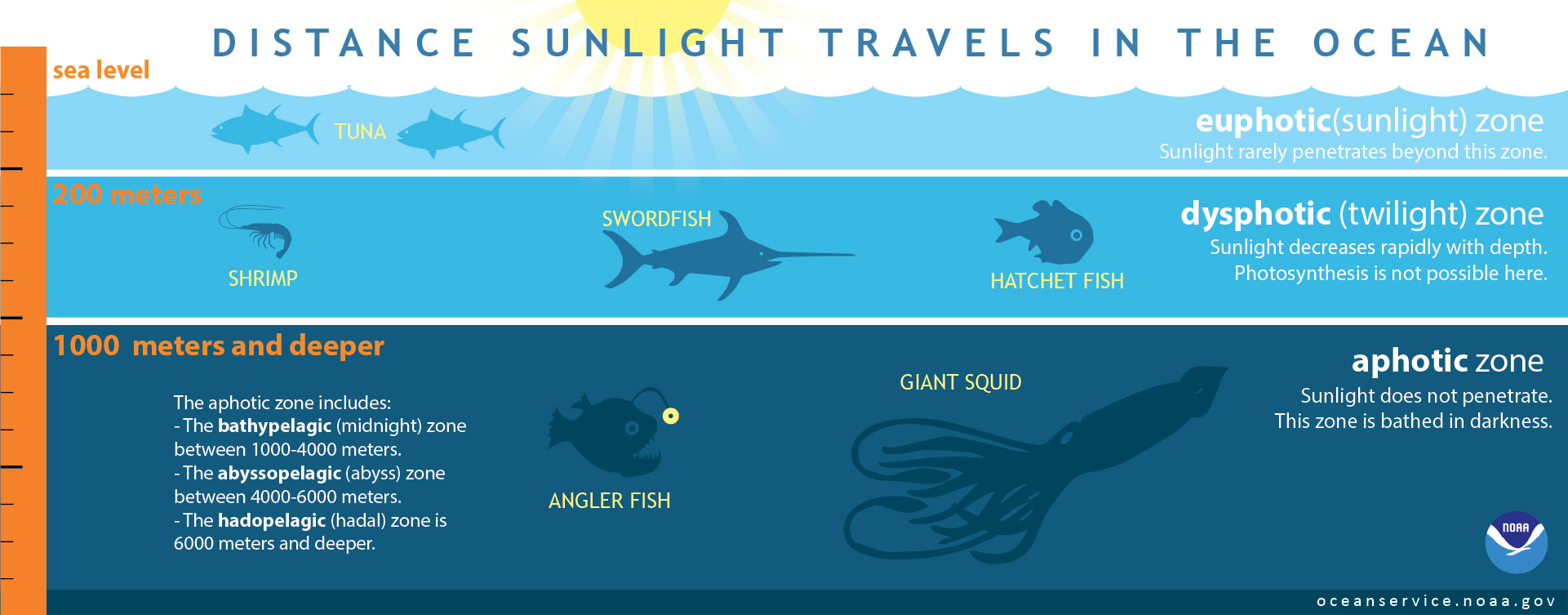
The ocean is divided into three zones based on depth and light level. Although some sea creatures depend on light to live, others can do without it. ‘Photic’ is a derivative of ‘photon,’ the word for a particle of light. A full transcript is available that presents this infographic content in plain text.
Sunlight entering the water may travel about 1,000 meters into the ocean under the right conditions, but there is rarely any significant light beyond 200 meters .
The ocean is divided into three zones based on depth and light level. The upper 200 meters of the ocean is called the euphotic , or " sunlight ," zone. This zone contains the vast majority of commercial fisheries and is home to many protected marine mammals and sea turtles.
Only a small amount of light penetrates beyond this depth.
The zone between 200 meters and 1,000 meters is usually referred to as the “ twilight ” zone, but is officially the dysphotic zone. In this zone, the intensity of light rapidly dissipates as depth increases. Such a minuscule amount of light penetrates beyond a depth of 200 meters that photosynthesis is no longer possible.
The aphotic zone exists in depths below 1,000 meters . Sunlight does not penetrate to these depths and the zone is bathed in darkness. The aphotic zone is further subdivided into the bathypelagic zone (or midnight zone) between 1,000 and 4,000 meters, the abyssopelagic (or the abyss ) between 4,000 and 6,000 meters , and the hadopelagic zone (or hadal zone) 6,000 meters and deeper.
Infographic Transcript: Distance Sunlight Travels in the Ocean
- The left side of this graphic shows a measuring stick against a representation of the ocean; it shows three depths: sea level, 200 meters, and 1,000 meters and deeper.
- The middle portion of the graphic shows the ocean divided into three zones. The first division from sea level to 200 meters is labeled as the euphotic (sunlight) zone and says "sunlight rarely penetrates beyond this zone." Graphic representations of tuna are shown swimming in this first zone. The second division from 200 meters to 1,000 meters is labeled as the dysphotic (twilight) zone and says "sunlight decreases rapidly with depth; photosynthesis is not possible here." Graphic representations of shrimp, swordfish, and hatchet fish are shown swimming in this second zone. The third division is labeled from 1,000 meters and deeper and is labeled as the aphotic zone and says "sunlight does not penetrate; the zone is bathed in darkness." Graphic representations of angler fish and giant squid are shown swimming in this zone.
- The division labeled 'aphotic zone' contains this additional text: "The aphotic zone incudes: The bathypelagic (midnight) zone between 1,000-4,000 meters; the abyssopelagic (abyss) zone between 4,000-6,000 meters; and the hadopelagic (hadal) zone is 6,000 meters and deeper.
- A solid blue thin line is at the bottom of the graphic shows the website address of the National Ocean Service and the NOAA logo.
More Information
How far does light travel in the ocean? (Ocean Explorer)
Search Our facts
Last updated:
Author: NOAA
How to cite this article

How Long Does it Take to Get to The Sun?
Last Updated: August 18, 2023
When we consider other astronomical objects in our solar system, it’s hard to forget the Sun, that massive ball of gas that keeps us from spinning into empty space and lights our day as the familiar yellow/ white ball that could be covered with your thumb. But, how long would it take to get there? Let’s dive into the various factors to determine how long it would take to travel to the Sun!
When calculating travel time you use two basic measurements: the distance and the speed of the vehicle. The average distance from Earth to the Sun — called an astronomical unit or AU— is 92,955,807 miles (149,597,870 kilometers).
However, just as it is here on Earth, travel time highly depends on the route you take and a variety of other factors.
Important Factors
There are typically four factors when considering a more precise flight duration to any astronomical object:
- Whether or not the spacecraft is sent to other celestial objects either for scientific studies and/or gravity assist using a slingshot flight maneuver. While a quick flyby mainly for a gravity assist will dramatically increase speed and decrease travel time, time spent studying that planetary system becomes a little more complicated in terms of its actual impact on average velocity and travel time.
- The launch vehicle capabilities as much of the speed of the aircraft (disregarding gravity assists and thruster adjustments) will be determined by the speed the rocket can attain after escaping Earth’s gravity, which requires a minimum of 7 miles/ 11.2 kilometers per second (25,000 mph or just over 40,000 km/ hr) just to reach Earth’s escape velocity. As a baseline, the Apollo spacecraft reached a speed of 8 km/sec.
- Slowing down requires time by either reverse-firing thrusters in space or utilizing atmospheric re-entry if landing. A flyby will be shorter than an orbit insertion (which is the best we can do for the Sun and many other destinations like our gas giants) or landing on the surface of an object like a moon. Even more so than other destinations, a significant amount of effort, time, and fuel is spent on NOT being sucked into the Sun (unless that is the goal). The Sun is the biggest thing around, holding everything in the Solar System in place. Its gravitational pull is massive.
- An astronomical destination is not a fixed point in space like a house since it is constantly moving. Planets and other objects in the solar system move around the Sun and the Sun moves around the galaxy ( we are never truly still ). So, we can’t only plan to reach the end destination based on the distance when we launch, but where it will be by the time we reach it. This calculation also has to be done for any gravity assists that will be planned along the trip.
While theoretical flight plans are helpful, what real flight plans can we compare to better understand more realistic travel times to the Sun?
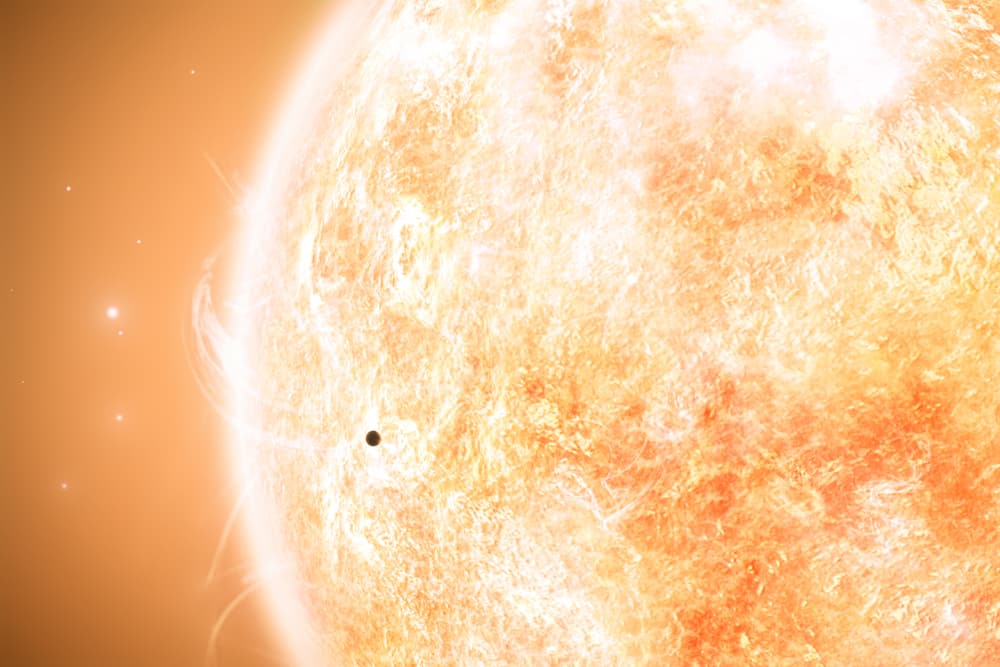
Past missions to the Sun
Many of the spacecraft that study the Sun do not go to the Sun. For example, while the Solar and Heliospheric Observatory (SOHO) is the longest-running solar observatory to date, it sits at LaGrange Point 1, not even halfway to the Sun from Earth as it provides an uninterrupted view of the Sun.
However, we have sent five missions to the Sun.
Helios-A and Helios-B (renamed Helios 1 and Helios 2 after launch) were a pair of probes launched into orbit around the Sun to study our star. It was a joint venture between German Aerospace Center (DLR) and NASA. The project set a maximum speed record for spacecraft of 157,078 mph (252,792 km/h or 70,220 m/s).
Helios-A was launched on the first operational flight of the Titan IIIE rocket and the same procedure was used for Helios-B. There were several instrumental issues for Helios-A so multiple adjustments were made to Helios-B to address these concerns. Today they are no longer functional, but remain in orbit around the Sun. Below are key mission events:
Helios-A took less than three months from launch to the first perihelion while Helios-B took just about three months. Neither used flybys.
Ulysses was a joint ESA-NASA mission designed to study and explore the solar poles in three dimensions. The mission originally planned to utilize two spacecraft, one from ESA and one from NASA, each of which would have flown over opposite poles and was dubbed the International Solar Polar Mission (ISPM). However, NASA canceled its spacecraft and instead focused on providing instruments, the launch vehicle, and communications and tracking.
Ulysses completed nearly three complete orbits of the Sun during more than 18 years in service and was the first mission to survey the space environment above and below the poles of our Sun. The 818-pound (371-kilogram) Ulysses spacecraft launched from the Space Shuttle Discovery.
From launch in October 1990 to the beginning of observations in June 1994, Ulysses took 3 years and 8 months, though many count it reaching the region of space around it a year earlier.
It’s also important to remember its closest approach was in March 1995 so we have to consider what qualifies as “arriving at the Sun”. Ulysses first did a gravity assist at Jupiter, accounting for the extended time period.
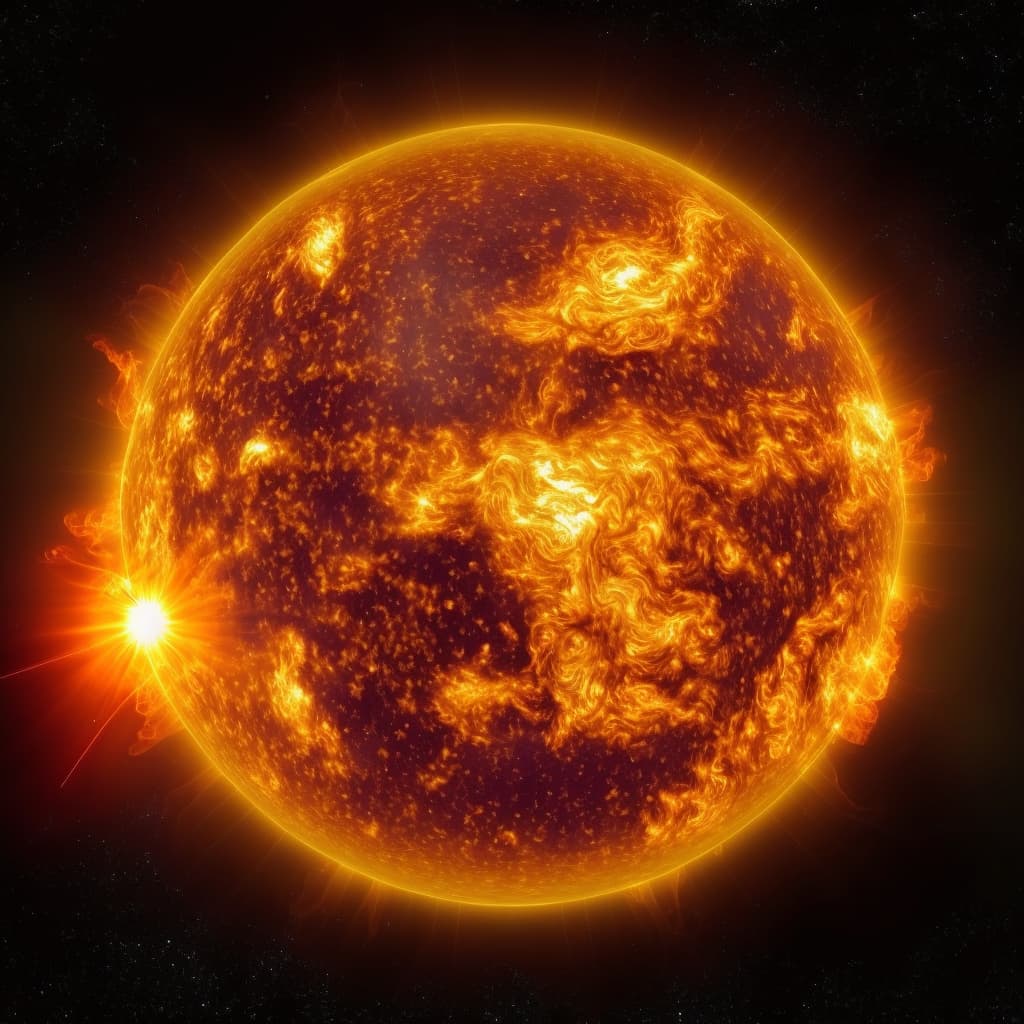
Parker Solar Probe
Often known as the mission to “touch the Sun”, Parker Solar Probe is focused on revolutionizing our understanding of our star over the course of 24 orbits around the Sun. The Solar Probe Plus Spacecraft at 1,510 pounds (685 kilograms) at launch sat on top of a Delta IV-Heavy with Upper Stage launch vehicle.
The mission’s route will utilize seven Venus flybys over nearly seven years to gradually shrink its orbit around the Sun. Check out this animation of the Parker Solar Probe’s orbits around the Sun .
Below are key dates in the mission, separated by year for easier reading. Note that perihelion means the point in an orbit that is closest to the Sun (think “peri” like perimeter or perilous or p for proximity) while aphelion is the point in an orbit that is furthest away.
In August 2023, Parker’s current speed is about 32,508 mph (52,315 kph) and since it is currently heading toward Venus for its sixth flyby, its current distance from the Sun is quite far: at over 69,191,441 miles (111,352,830 km).
At its closest approach in 2025, it will come as close as 3.83 million miles (6.16 million kilometers) to the Sun, a tenth of the orbit of Mercury, (on average, about 36 million miles from the Sun), and about seven times closer than the current record holder (the Helios 2 spacecraft, which came within 27 million miles in 1976).
At this point, it will zip around the Sun at approximately 430,000 mph (700,000 kph), fast enough to travel from Philadelphia to Washington, D.C., in one second. Its orbit will be 88 days. 8.92 miles per second (14.35 km/s)
The first perihelion was achieved only three months after launch, even including a Venus flyby in contrast to the Helios crafts.
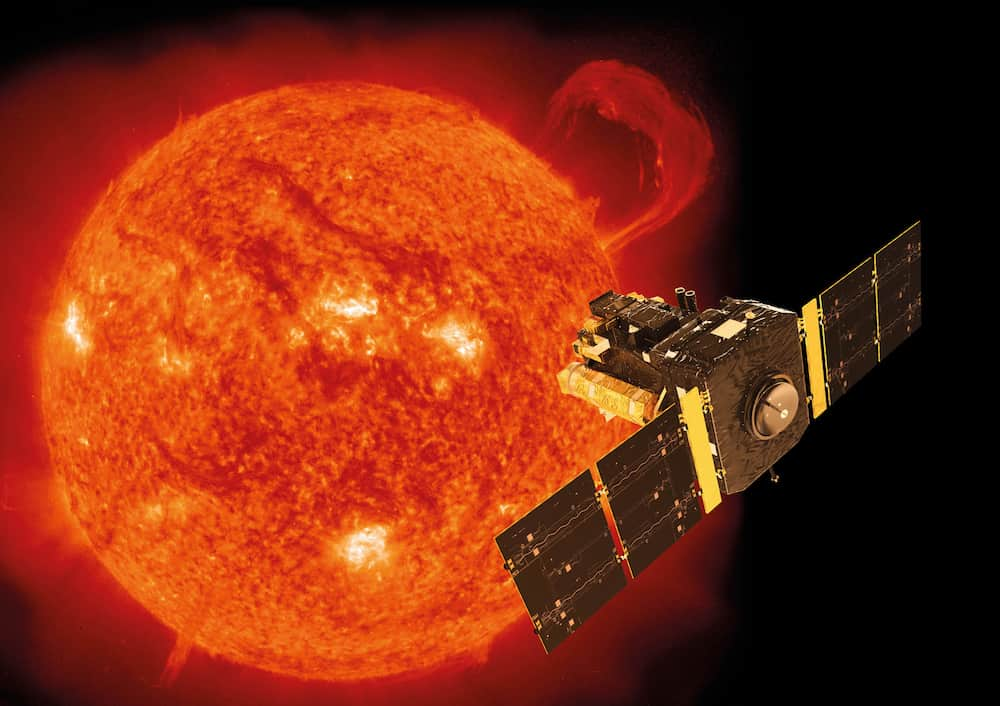
Solar Orbiter
Solar Orbiter is a joint ESA and NASA mission delving into the conundrum of how the Sun creates and controls the ever-changing space environment throughout our solar system by studying the heliosphere, the bubble of charged particles and magnetic fields blown out to over twice the distance to Pluto.
Over the course of 22 orbits around the Sun, it is traveling as close as 26 million miles (42 million km) from the Sun to study the magnetic fields, waves, energetic particles, and plasma escaping the Sun. It launched on a United Launch Alliance Atlas V 411 rocket, utilized multiple gravity assists from Earth and Venus, and then about 3.5 years later entered an elliptical orbit around the Sun, completing one revolution every 168 days.
It is using gravity assists from Venus and Earth to gradually lift itself out of the ecliptic plane that all the planets lie in up to an angle of about 24 degrees above the solar equator (33 degrees if the extended mission is approved) to capture the first images of the poles from high latitudes. It can hover over specific spots when it almost matches the Sun’s rate of rotation at its fastest speed.
Together with Parker Solar Probe, they are providing never before seen data to help us better understand our star.
From launch to first perihelion, Solar Orbiter took 4 months to arrive at the Sun.
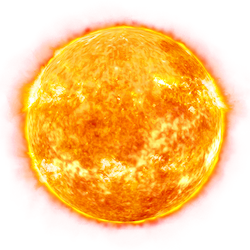
General Estimate for Probes
As we have seen, you can reach 1st perihelion in orbit in 3 months, even with a Venus flyby. Subsequent gravity assists over months and even years are typically used to get closer and closer without getting sucked into the star.
Theoretical Estimates
What about humans traveling to the Sun? It’s important to note that currently there is no safe way to send a crewed mission to the Sun or even Mercury. The temperatures and radiation threats are too high. In completely theoretical terms, the fastest that humans have ever traveled in space is 24,791 mph (39,897 km/ hr), which was achieved by the returning Apollo 10 astronauts in May 1969. At that speed, we could theoretically reach the Sun in about 155 days or about five months, but that wouldn’t include the time needed to slow down.
In terms of light speed, light from the sun takes about 8 minutes and twenty seconds to reach the Earth, so if in the future we could travel at the speed of light, which the current understanding of physics says is an impossibility for anything besides light, it would take less than 8 and a half minutes.
The Sun sits about 92,955,807 miles (149,597,870 kilometers) away. The calculation for how long it would take to get there is highly dependent on the speed achieved, the route, the number of “stops”, the number of gravity assists, and the approach procedure in which we slow down. Do we go straight to the Sun or utilize gravity-assist maneuvers from other planets, especially to save on fuel?
Based on past and current missions to our star, it takes probes about 3-4 months to “arrive” at a first perihelion in orbit. However, subsequent gravity assists are often utilized to get us closer and closer. It is important to remember that crewed missions to the Sun are not considered viable due to radiation concerns (even Mercury is a no-go for humans), but who knows what innovations the future may hold? Perhaps someday in the future, we can protect astronauts in a spacecraft enough to have them visit inside Mercury’s orbit or even closer to the Sun.

Written by Sarah Hoffschwelle
Sarah Hoffschwelle is a freelance writer who covers a combination of topics including astronomy, general science and STEM, self-development, art, and societal commentary. In the past, Sarah worked in educational nonprofits providing free-choice learning experiences for audiences ages 2-99. As a lifelong space nerd, she loves sharing the universe with others through her words. She currently writes on Medium at https://medium.com/@sarah-marie and authors self-help and children’s books.
Explore more space travel stories 🚀
This page is part of our collection of astronomy articles . If you enjoyed the read, then you’ll love the following articles.
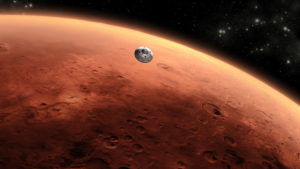
The Duration of a Voyage to Mars: A Detailed Analysis
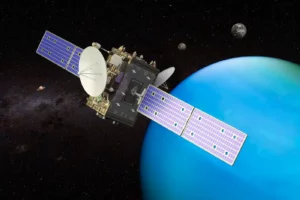
How long does it take to reach the Uranus?
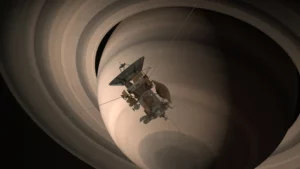
Countdown to Saturn: The Travel Time Involved

How long does it take to reach the Moon?
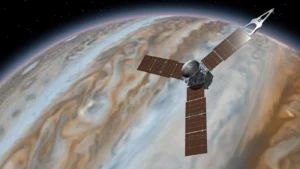
How long does it take to get to Jupiter?
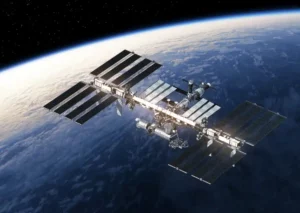
How long does it take to reach the ISS?

Flight Time Calculator
Flying time between cities.
Travelmath provides an online flight time calculator for all types of travel routes. You can enter airports, cities, states, countries, or zip codes to find the flying time between any two points. The database uses the great circle distance and the average airspeed of a commercial airliner to figure out how long a typical flight would take. Find your travel time to estimate the length of a flight between airports, or ask how long it takes to fly from one city to another.
You can also search for the closest airport to any city in the world or check the flying distance between airports. If you're thinking about a road trip, compare the driving time for the same route.
Home · About · Terms · Privacy

Protect Your Trip »
What to do if your flight is canceled.
Follow these steps in the event your flight is canceled.
Flight Canceled or Delayed? What to Do

Getty Images
Key Takeaways
- Airlines will soon be required to automatically refund travelers for canceled flights.
- You will be eligible for a refund if your domestic flight is delayed by more than three hours, or if your international flight delay exceeds six hours.
- Using the airline's app or calling an international airline number is often the quickest way to rebook a flight.
- The DOT Cancellation and Delay Dashboard shows what each major domestic airline will or will not provide in the event of a cancellation or delay currently.
In April 2024, the Department of Transportation announced a new series of protections for air travelers , including automatic refunds for canceled flights and, in some cases, flight delays. Airlines in the U.S. have six months until they will be expected to start implementing the new rule.
If your flight has been canceled or delayed, read on for step-by-step instructions on how to rearrange your travel plans and whether or not you are eligible for a refund at this time.
What to do if your flight is canceled
1. get on the airline's app – or make an international call.
First, pull up the airline's app on your phone. Most airline apps allow you to easily rebook your flight for free, provided you can supply your six-character reservation code. Getting in line to speak with an agent and calling the airline while you wait is also a good idea (albeit slower than using an app), and social media messaging, texting or WhatsApp may prove helpful. "During times of mass travel disruption, you should try all different avenues for getting help," says Nick Ewen, director of content at The Points Guy.
Ewen also recommends a lesser-known tactic: calling the airline's international numbers. Airlines have offices in Canada, Mexico, the U.K. and more. "While it can be costly, you can often get through to an agent more quickly," Ewen says.
Note that, depending on why your flight was canceled, finding seats on a new flight may alter your travel plans considerably.
2. Book a hotel
Next, determine if you need overnight accommodations. "If you were originally booked on the last flight of the night and there are no other options, grab a hotel room near the airport before they're all taken," Ewen advises.
3. Ask for a refund
If the airline cancels your flight and you're forced to change your travel plans, you are entitled to a cash refund per federal law . Unfortunately, getting a refund can be a lengthy and frustrating process. Most airlines will instead offer a credit for future travel, but before you accept, note that travel credits can come with restrictions, such as blackout dates
Soon, airlines will be expected to issue refunds within seven business days — either in cash or on the credit card you used to book your flight — if you turn down a travel credit.
4. Reference the DOT Cancellation and Delay Dashboard
While you're entitled to a full refund, other flight cancellation policies may vary by airline. Go to the DOT's Cancellation and Delay Dashboard to see what each major airline will and will not offer in the event of a controllable cancellation.
Tips on Trips and Expert Picks Newsletter
Travel tips, vacation ideas and more to make your next vacation stellar.
Sign up to receive the latest updates from U.S News & World Report and our trusted partners and sponsors. By clicking submit, you are agreeing to our Terms and Conditions & Privacy Policy .
What to do if your flight is delayed
Currently, airlines are not legally obligated to give you a refund for a flight delay unless the DOT determines the delay to be "significant," a term that's defined on a case-by-case basis.
The DOT's new rule defines "significant changes" for the first time, and when it goes into effect later this year, you will be eligible for a refund in the following scenarios:
- Departure or arrival times for domestic flights exceed three hours
- Departure or arrival times for international flights exceed six hours
- There's an increase in the number of connections
- Departures or arrivals take place at a different airport than the one(s) you booked
- You're downgraded to a lower flight class than the one you booked
- You have a disability and your connections are at different airports and/or on different flights that are less accessible
Research other flights
Investigate what other flights on that airline are headed to your destination and ask an agent if they can get you on one of them (without charging change fees). Also be sure to look into what's available on other airlines: If your original airline doesn't have any flights available on your departure date, an agent may be able to book you on a flight with a different carrier at no additional cost to you. Note, however, that airlines are not legally required to do this.
Inquire about other compensation
If you've been stranded at the airport for several hours, check in with an agent and reference the Commitments for Controllable Delays section on the DOT's Cancellation and Delay Dashboard – regardless of whether you're able to get on another flight. Some airlines may provide amenities such as vouchers for meals or overnight accommodations.
Frequently Asked Questions
"The main causes for flight disruptions are bad weather, understaffed air traffic control, and factors within the airline’s control," says Katy Nastro, a spokesperson at Going.com, formerly Scott's Cheap Flights. She explains the following:
- Weather: This is outside of the airline's control and is the single biggest reason for why we see flight disruptions. We saw this play out over the winter holidays in 2022, and even to some extent during the 2023 holiday season. Even if the weather is accurately predicted, it cannot be controlled, which means at times flight disruptions are unavoidable.
- Understaffed air traffic control: The U.S. air travel industry has made strides in pilot hiring year over year, but when it comes to air traffic control, we are still down roughly 1,000 fewer air traffic controllers from a decade ago. New York metro area airports specifically have felt the brunt of this deficit, so much so that airlines were permitted to reduce schedules without penalty from the summer until the end of Q4 in 2023. At its lowest, the decrease in flights in the New York metro area resulted in about 11% fewer flights per day. With less trained staff, current air traffic controllers are stretched to the limit, and schedule reductions only temporarily solve this problem. Even with aggressive hiring efforts, training takes time and will not be a quick fix.
It's almost impossible to avoid canceled or delayed flights these days. But there are a few things you can do when booking flights to lessen your chances for travel disruptions.
Keep tabs on your aircraft: On your departure date, check your flight information before heading to the airport. You can keep a watchful eye on the flight's status – including the aircraft scheduled to operate your flight – using the airline's app or a third-party app such as FlightAware Flight Tracker (which also offers a website ), FlightRadar24 or TripIt Pro.
"As an example, if you're flying from Orlando to New York, and your plane is flying in from Chicago, the initial flight from Chicago to Orlando might be delayed (or canceled) before yours is," Ewen explains. "Airlines will try to find replacement aircraft in that case, but if you can identify a potential cancellation before it officially happens, you may be able to get rebooked ahead of the other 100-plus passengers on your flight."
Consider an alternate airport: When booking your flight, you may consider flying out of a different airport than the one you typically depart from. For example, a small regional airport with limited routes may mean less travel delays and hassle overall – or it may be worth driving further to another international airport for a nonstop flight to your destination rather than opting for a connecting flight close to home.
Fly in the morning: While flight disruptions are unpredictable, historically fewer cancellations and delays occur in the morning.
Avoid weekend travel: Fly on off-peak days like Tuesday or Wednesday. You'll often find cheaper flights on these days, too.
Opt for longer layovers: If you need to take more than one flight to reach your destination, book a flight with a longer layover to provide enough time to make your connecting flight. Keep in mind that at some airports you may need to go through security or customs for your connection. For longer journeys, you can reduce the risk of missing connecting flights by planning a city stopover. For example, Icelandair offers Iceland stopovers for no additional airfare.
Consider a credit card with travel protections: You don't need to be a frequent traveler to take advantage of credit card travel protections and perks. Here are a couple options to consider:
- Chase Sapphire Preferred : This travel credit card ($95 annually) provides coverage for delays and cancellations when used to book flights. It also provides other travel protections such as delayed baggage coverage. "Even someone who travels just once or twice a year can still get phenomenal value from this card," Ewen says.
- American Express Platinum Card : This card ($695 annually) offers travel insurance that reimburses some nonrefundable expenses like hotel accommodations, meals and other essentials as long as the trip was purchased using the card.
When choosing a travel credit card, you should also pay attention to other benefits. Even the most basic airline credit cards can offer travel perks like discounts on in-flight purchases and waived baggage fees, while premium travel credit cards (which require a higher annual fee) can include access to an airport lounge with food, drinks and Wi-Fi. Some also provide a concierge service to rebook flights or built-in trip insurance to cover unforeseen expenses.
Purchase travel insurance: If your credit card doesn't include travel protections, consider purchasing insurance with flight coverages – even a cheap travel policy can help protect your investment. Covered reasons include a travel carrier delay and loss or theft of travel documents, among other scenarios. If you're interested in purchasing a policy, you can browse the best travel insurance companies here .
Talk to a travel advisor: "Booking directly with your travel advisor provides more leverage and support if something goes wrong," explains Jessica Parker, founder of Trip Whisperer . "We can advocate for a better outcome should there be cancellations or hiccups in the itinerary."
Charlotte French, owner of Cavatica Luxury Travel , agrees, sharing this recent example: "My clients were booked on a nonstop United Flight from Tokyo (HND) to EWR (Newark) in business class, when it was canceled (due to technical issues). The clients were waiting in line to find other options for their return flight home; however, these were very limited. In parallel, I was able to speak to the United Airlines corporate desk (as a travel advisor) and was able to secure them in business class on a flight out of Tokyo the same day."
Avoid checking luggage: Travelers who only travel with a carry-on bag and/or personal item (such as a backpack or purse) that meet carry-on size restrictions will have the most flexibility in rebooking – and will also avoid the chance of lost luggage, another common issue. Some carriers will try to move checked luggage to a later flight for you and will make every effort to keep you and your belongings together. However, when airlines don't have interline agreements with other carriers, you'll have to allow enough time to retrieve and recheck your own luggage.
The number of canceled flights recently fell to its lowest rate in at least a decade — a welcome change for air travelers, especially following COVID-19-era travel disruptions.
Still, flight cancellations will always be inevitable, especially during the busy summer travel season. Summer 2024 is shaping up to be especially busy. "It was the busiest March on record for air travel according to the TSA," explains Nastro. "It also had the tenth busiest day on record, which is pretty significant since it is not a 'peak period' and is generally considered off-season in the Northern Hemisphere. If this trend continues, we are likely in for the busiest summer on record when it comes to air travel."
You might also be interested in:
- The Top Luggage Trackers
- Is a Travel Agent Worth It? The Pros and Cons
- Can I Use My Own Airplane Seatbelt Extender?
- How to Get Airport Wheelchair Assistance
- The Top Cheap Weekend Getaways
Top All-Inclusive Resorts in the U.S.

Tags: Travel , Travel Tips
World's Best Places To Visit
- # 1 South Island, New Zealand
- # 4 Bora Bora
If you make a purchase from our site, we may earn a commission. This does not affect the quality or independence of our editorial content.
You May Also Like
The best places to celebrate juneteenth.
Suzanne Mason June 6, 2024

The Best Salem Tours
Lyn Mettler June 6, 2024

The Best Key Largo Snorkeling Tours
Gwen Pratesi June 6, 2024

The Best London Tours
Kim Foley MacKinnon June 5, 2024

Celebrity Ascent Review
Megan duBois June 5, 2024

The Best Graceland Tours
Gwen Pratesi June 5, 2024

Top Things to Do in Orange County, CA
Brittany Chrusciel and Sharael Kolberg June 4, 2024

Fun Things to Do in Arkansas
Ben Luthi and Justine Harrington June 3, 2024

Top Things to Do in Florida
Gwen Pratesi May 31, 2024

The Best Travel Neck Pillows
Timothy J. Forster and Amanda Norcross May 30, 2024

The best time to visit Thailand

Jan 3, 2024 • 5 min read

Find the best time to visit Thailand for you © Chadchai Ra-ngubpai / Getty Images
Silky-soft beaches, jungle-draped mountains, incredible food and a well-connected position at the heart of Southeast Asia have made Thailand a tourism hub for decades.
It welcomes more than 11 million visitors a year. All the same, travelers who dream of perpetually sunny skies and balmy weather might be dismayed at the pelting rain that arrives like clockwork every July or the sky-high price of their hotel from December to January.
The kingdom is full of diversions – myriad night markets, thundering waterfalls, even cherry blossoms and the occasional dusting of frost – but to experience them for yourself, you need to be in the right place at the right time. Here’s how.

December to February is best for beaches
The prevailing joke about Thai weather is that the country has three seasons: hot; wet and hot; and really, really hot. That may be, but when the “cool” season rolls around in December, you will find Thais bundled up in sweaters and even puffer jackets to combat temperatures that fall as low as 23°C (73°F).
While this may be cold for Thais, it’s perfect for international travelers hitting the beach, especially those escaping the northern winter, and resorts like Phuket , Samui and Krabi are predictably packed with sun-seekers at this time of year.
Daytime highs of 31°C (88°F) make outdoor activities warm but bearable, while nights are a hive of activity, with street food vendors lining the sidewalks and markets clad in fairy lights tempting even the most unwilling of shoppers.
The cool season is not for beachcombers alone. This time of year sees frost up north in the mountains as temperatures drop to 13°C (55°F). The northeast region even ushers in its own cherry blossom season as Phu Lom Lo erupts in a burst of pink Himalayan cherry blooms. Early morning hikers are rewarded with sunrise views over a sea of fog at the northern border with Laos , and wildflowers dapple the slopes of Doi Suthep and Phu Tabberk .
Not surprisingly then, this time is considered Thailand’s high season, when hotel and transportation prices are at their peak. However, the payoff is the kingdom at arguably its most beautiful and welcoming, temperature-wise.

March and April are best for tropical fruit and Songkran
The weather, even for Thais, becomes alarmingly toasty during Thailand’s “summer” when temperatures average 30°C (87°F). School is out, meaning the capital is less crowded than usual, and the beaches are typically jammed with Bangkokians seeking reprieve from the heat. Meanwhile, temperatures in the usually temperate north soar to 36°C (97°F).
While it may seem a miserable time to visit, foodies will have a field day because all of Thailand’s most beloved fruits – mangoes, mangosteens, rambutans and Marian plums – are in season.
In mid-April, Thailand celebrates its new year, Songkran , and the streets burst into joyful water fights. You’ll find the entire country in celebration: families seeking blessings from their elders, Thais dancing in the streets, and travelers receiving benedictions in the form of perfumed water on the hands, daubings of brightly colored powder on the cheeks or (most likely) a blast of water in the face. Fans of water fights (and getting drenched) will find their like-minded brethren anywhere in the kingdom.
Meanwhile, fans of an empty Bangkok can take advantage of… an empty Bangkok. That means breezy commutes from one end of the city to the other, less competition at popular restaurants and fewer crowds to contend with at shopping malls and theaters. The change in the city is so pronounced that quite a few Bangkokians prize this time of year, opting to make sure that when Songkhran rolls around, they celebrate in the capital.

May to October is best for accommodation bargains
Thailand’s rainy season is long, but it doesn’t necessarily mean non-stop torrential downpours. Monsoon rains, especially before July, are typically violent but short, usually arriving in the early evening and lasting for 20 to 30 minutes. (Luckily, Thailand’s location means it avoids the strong typhoons experienced by Vietnam and the Philippines.) The problem is Bangkok traffic snarls for hours as a result, but travelers in less congested destinations are not necessarily affected, and hotel and transportation prices linger at months-long lows.
From May to July, beach resorts on the Andaman Sea side of Thailand – especially on weekdays – are basically deserted, claiming only a fraction of the prices they would normally charge during high season. This means that even at five-star resorts, choice rooms can be rented for far less than their usual rate. And while there will likely be daily rains, they’re usually brief.
Low-season rates extend to non-beach-but-still-popular destinations like Chiang Mai and Khao Sok , where a treasure trove of accommodation options, from floating bungalows to mountaintop cabins, awaits savvy bargain hunters willing to put up with a sudden shower or two. In contrast, July and August are peak season for islands in the Gulf of Thailand like Samui , where the weather is less affected by monsoon rains.
From September to October, the northeast is brimming with waterfalls, providing impromptu bathing areas for visitors with the foresight to bring bathing suits or even just towels. A word of warning: this is also when flooding may occur in the north or northeast, with water reaching all the way to Bangkok in some years. Only riverside areas are at risk, so make sure to check before you go.

November is best for experiencing Loi Krathong
November marks the beginning of the dry season and is considered the shoulder to high season, but bargains can still be found among the bigger local hotel chains.
On the night of November’s full moon, the country celebrates its Loi Krathong festival, marking the end of the rainy season. This is also when people float away their sins by placing candles on makeshift river rafts or lanterns in hopes of welcoming the coming year with a clean slate.
This article was first published Mar 2, 2021 and updated Jan 3, 2024.
Explore related stories

Festivals & Events
Apr 8, 2024 • 6 min read
With three seasons – hot, rainy and (comparatively) cool – Bangkok offers very different experiences throughout the year. Here's the best time to visit.

Nov 27, 2023 • 7 min read

Feb 10, 2023 • 6 min read

May 23, 2024 • 5 min read

Apr 28, 2024 • 6 min read

Apr 28, 2024 • 5 min read

Apr 26, 2024 • 7 min read

Apr 25, 2024 • 6 min read

Apr 19, 2024 • 7 min read

Apr 18, 2024 • 12 min read

In Pictures: Aryna Sabalenka takes in the picturesque views of Greece with Georgios Frangulis as they go on vacation days after her French Open exit
A ryna Sabalenka is making the most of her "much needed" time off the court. The Belarusian jetted off to Greece with Georgios Frangulis following her 2024 French Open exit.
Sabalenka, who was defending her semifinal run from last year, fell short against teenage prodigy Mirra Andreeva in the quarterfinals in Paris this time. Notably, the World No. 2 was out of sorts throughout the 6-7 (5), 6-4, 6-4 loss.
Despite her stomach issue, though, Aryna Sabalenka fought till the end, resorting to pills to keep herself alive in the contest. She skipped her post-match press conference due to the aforementioned illness, but briefly addressed the media afterward. She spoke about her decision to keep at it despite feeling unwell.
"I had a difficult time out there physically. I have been very sick the last few days with some kind of stomach bug, so it's been a challenge," she said, according to express.co.uk. "I always do my best to fight to the end. I had to keep trying and just hope I could find a way and feel a bit better."
To move on from the loss, Aryna Sabalenka has treated herself to the perfect escape in Greece. On Saturday, June 8, the 26-year-old gave fans a glimpse into her vacation with Georgios Frangulis, showing off her villa overlooking the Mediterranean.
"Recharging… much needed," her Instagram story caption read.
The tennis player also joked about working on her tan lines as she basked in the sun.
"Ready to work a bit on these tan lines," she wrote.
In one picture, she and Frangulis were seen enjoying some drinks by the ocean.
"So grateful for all I have," she added.
Aryna Sabalenka was cheered on by Georgios Frangulis during her French Open 2024 campaign
Aryna Sabalenka has enjoyed Georgios Frangulis' support throughout the 2024 claycourt season.
Frangulis, who is of Brazilian and Greek heritage, is the CEO and founder of Oakberry Acai, a brand that has been sponsoring Sabalenka since January this year. The entrepreneur was first seen with the tennis player during the 2024 Madrid Open. He cheered her on during her run to the finals, where she fell short in her title defense against arch-rival Iga Swiatek.
Georgios Frangulis then attended the former World No. 1's matches at the Italian Open, where she incurred an identical result against Swiatek. In her runner-up speech, Aryna Sabalenka blew a kiss in the Brazilian's direction and the two mirrored each other with hand heart gesture.
"Just like I promised, Georgios, thank you for your support," Sabalenka was heard saying.
The duo also visited the Emilia Romagna Grand Prix after her loss. Frangulis was present in Sabalenka's player's box at the French Open, too. However, despite being spotted together on multiple occasions, they haven't made any statements regarding their relationship.
The World No. 2 would hope for Frangulis' support during the upcoming grasscourt season. She starts her campaign on June 17 at the WTA 500 Berlin Ladies Open.


IMAGES
VIDEO
COMMENTS
Here's the math. We orbit the Sun at a distance of about 150 million km. Light moves at 300,000 kilometers/second. Divide these and you get 500 seconds, or 8 minutes and 20 seconds.
You simply divide distance by speed and you get time. In this case, you divide 93-million miles by 186,000-miles per second to get 500-seconds, which can be converted to minutes by multiplying 500-seconds by 60, which gives you 8.3-minutes. Thus, it takes just a little over 8-minutes for light from the sun to reach the Earth.
We orbit the Sun at a distance of about 150 million km. Light moves at 300,000 kilometers/second. Divide these and you get 500 seconds, or 8 minutes and 20 seconds. This is an average number ...
Neptune: 4.35 billion km (2.7 billion miles) away from Earth on average so it takes about 4-4.5 hours for light from Neptune to reach Earth. So, the time it takes for light from each planet in our solar system to reach Earth varies depending on the distance between the two.
The average journey time for sunlight to reach Earth is 8 minutes and 20 seconds. Are there variations in the time it takes for sunlight to reach Earth? Yes, variations in sunlight travel time occur due to the Earth's elliptical orbit around the Sun. At its closest point, sunlight takes 490 seconds to reach Earth, while at its most distant ...
How long does it take for light from the Sun to reach Earth? - BBC Sky at Night Magazine. How long does light from the Sun take to reach Earth? Why when we look at the Sun, we're seeing at as it existed about 8 minutes ago!
This physics video explains how to calculate the time it takes for light to travel from the Sun to the Earth in minutes given the speed of light.More Physics...
Those 2.6 seconds were exactly the round-trip travel time for radio waves between the Earth and the Moon. The Sun is 93 million miles away, so sunlight takes 8 and 1/3 minutes to get to us.
A: The speed of light is approximately 1,079,000,000 kilometers/hour (670,600,000 miles/hour). On average, the Sun is 150 million kilometers (93 million miles) away from Earth. This means that it takes a photon of light about 8 minutes and 20 seconds to travel from the Sun to Earth. Posted on December 5, 2016 at 8:49 am. Categories: Gravity & Air.
The answer is simply light. The term "light-year" shows up a lot in astronomy. This is a measure of distance that means exactly what it says - the distance that light travels in one year. Given that the speed of light is 186,000 miles (299,000 kilometers) per second, light can cover some serious ground over the course of 365 days.
Using the equation Rate × Time = Distance, you can divide any distance by this number to figure out the time it would take light to cross that distance. In this way, we can see that light takes 1.5 × 10 8 / 3 × 10 5 = 500 seconds to reach Earth from the Sun, or just over 8 minutes. It takes light about 40 times longer ( Pluto at a distance ...
Here's a question, how long does it take sunlight to travel from the Sun to the Earth? Universe Today publisher Fraser Cain answers that question in this sho...
SunCalc - sun position, sunlight phases, sunrise, sunset, dusk and dawn times calculator. is a little app that shows sun movement and sunlight phases during the given day at the given location. You can see sun positions at sunrise, specified time and sunset. The thin orange curve is the current sun trajectory, and the yellow area around is the ...
Light travels from the moon to our eyes in about 1 second, which means the moon is about 1 light-second away. Sunlight takes about 8 minutes to reach our eyes, so the sun is about 8 light minutes ...
How long would it take to get to the Sun? - BBC Sky at Night Magazine.
In fact, we now define the speed of light to be a constant, with a precise speed of 299,792,458 meters per second. While it remains a remote possibility in deeply theoretical physics that light ...
By using the simple formula, "time= (distance/speed)", we can calculate the time taken by sunlight to reach Earth. Time taken by sunlight to reach Earth = (150,000,000/3,00,000) seconds = 500 seconds = 8 minutes 20 seconds. The Sunlight takes 8 minutes and 20 seconds on average to reach Earth. Image by PIRO4D from Pixabay.
Venus : 6 light minutes. Earth : 8,3 light minutes. Mars : 12,7 light minutes. Jupiter : 43 light minutes. Saturn : 1,3 light hours. Uranus : 2,7 light hours. Neptune : 4,2 light hours. Pluto, the dwarf planet, is at 5.3 light hours from us. You must travel a distance of one light year to get out of the Solar System; While you should travel at ...
SunCalc shows the movement of the sun and sunlight-phase for a certain day at a certain place. You can change the suns positions for sunrise, selected time and sunset see. The thin yellow-colored curve shows the trajectory of the sun, the yellow deposit shows the variation of the path of the sun throughout the year.
Sunlight entering the water may travel about 1,000 meters into the ocean under the right conditions, but there is rarely any significant light beyond 200 meters.. The ocean is divided into three zones based on depth and light level. The upper 200 meters of the ocean is called the euphotic, or "sunlight," zone.This zone contains the vast majority of commercial fisheries and is home to many ...
When calculating travel time you use two basic measurements: the distance and the speed of the vehicle. The average distance from Earth to the Sun — called an astronomical unit or AU— is 92,955,807 miles (149,597,870 kilometers). However, just as it is here on Earth, travel time highly depends on the route you take and a variety of other ...
1 To travel backward in time, the spacecraft's velocity must exceed: where u is the velocity of the planet relative to Earth, and c is the speed of light. Seth Lloyd, professor of quantum ...
Flying time between cities. Travelmath provides an online flight time calculator for all types of travel routes. You can enter airports, cities, states, countries, or zip codes to find the flying time between any two points. The database uses the great circle distance and the average airspeed of a commercial airliner to figure out how long a ...
3. Ask for a refund. If the airline cancels your flight and you're forced to change your travel plans, you are entitled to a cash refund per federal law. Unfortunately, getting a refund can be a ...
March and April are best for tropical fruit and Songkran. The weather, even for Thais, becomes alarmingly toasty during Thailand's "summer" when temperatures average 30°C (87°F). School is out, meaning the capital is less crowded than usual, and the beaches are typically jammed with Bangkokians seeking reprieve from the heat.
The study, for the record, also attempted to pinpoint exactly how far apart moon and Earth time are, as estimates have wavered between 56 and 59 microseconds per day. Clocks on the moon's ...
Sabalenka, who was defending her semifinal run from last year, fell short against teenage prodigy Mirra Andreeva in the quarterfinals in Paris this time. Notably, the World No. 2 was out of sorts ...